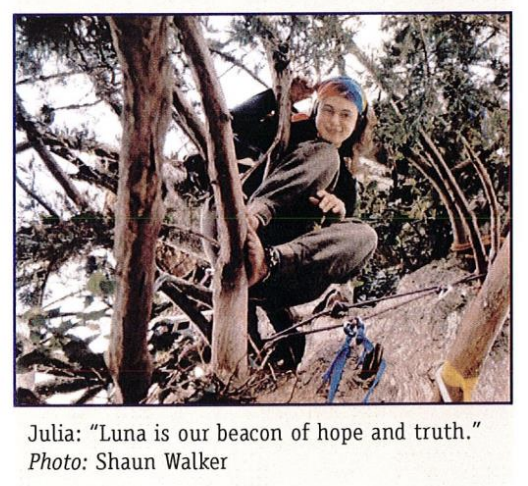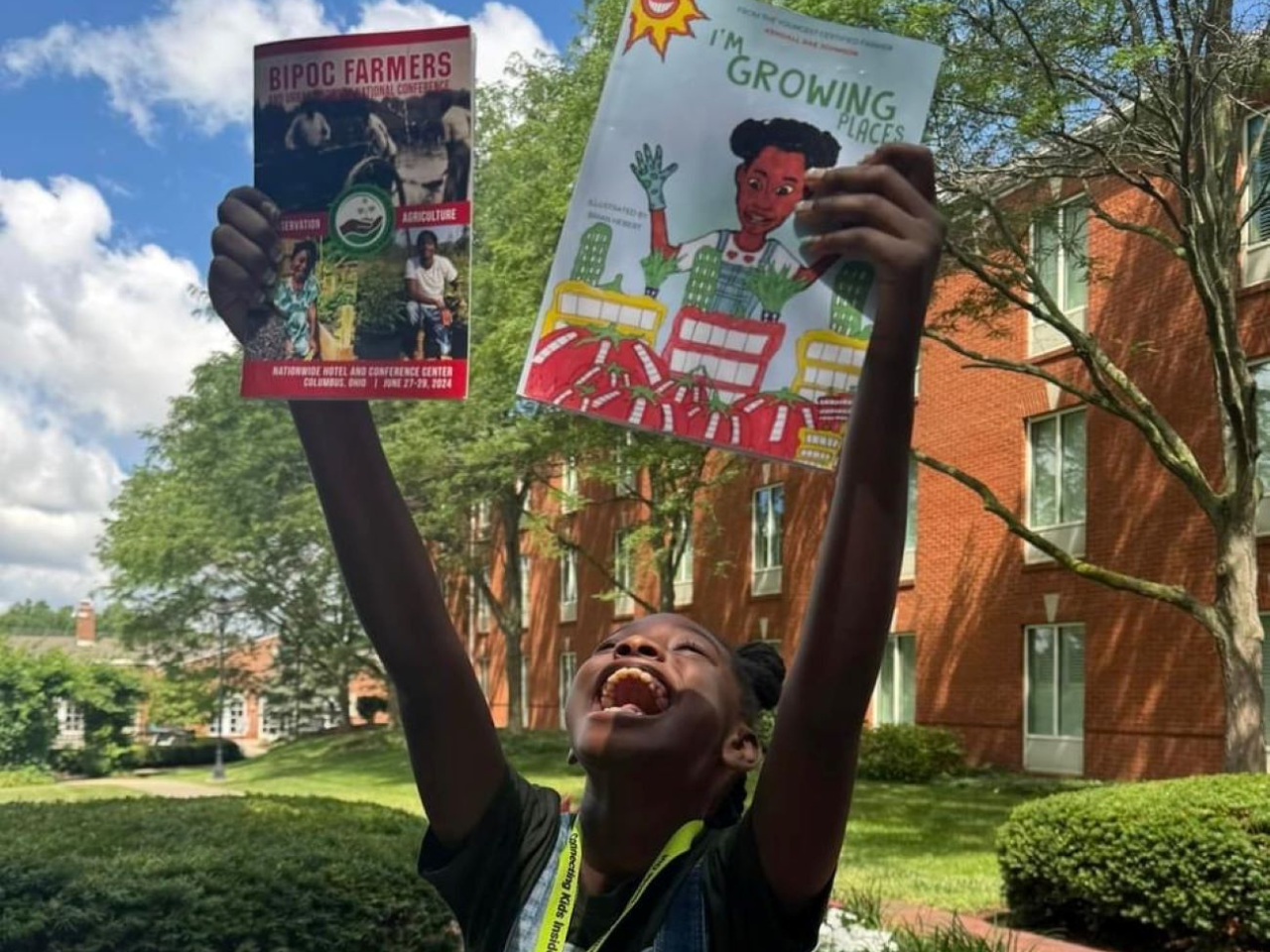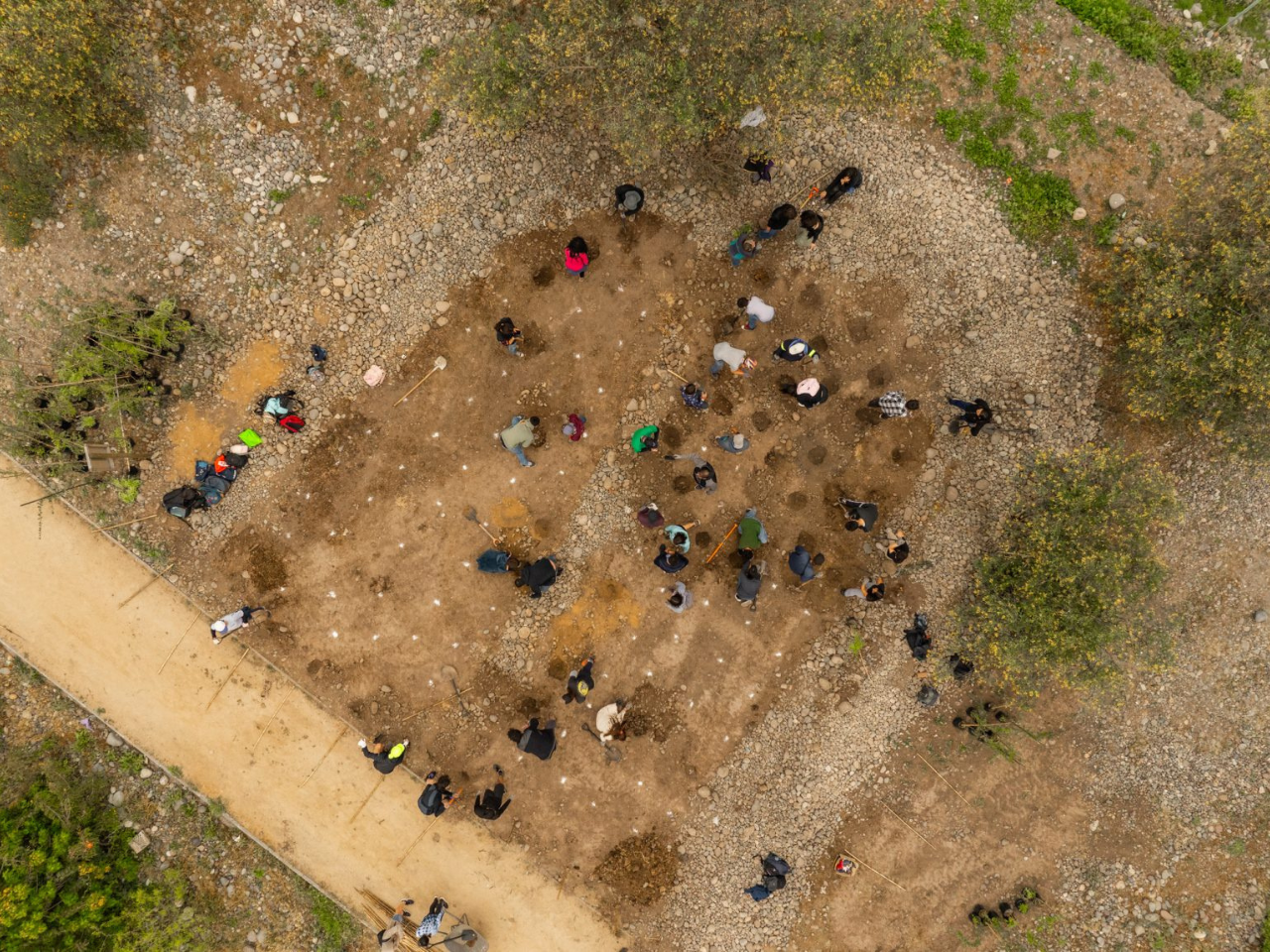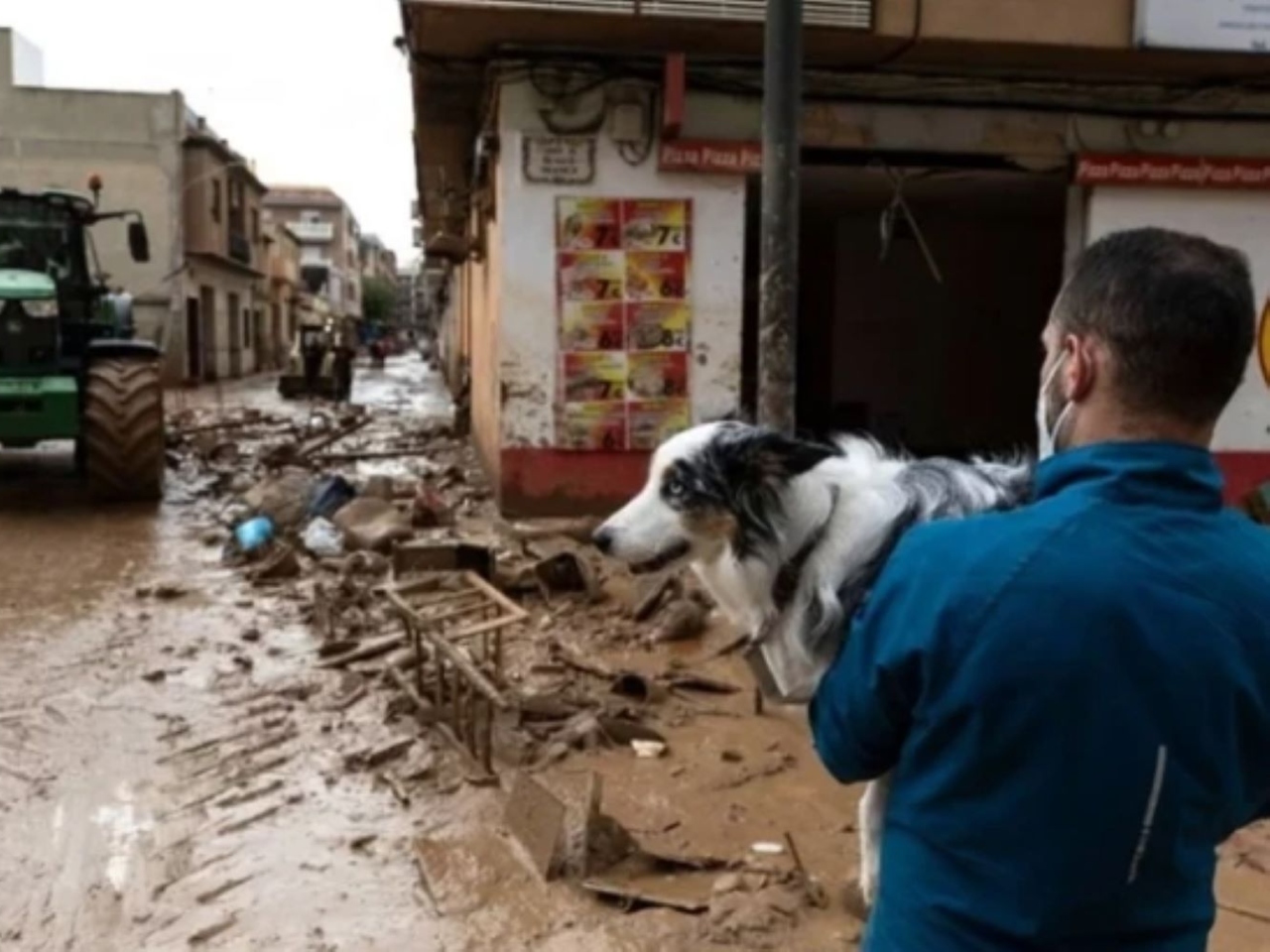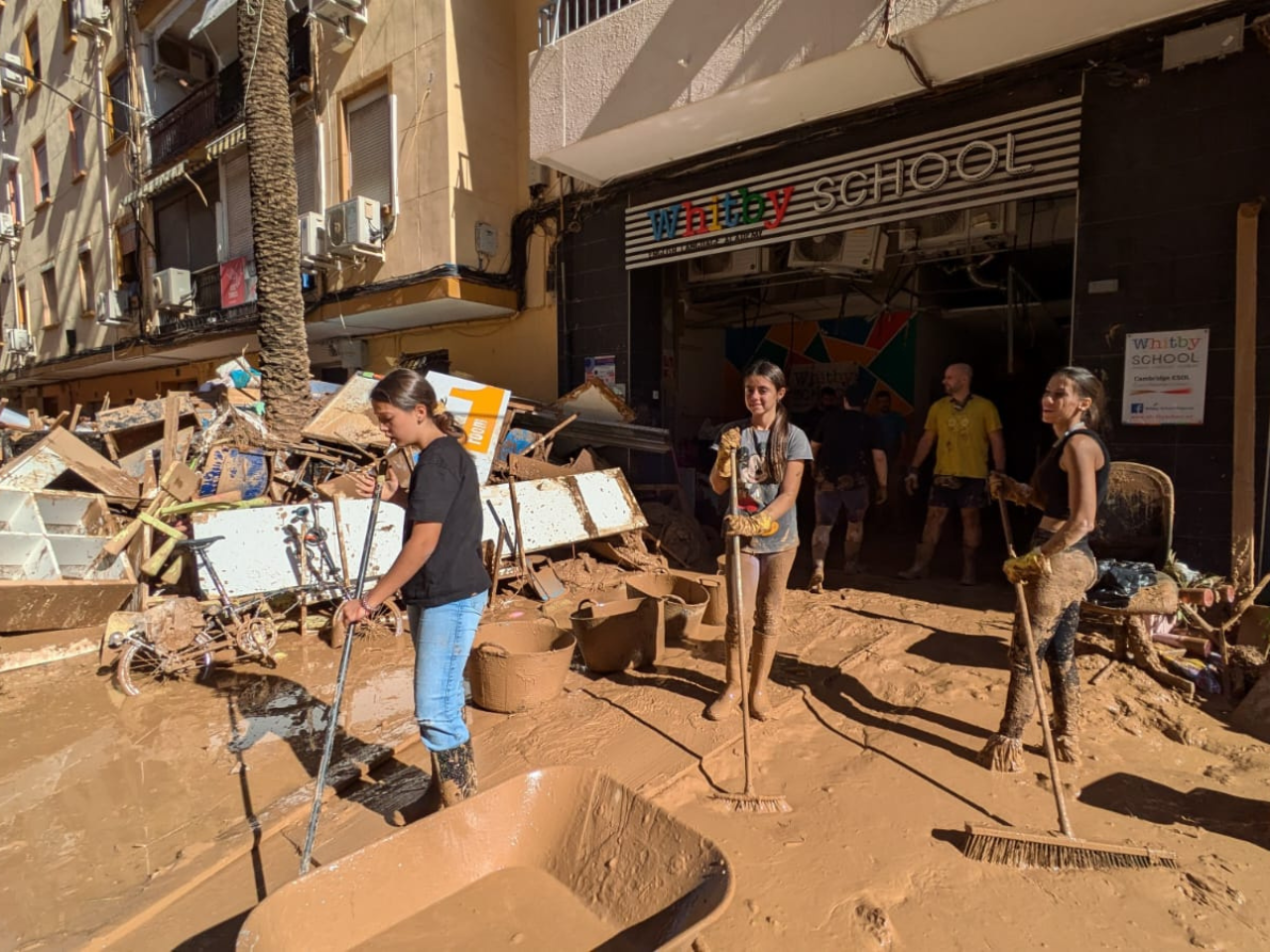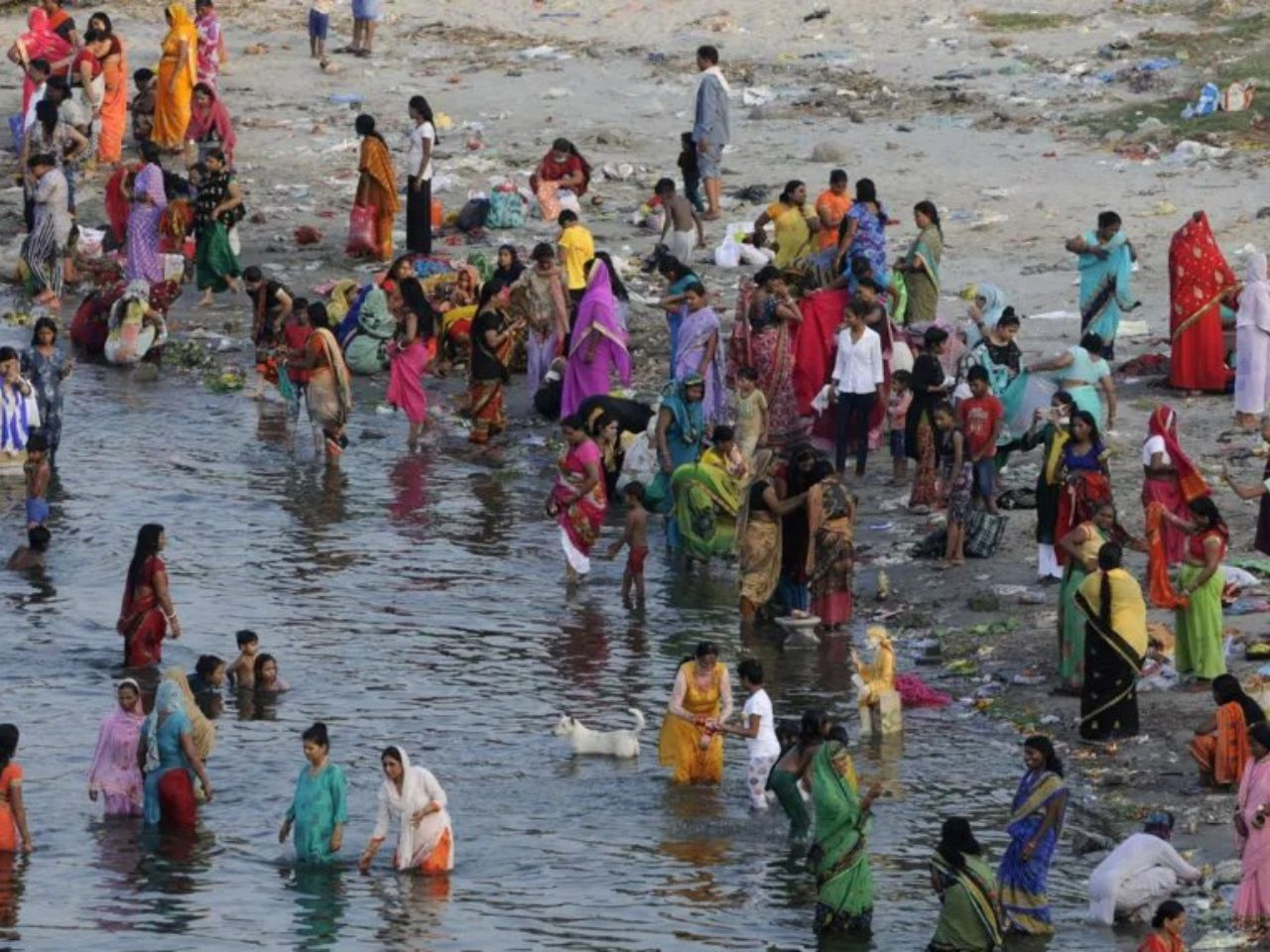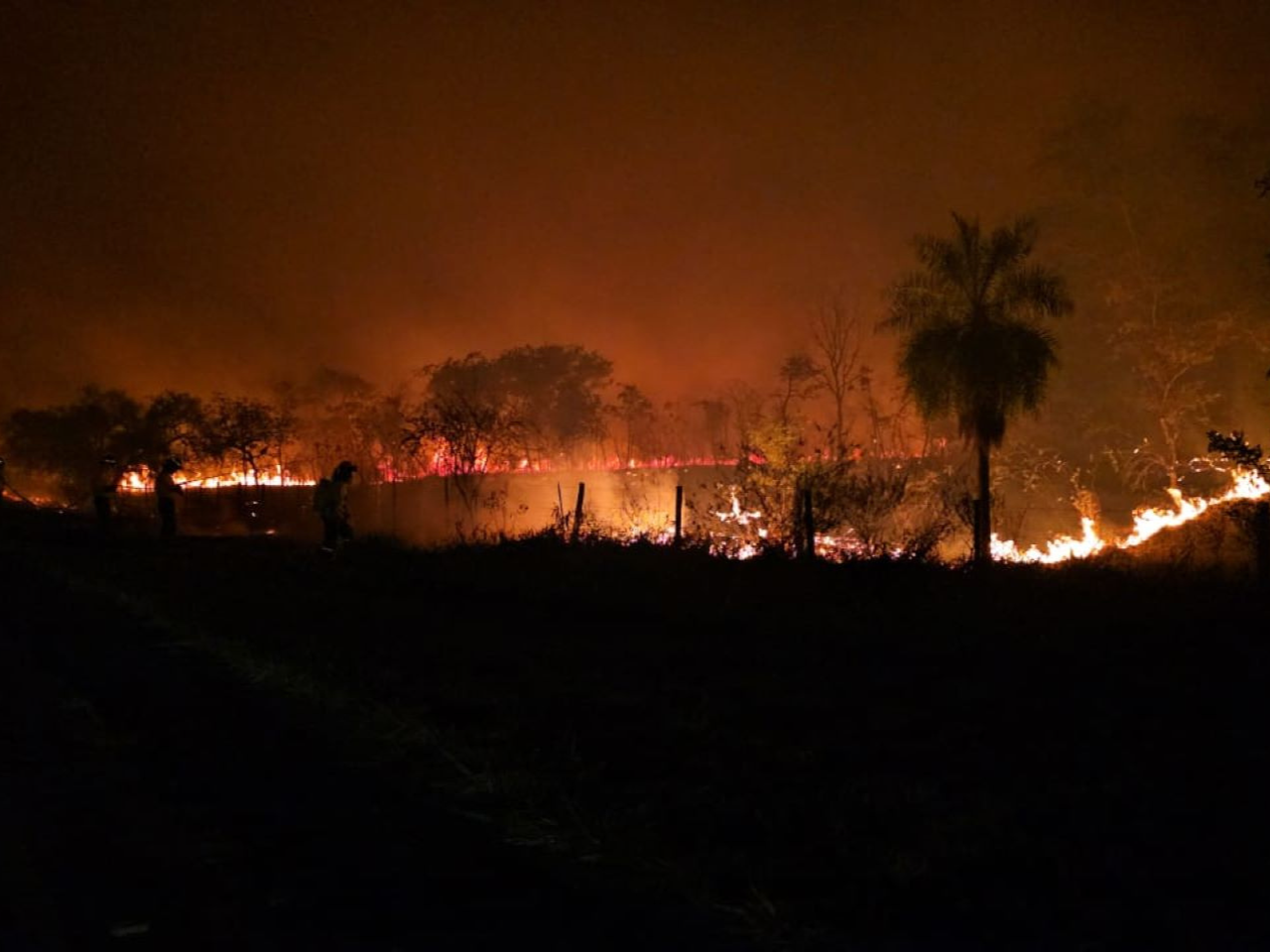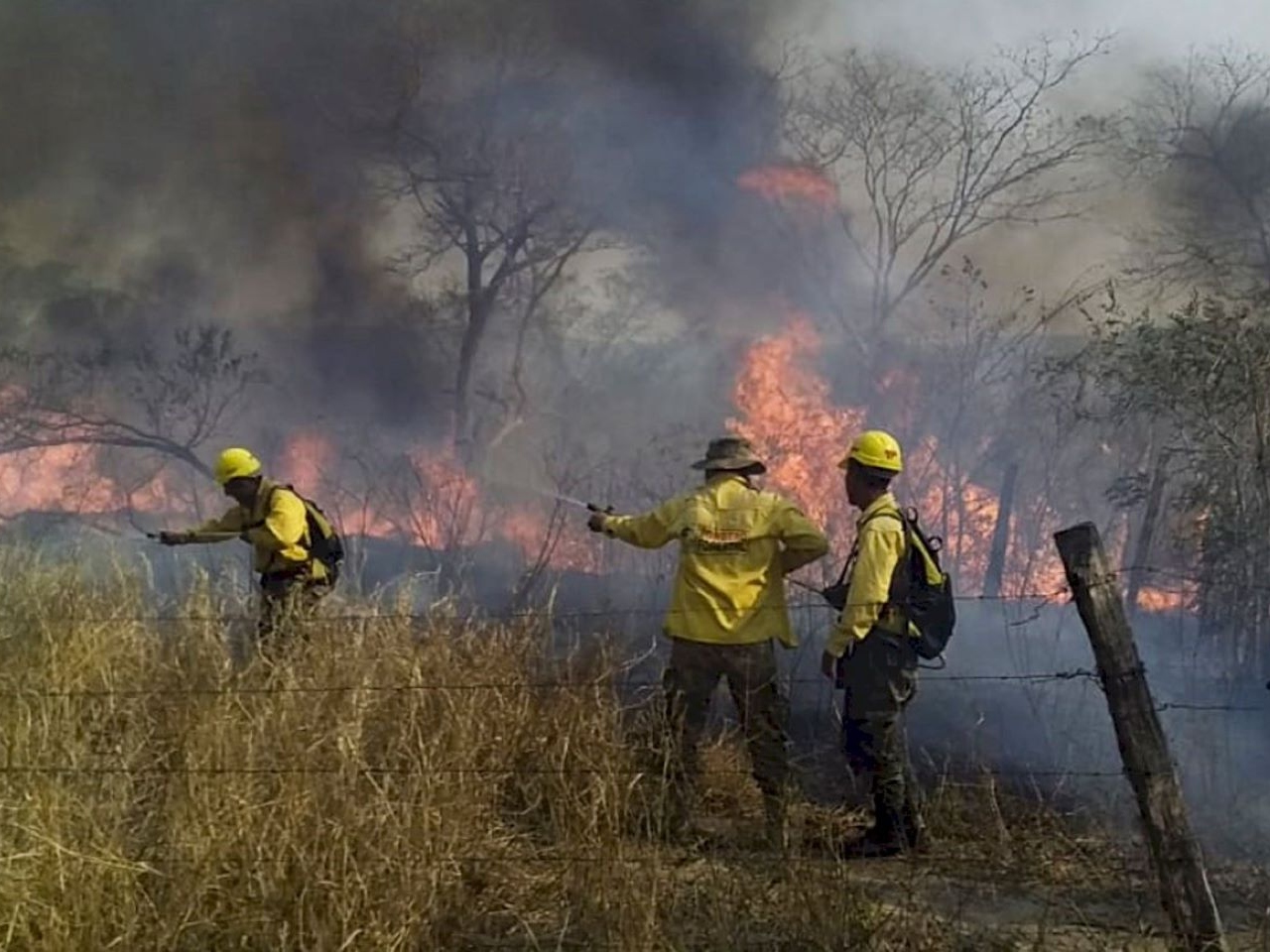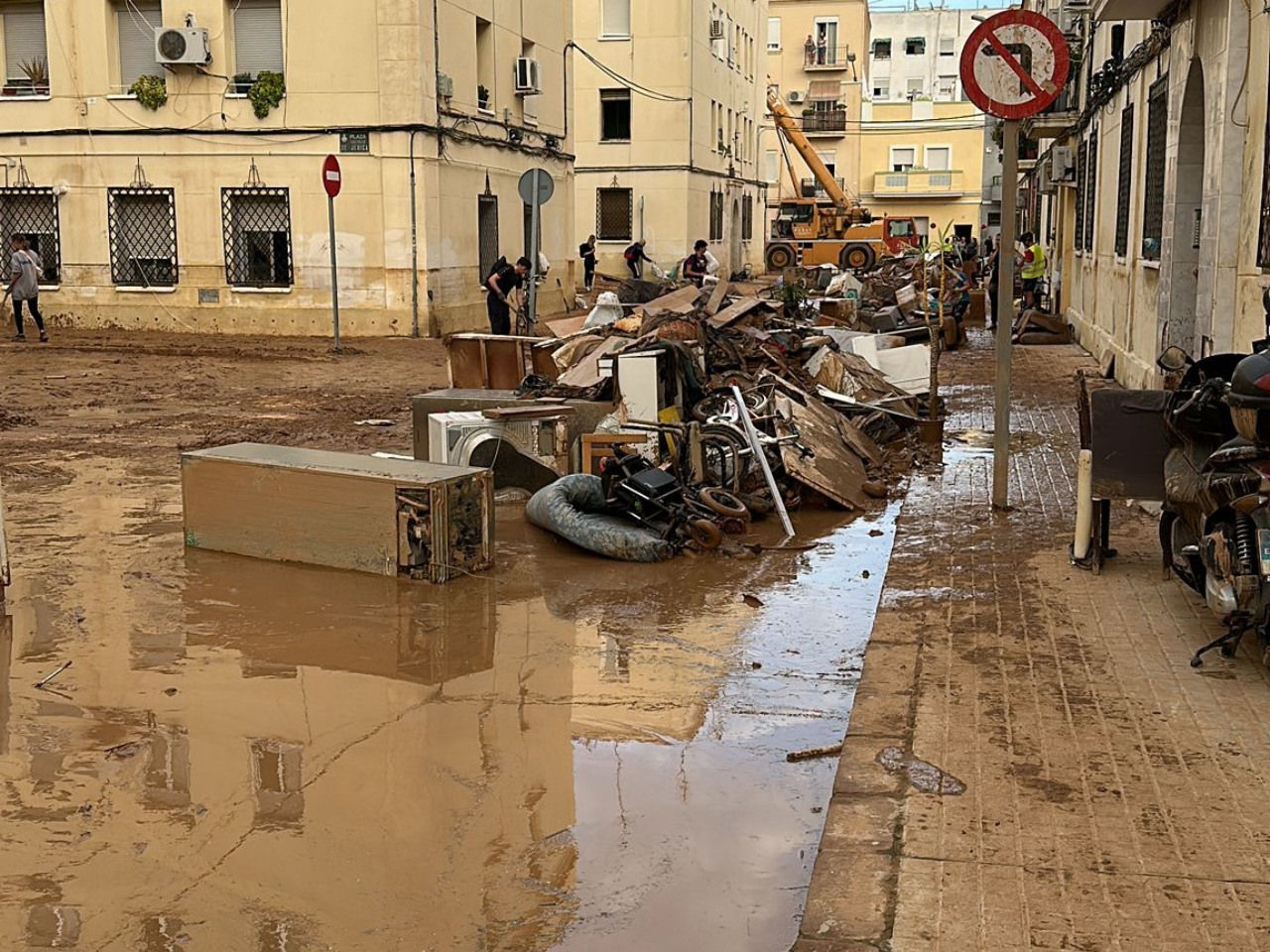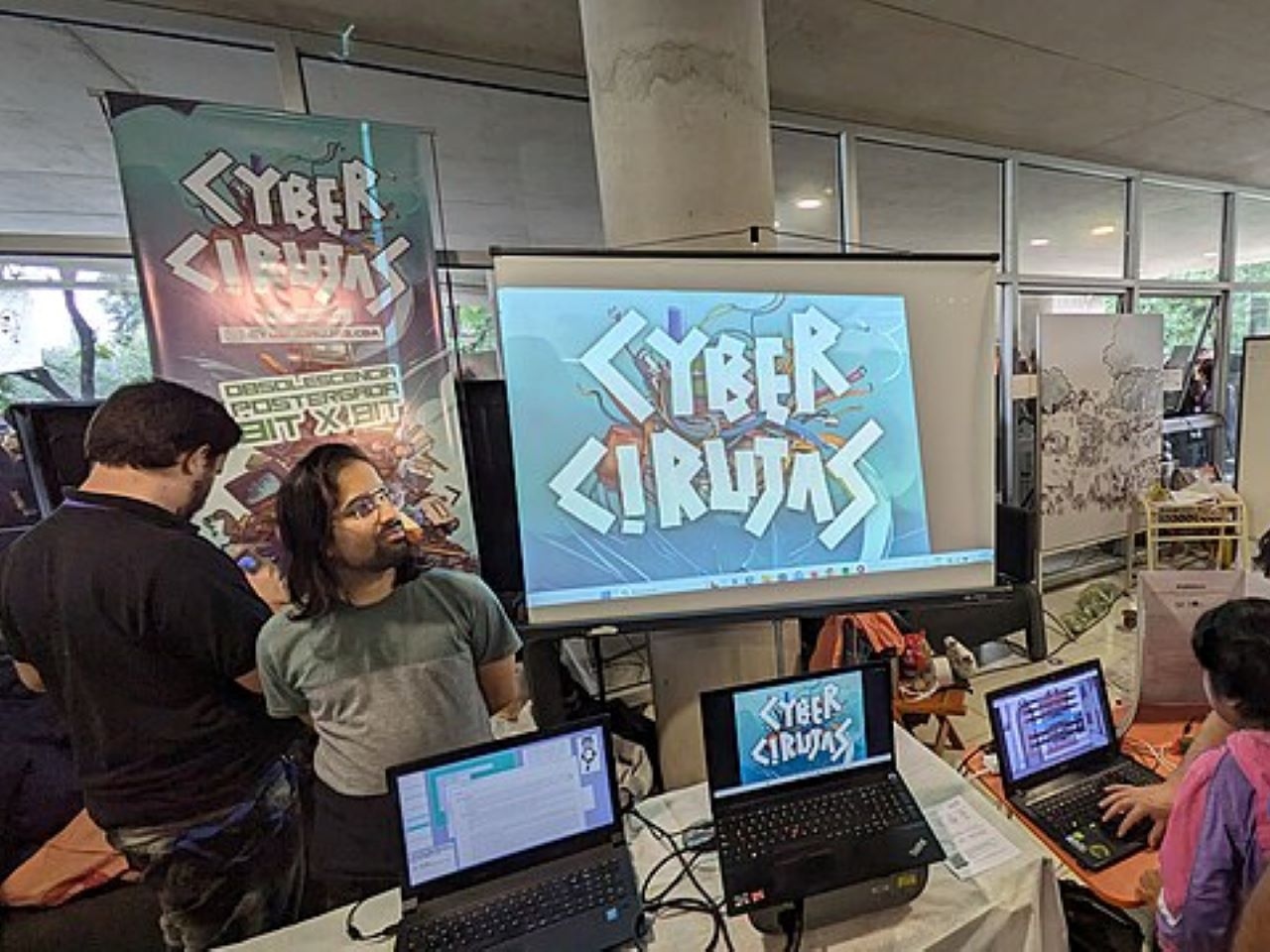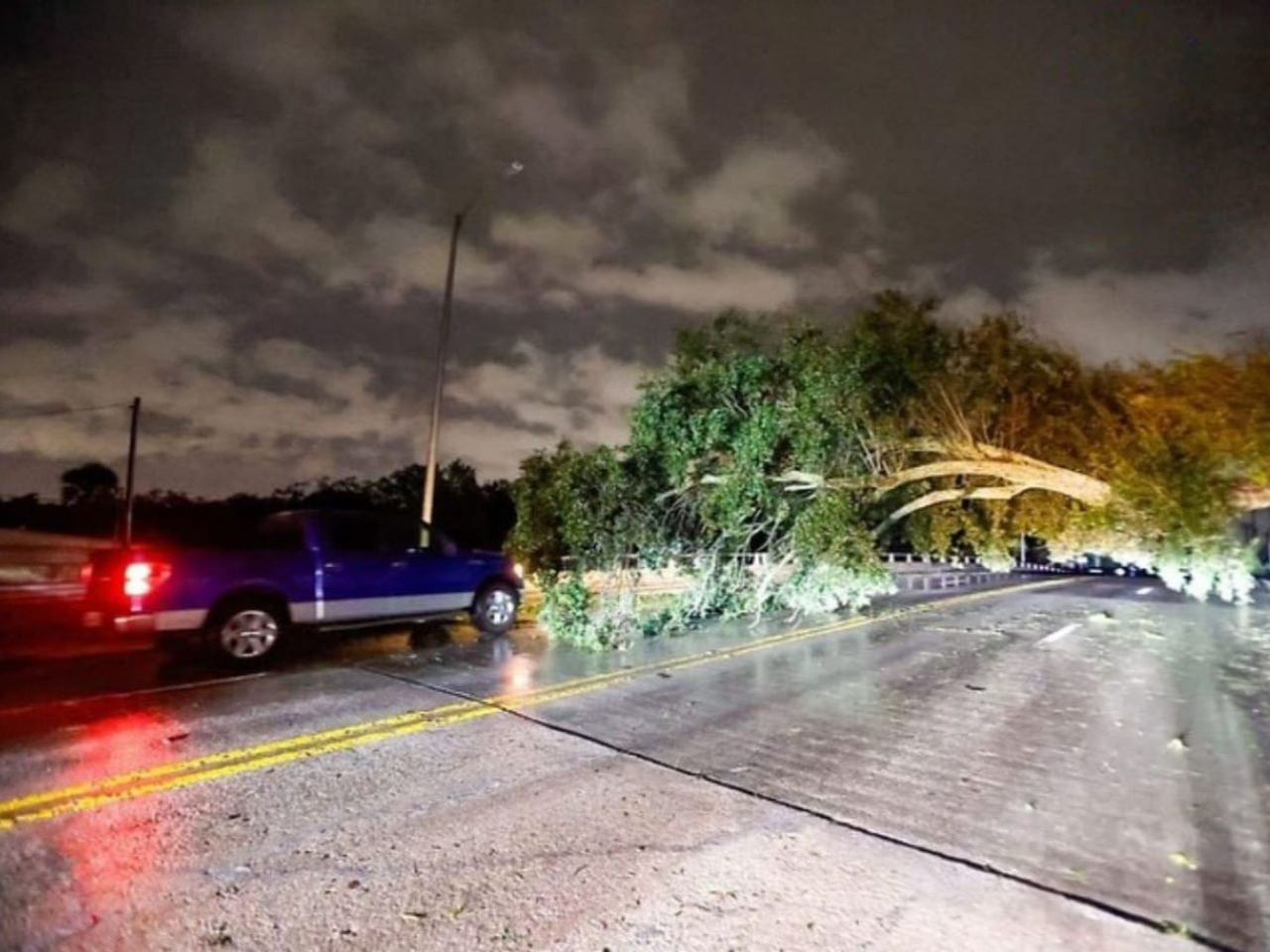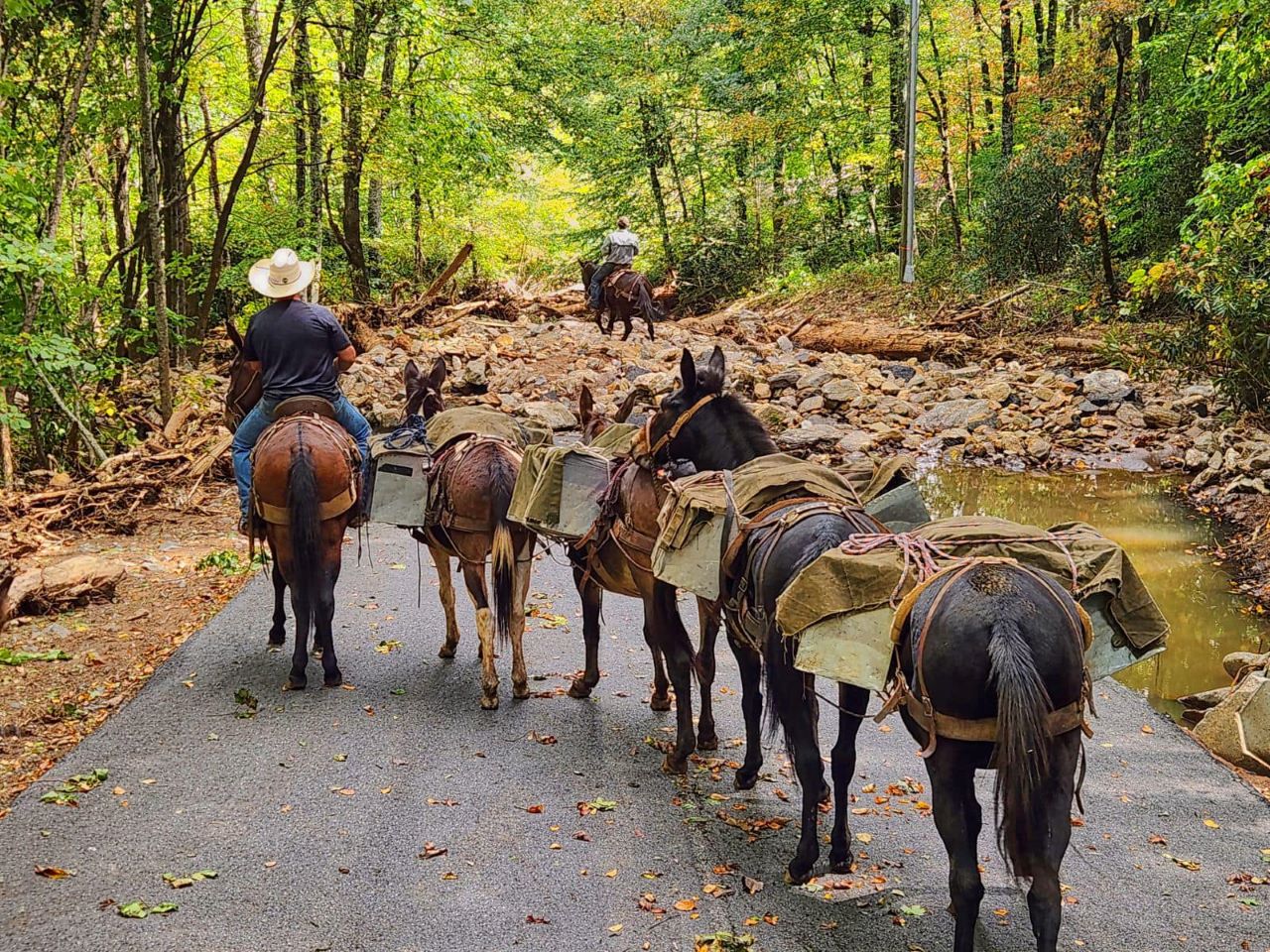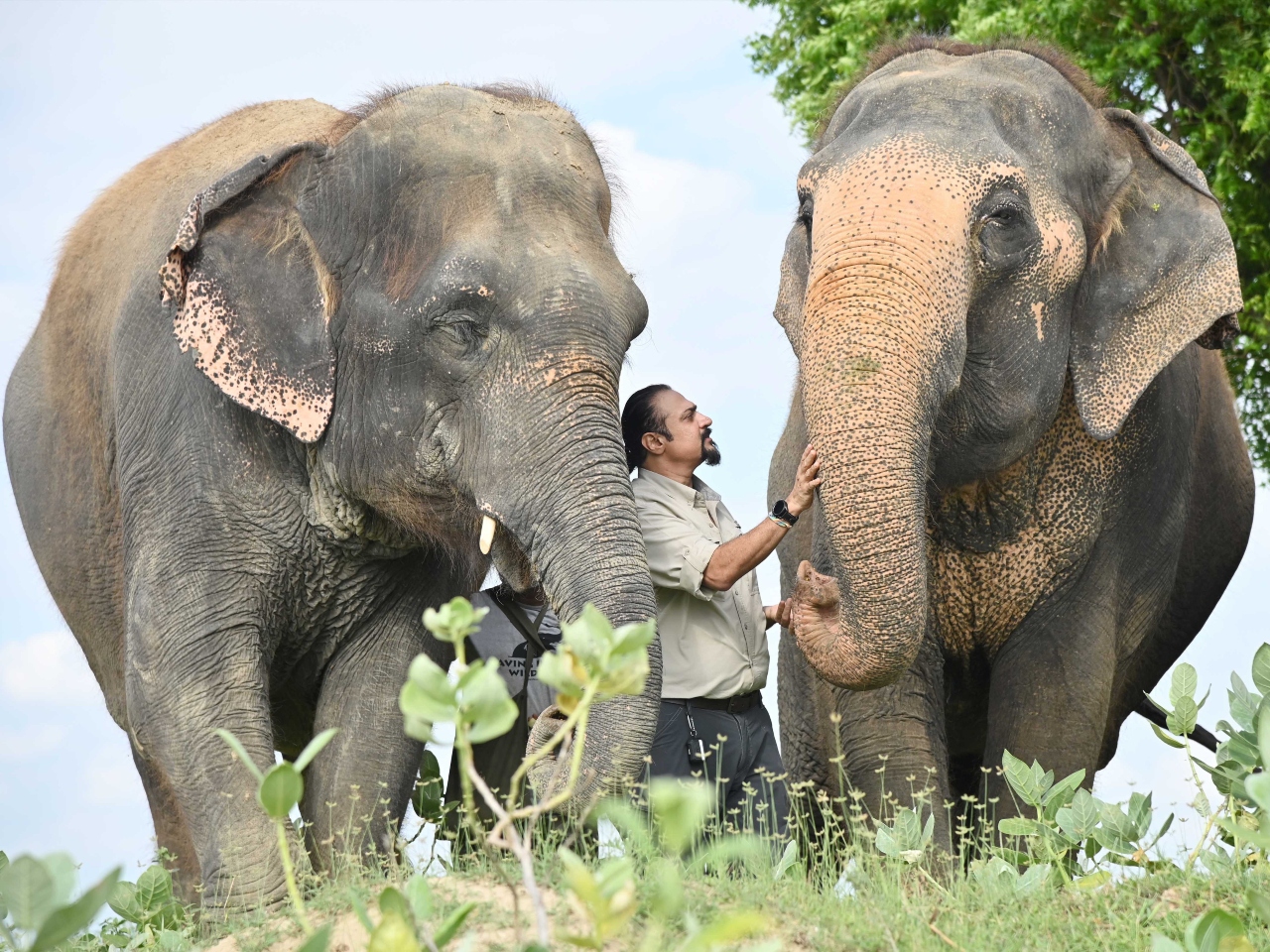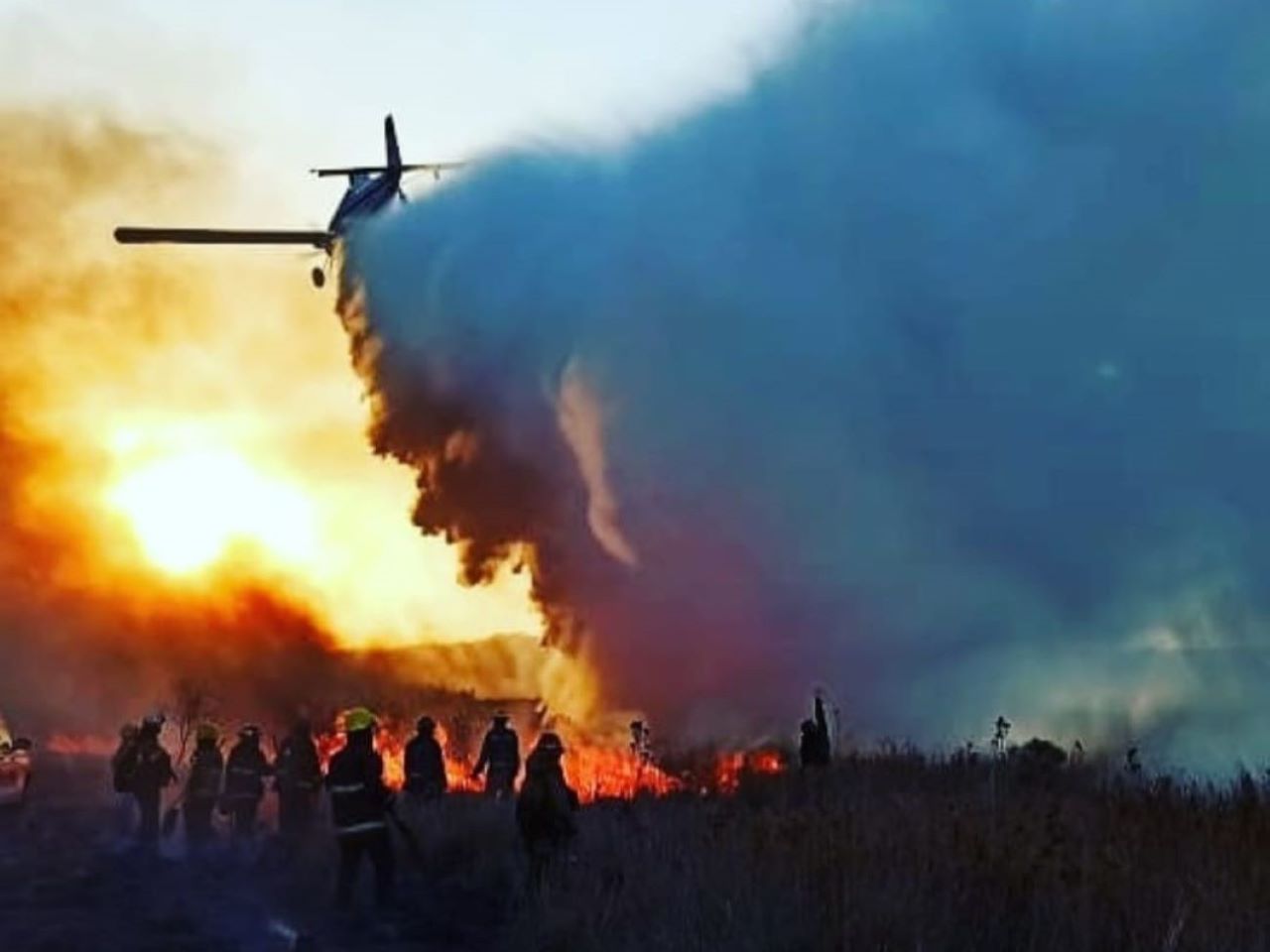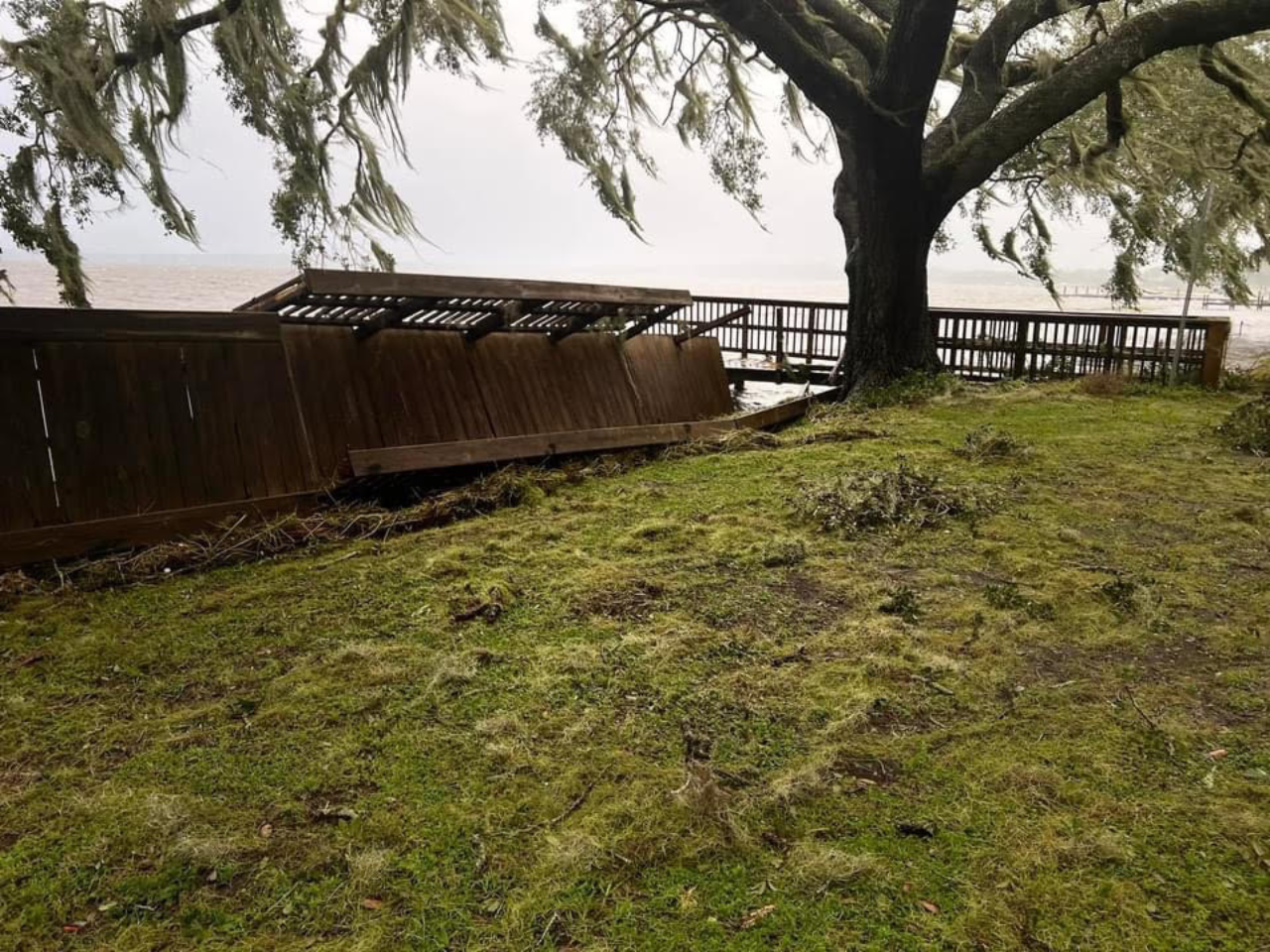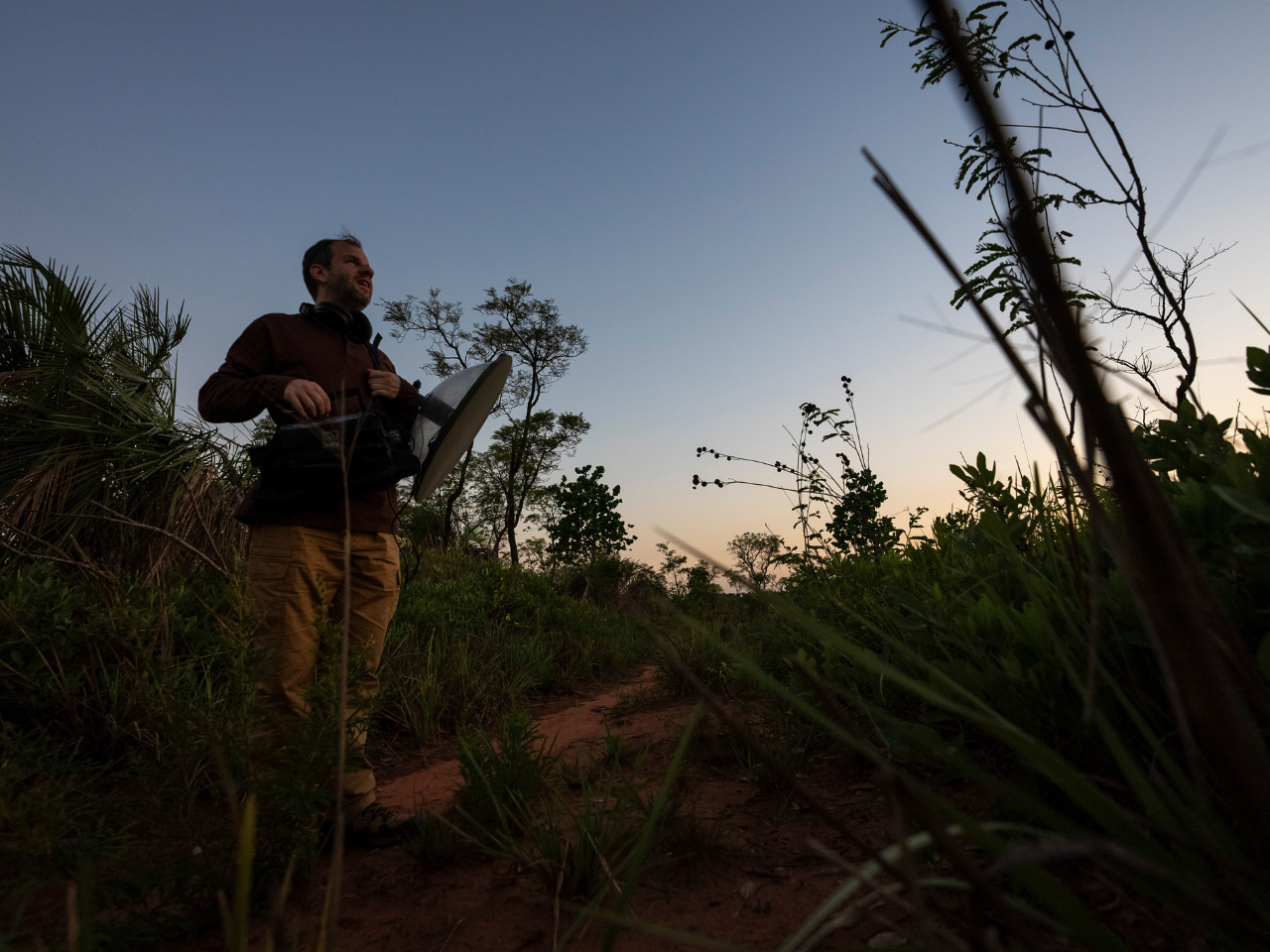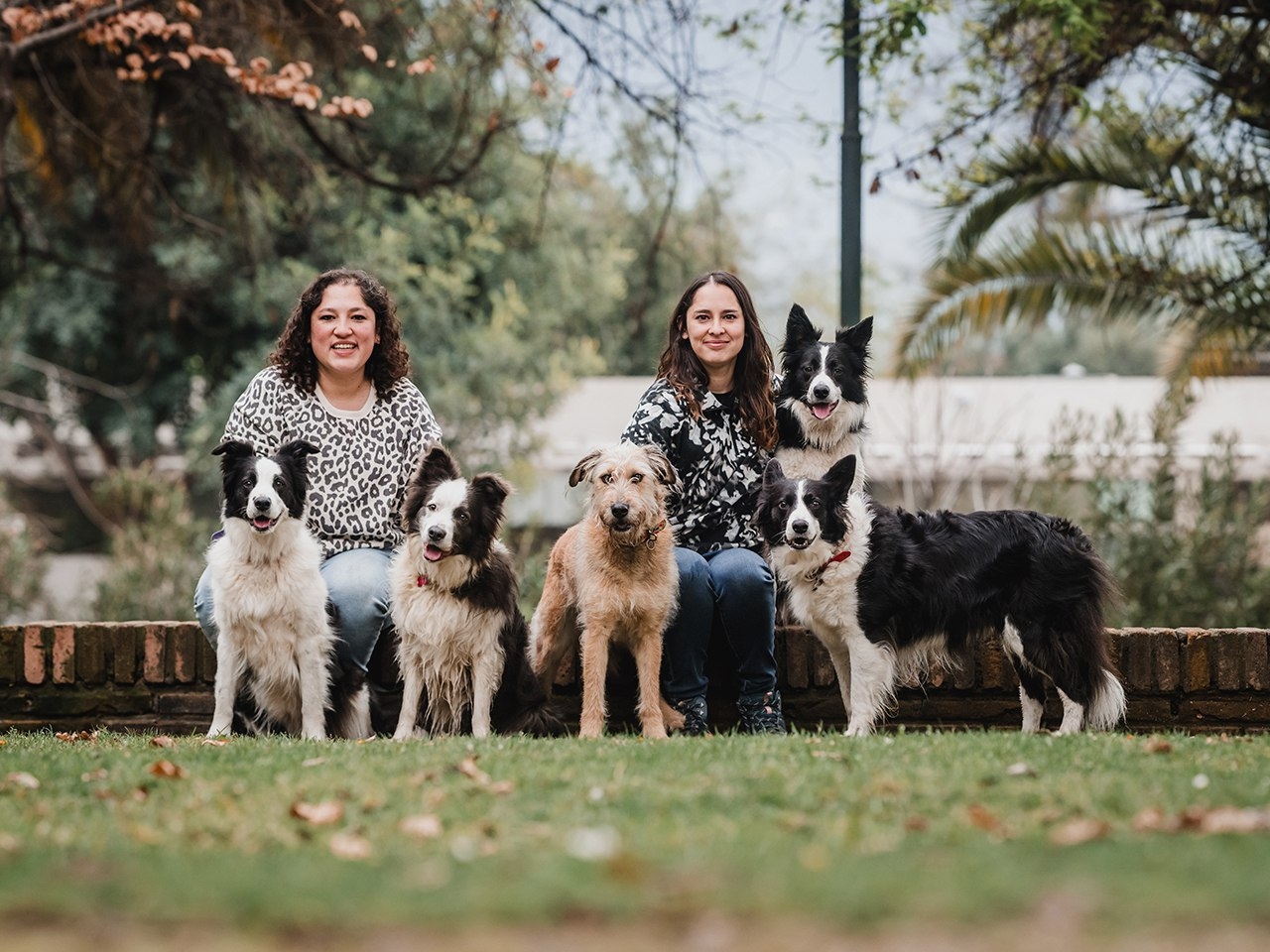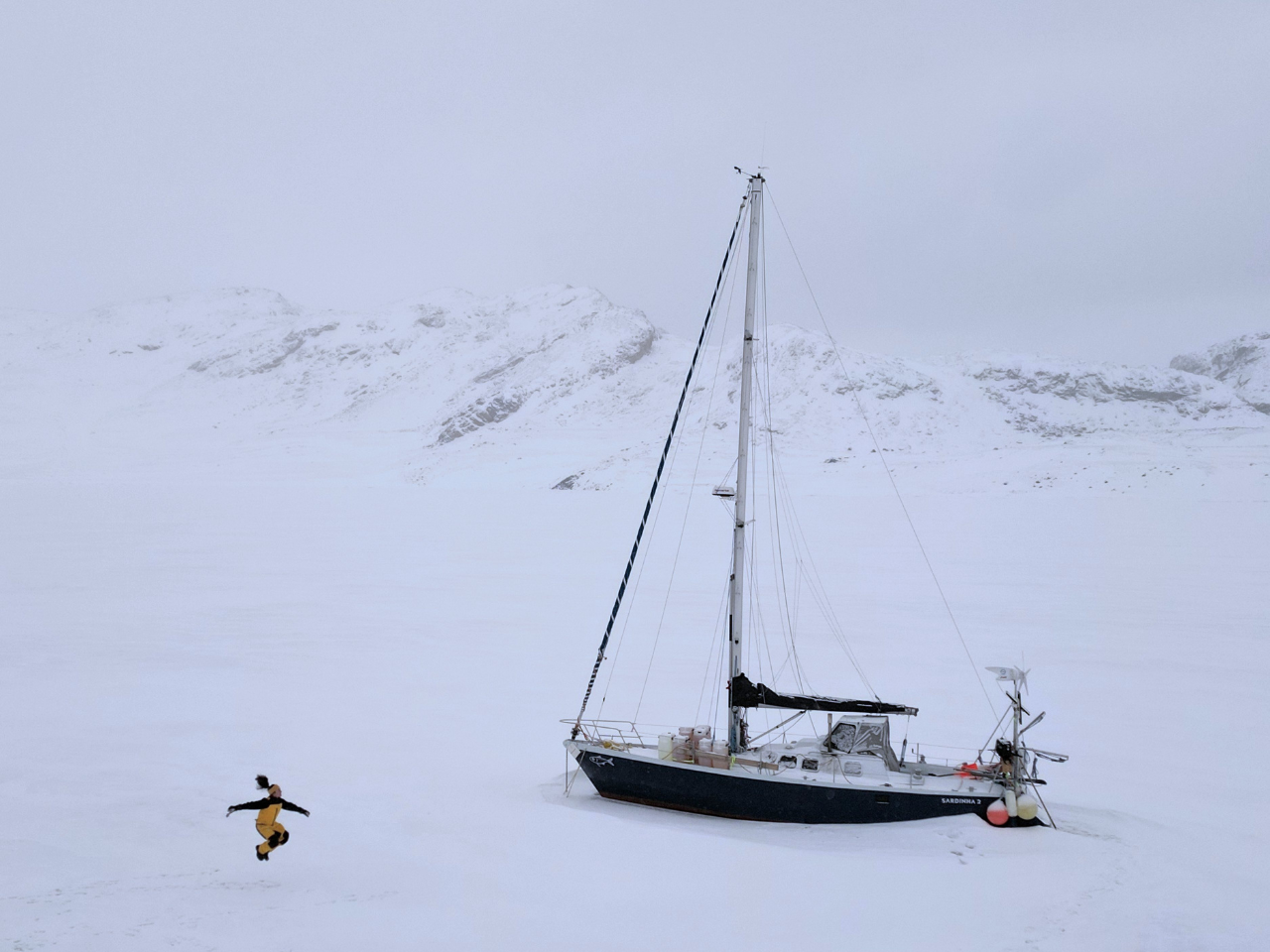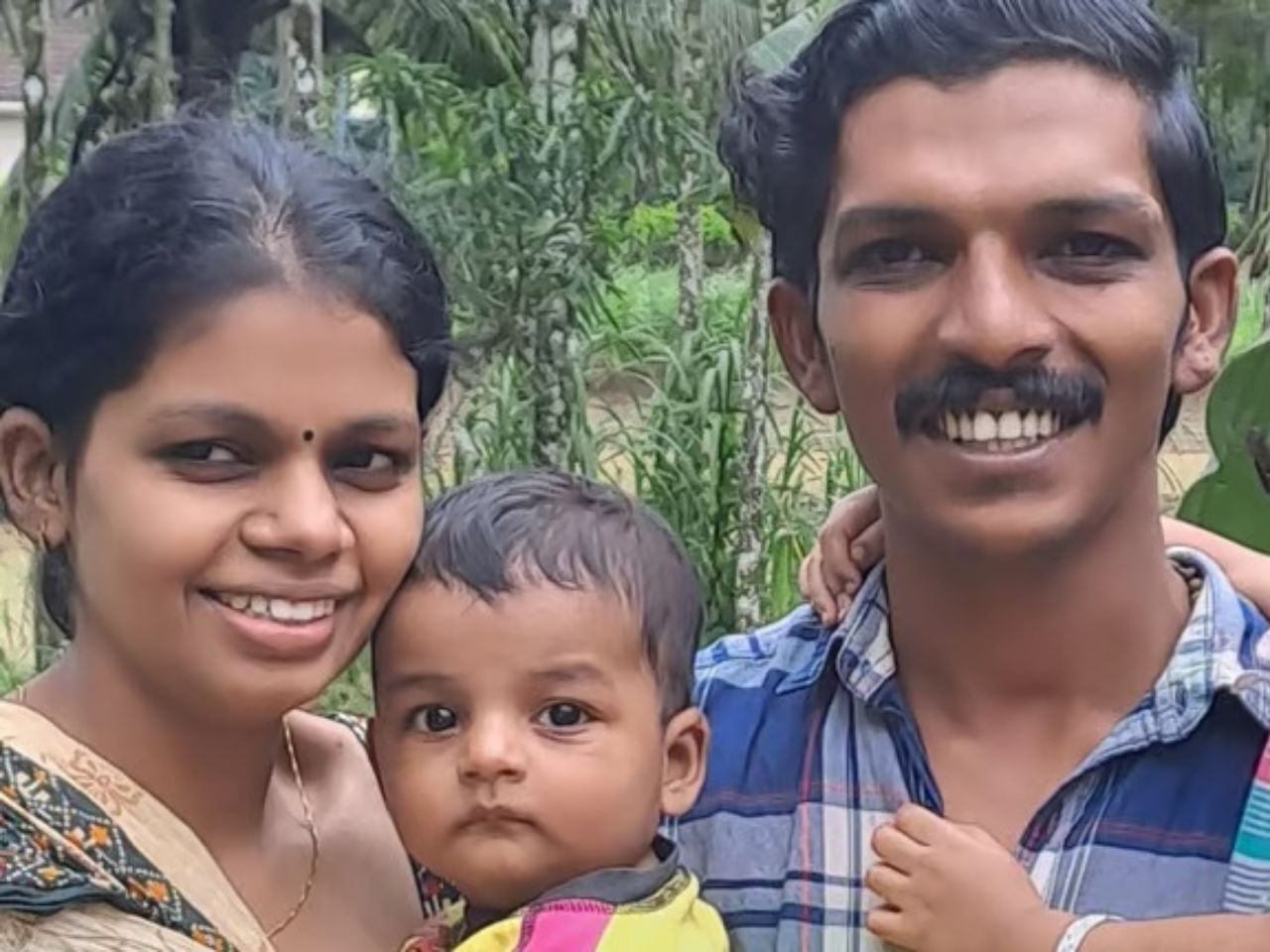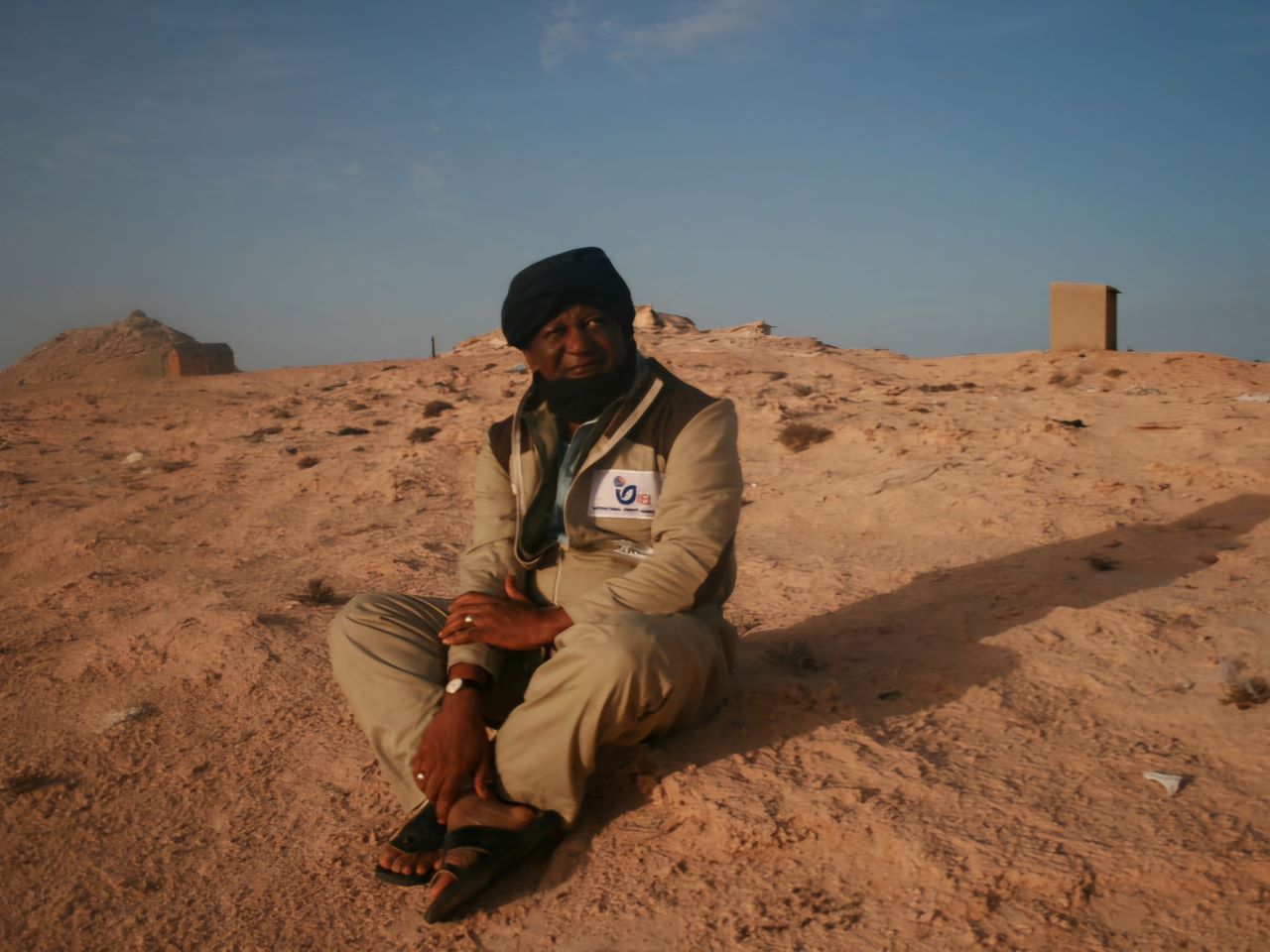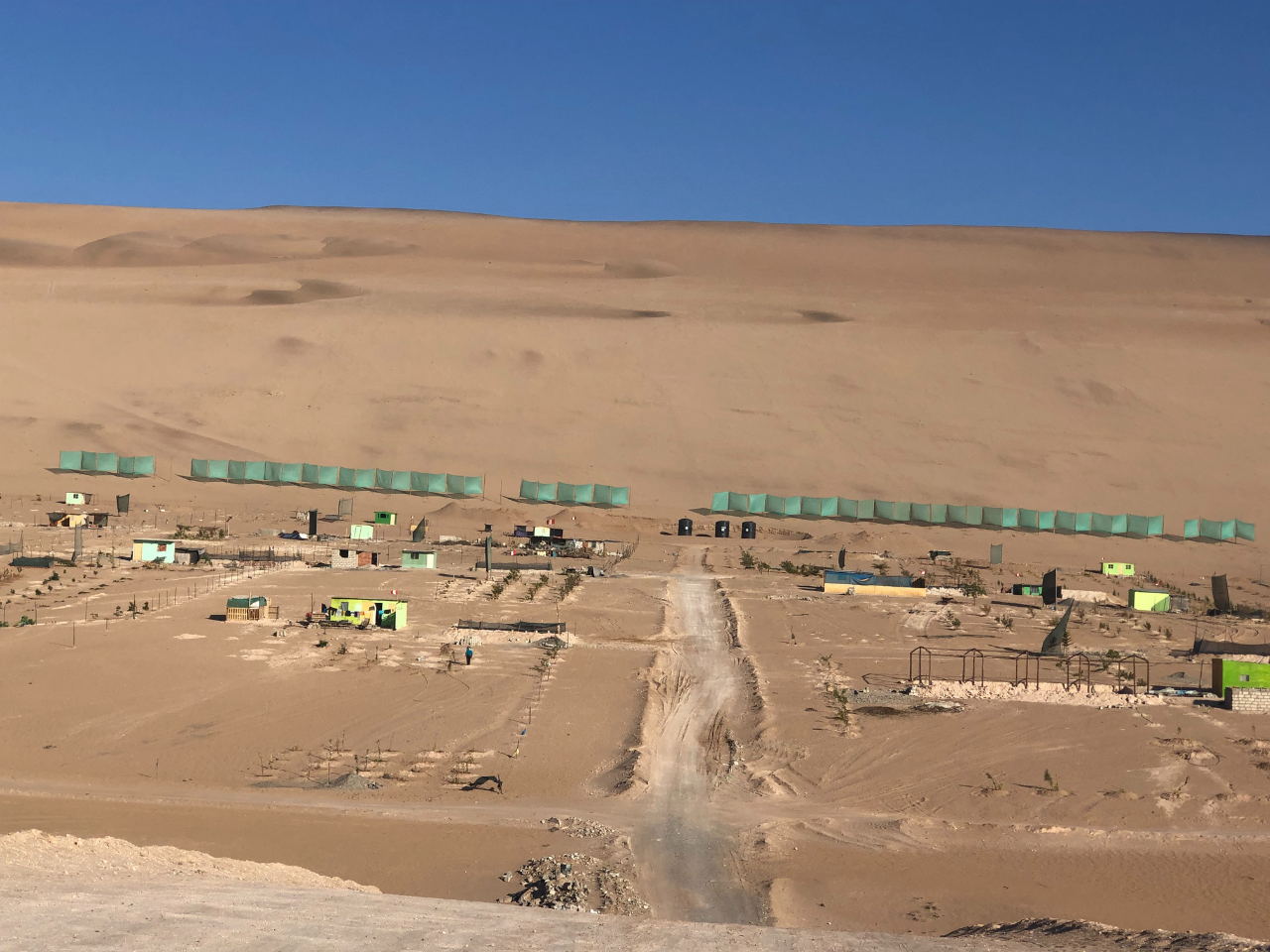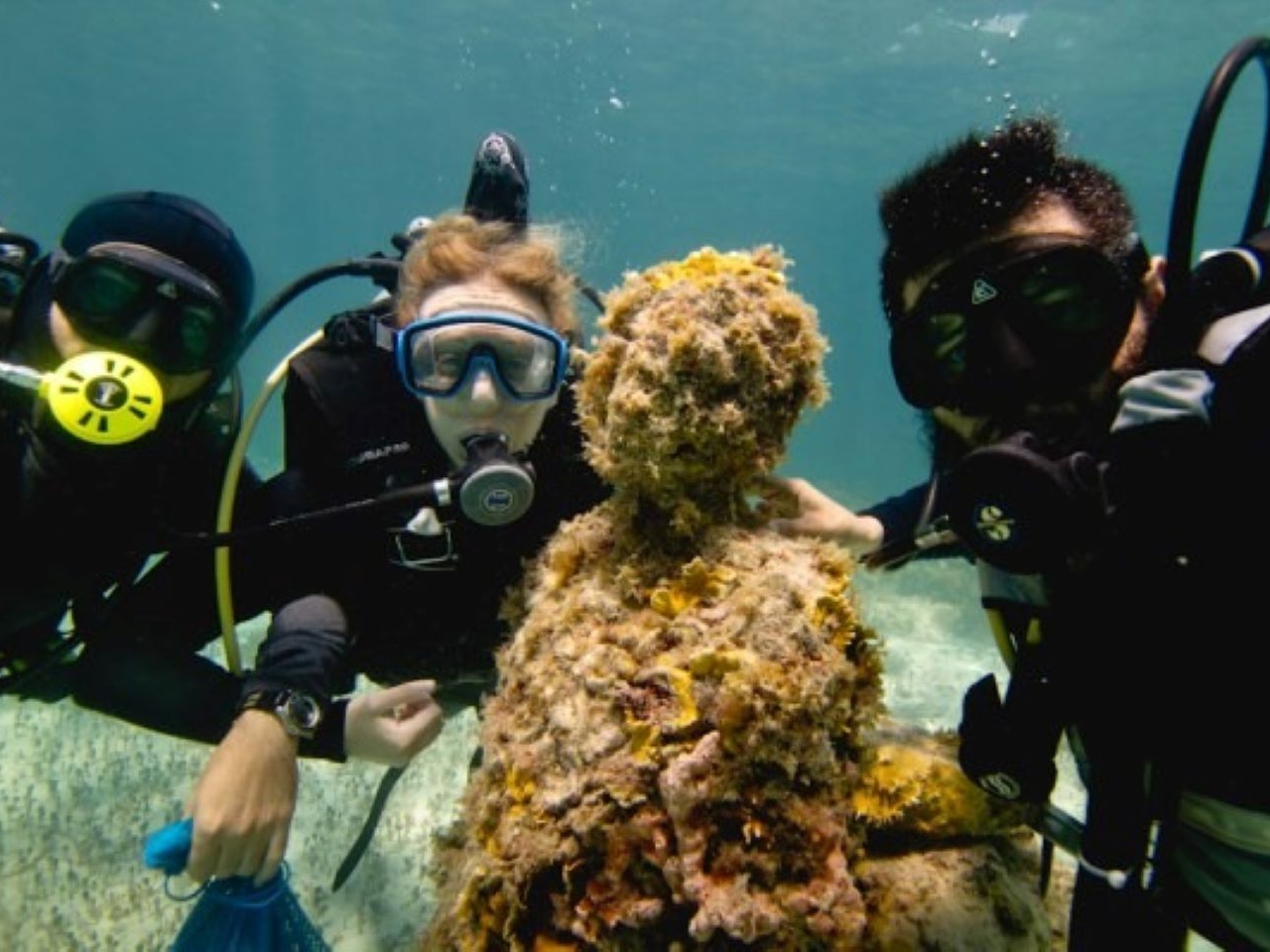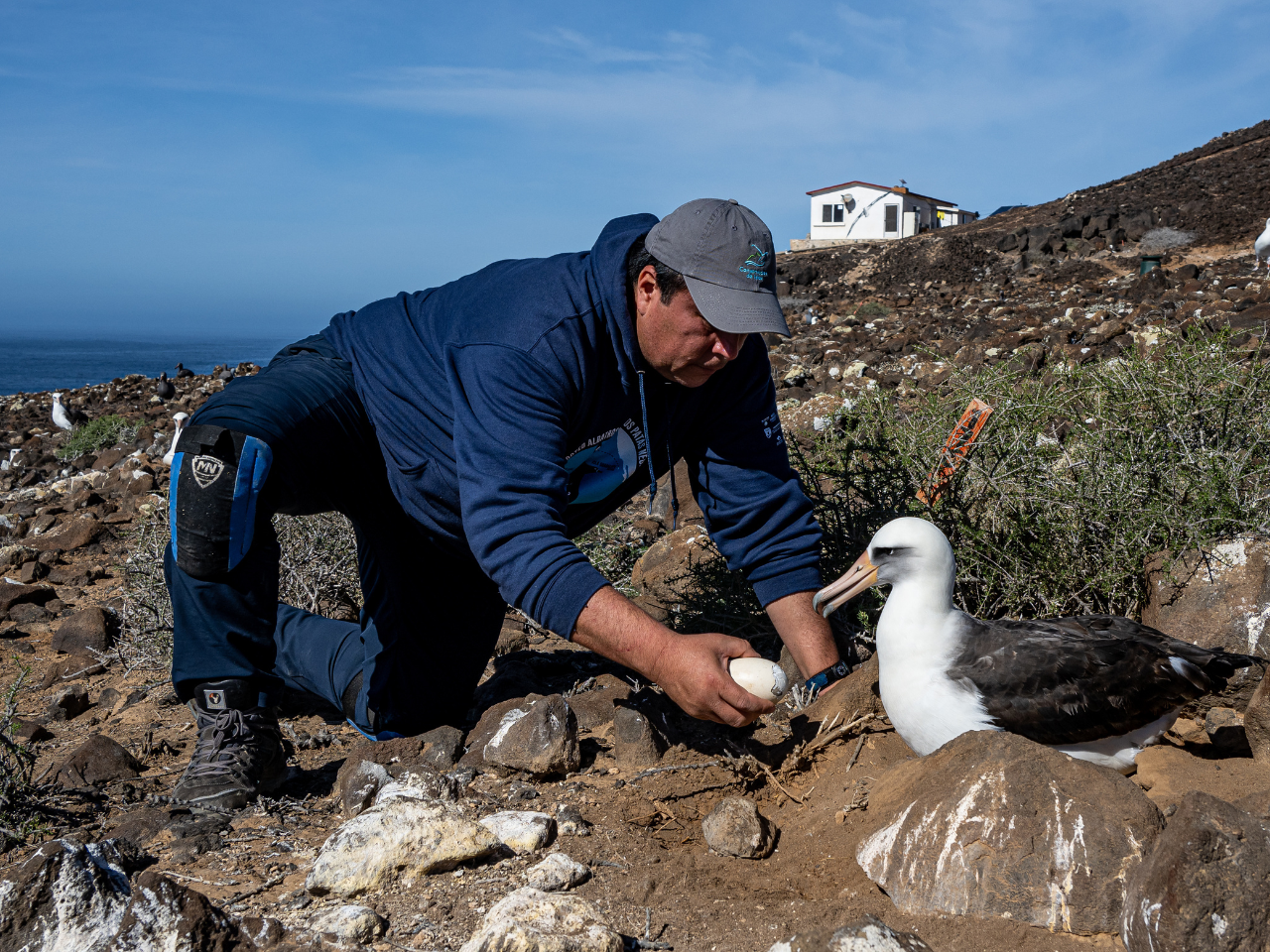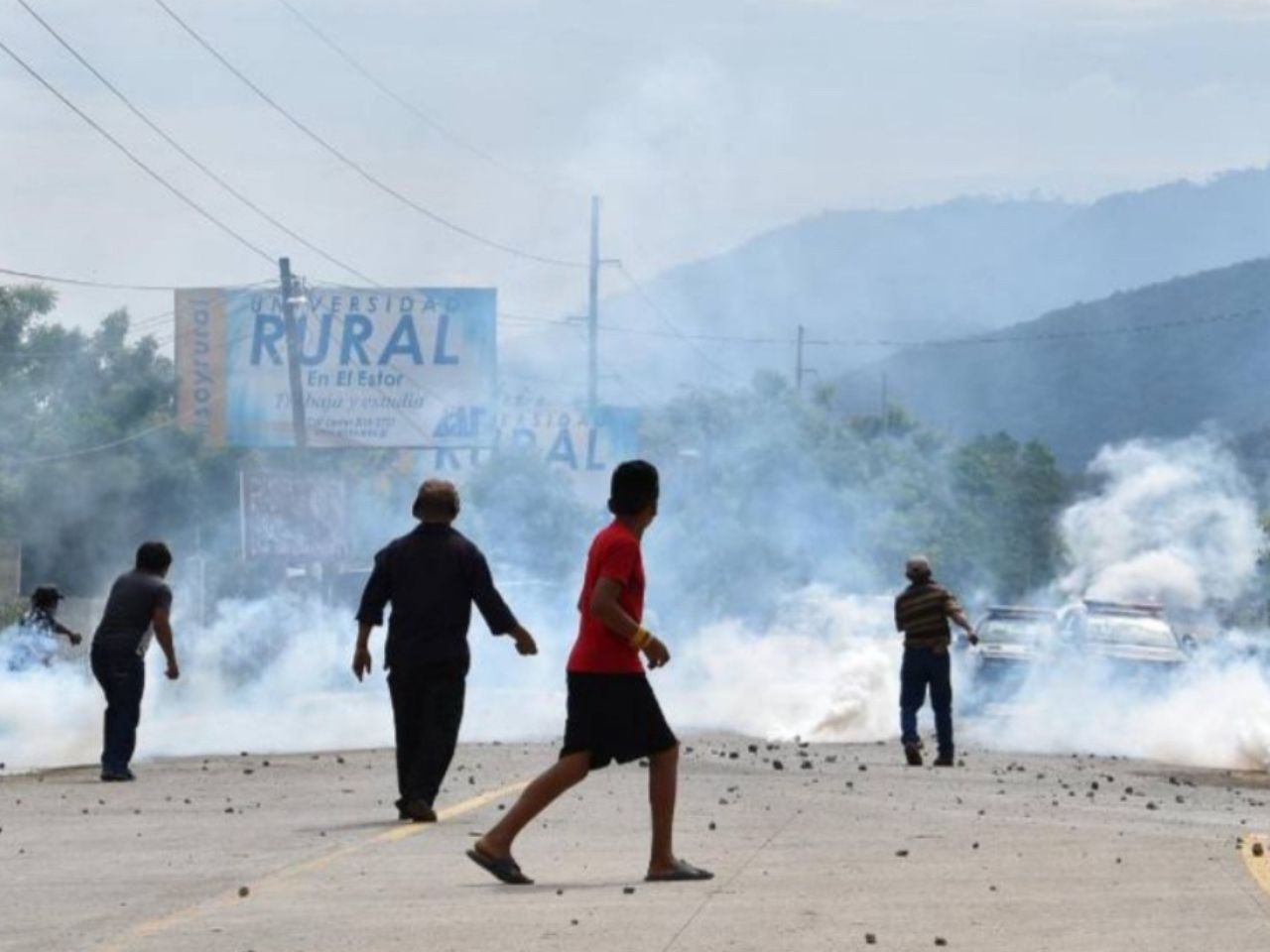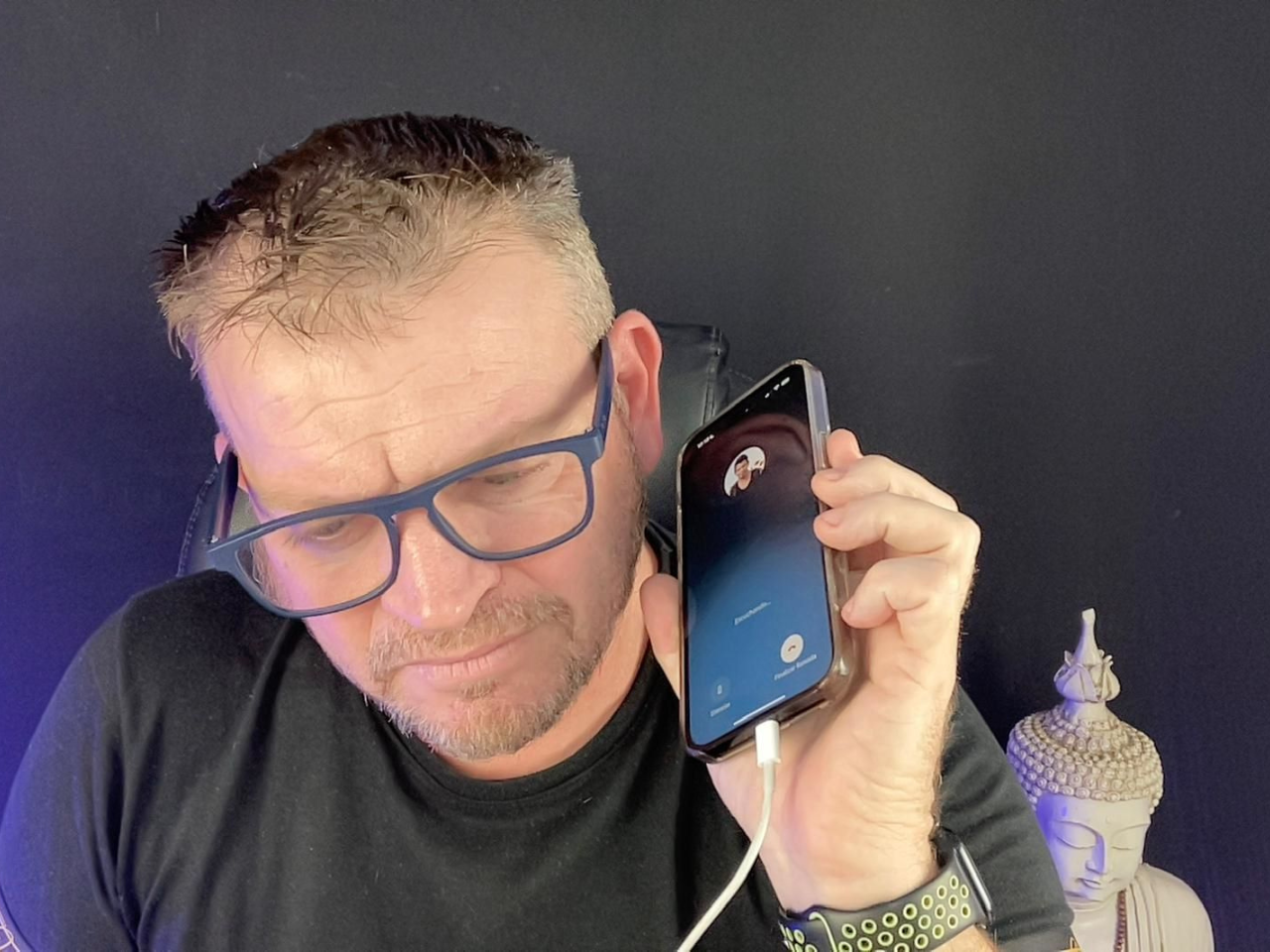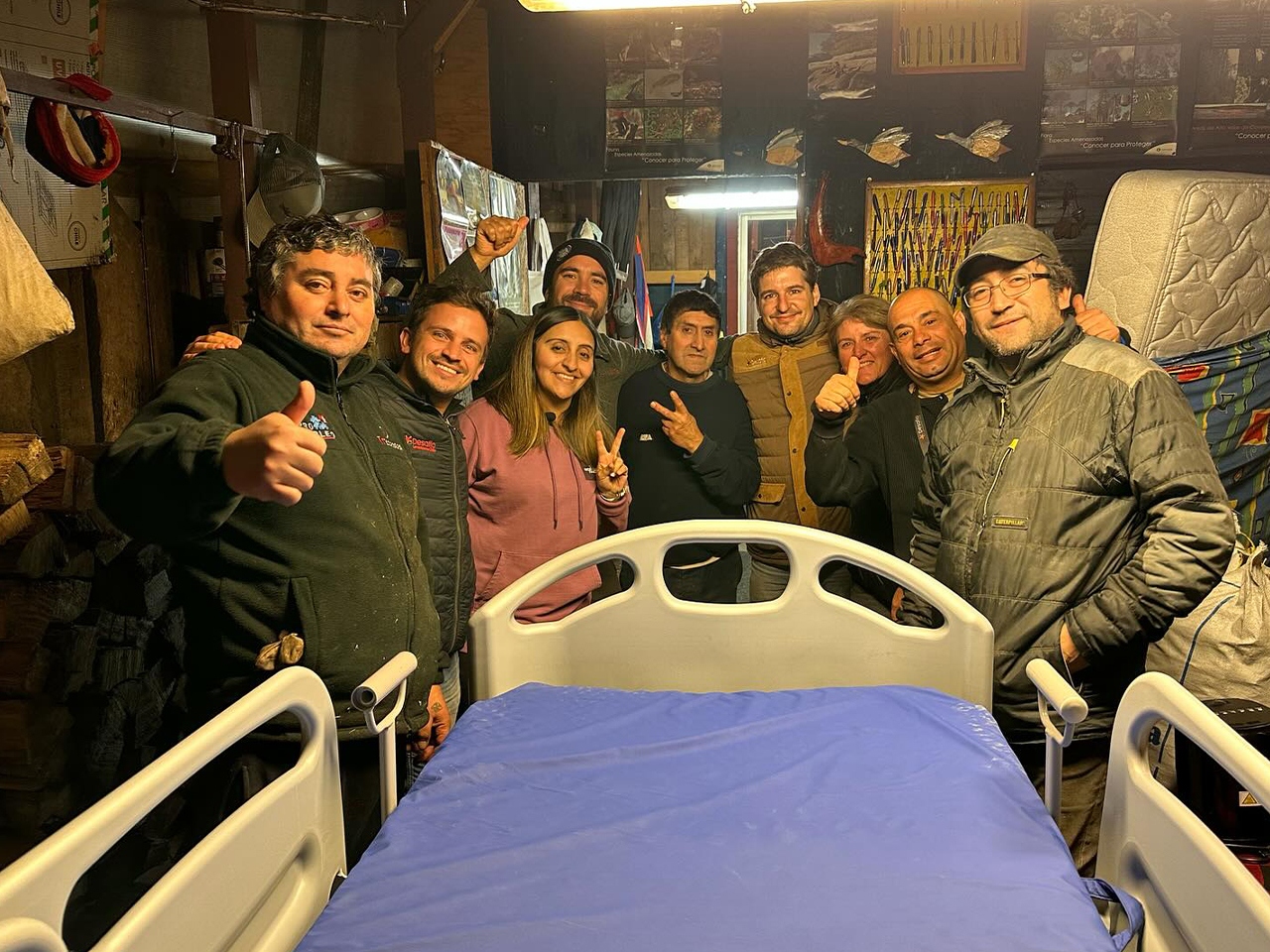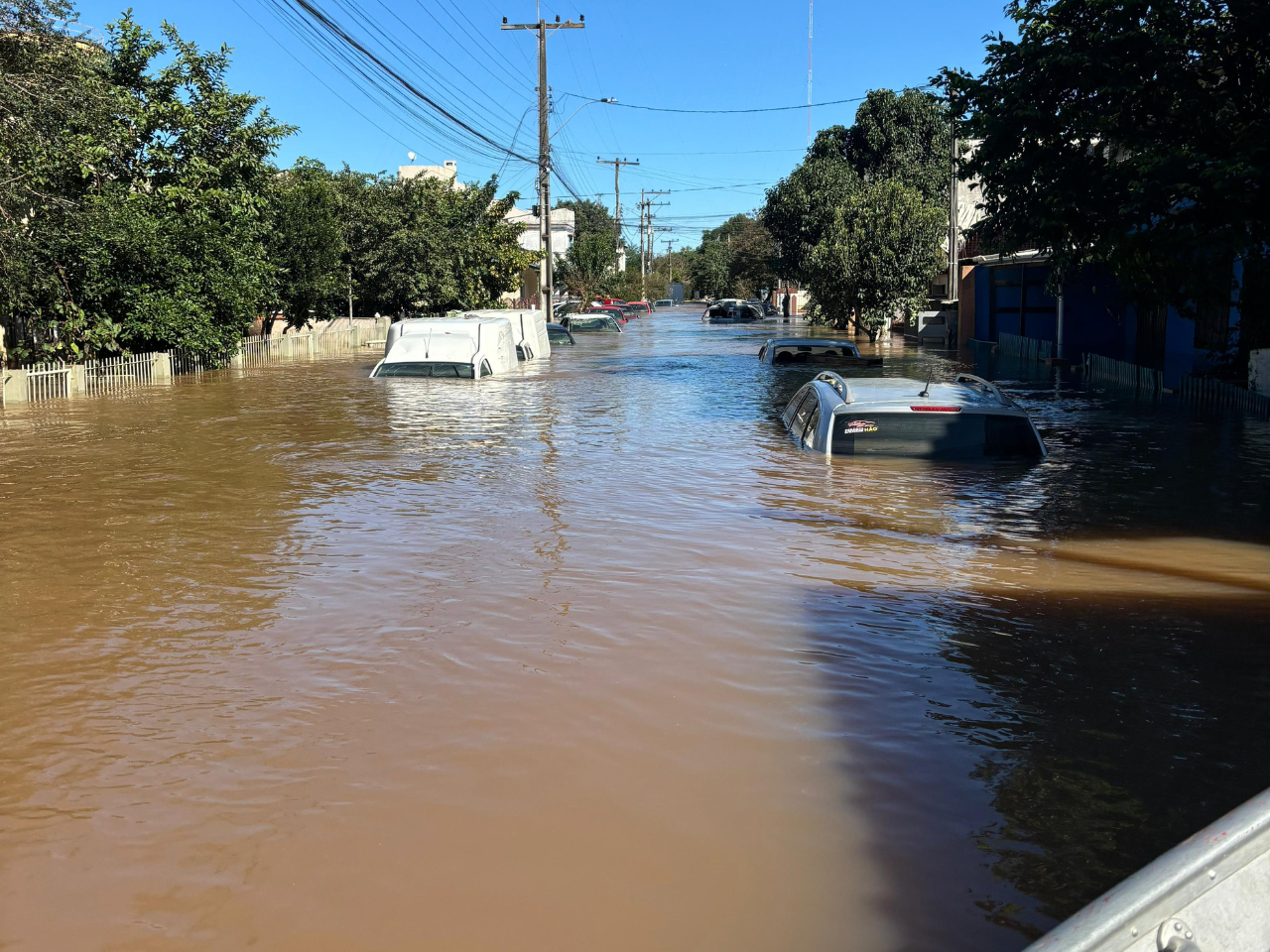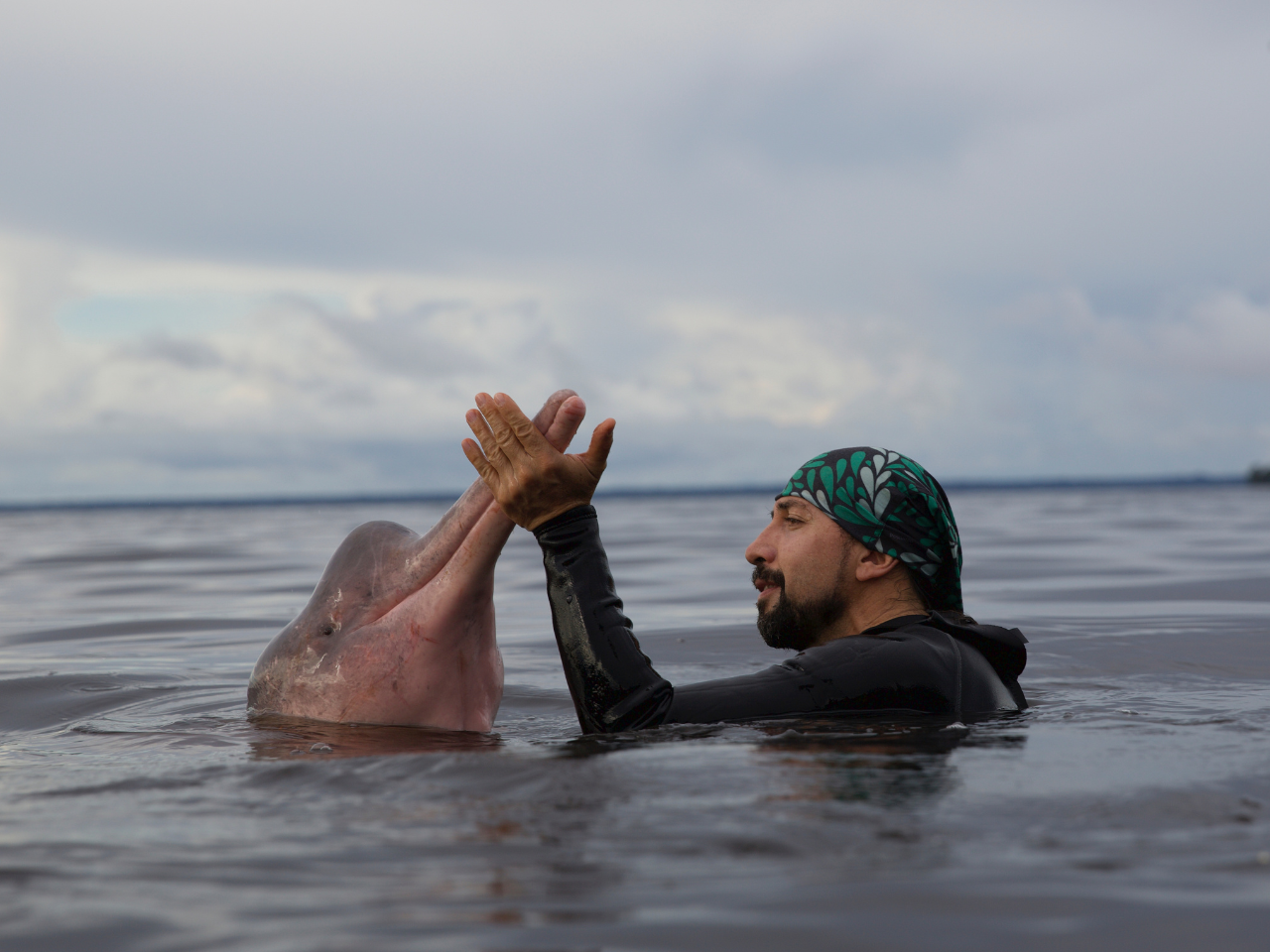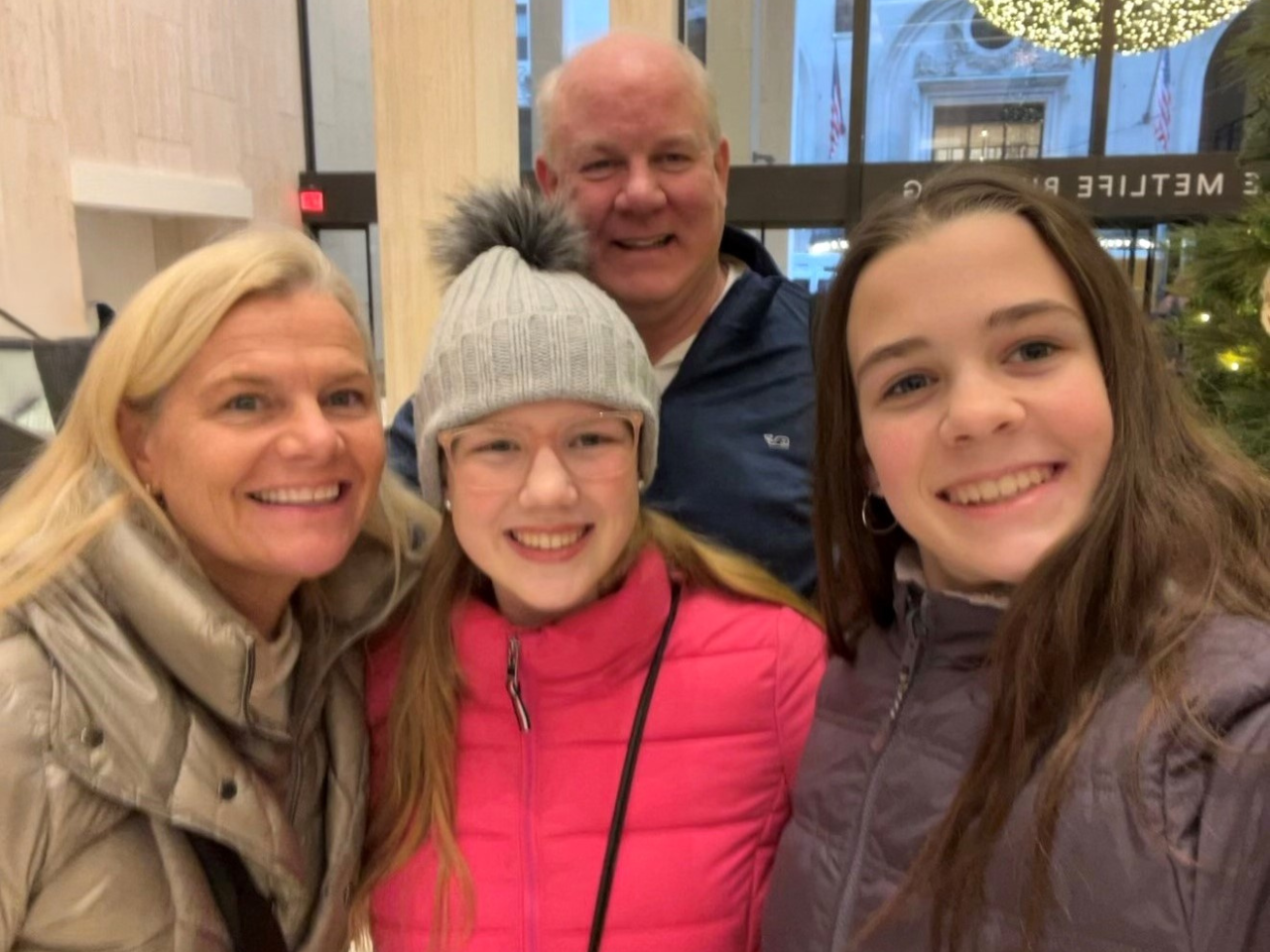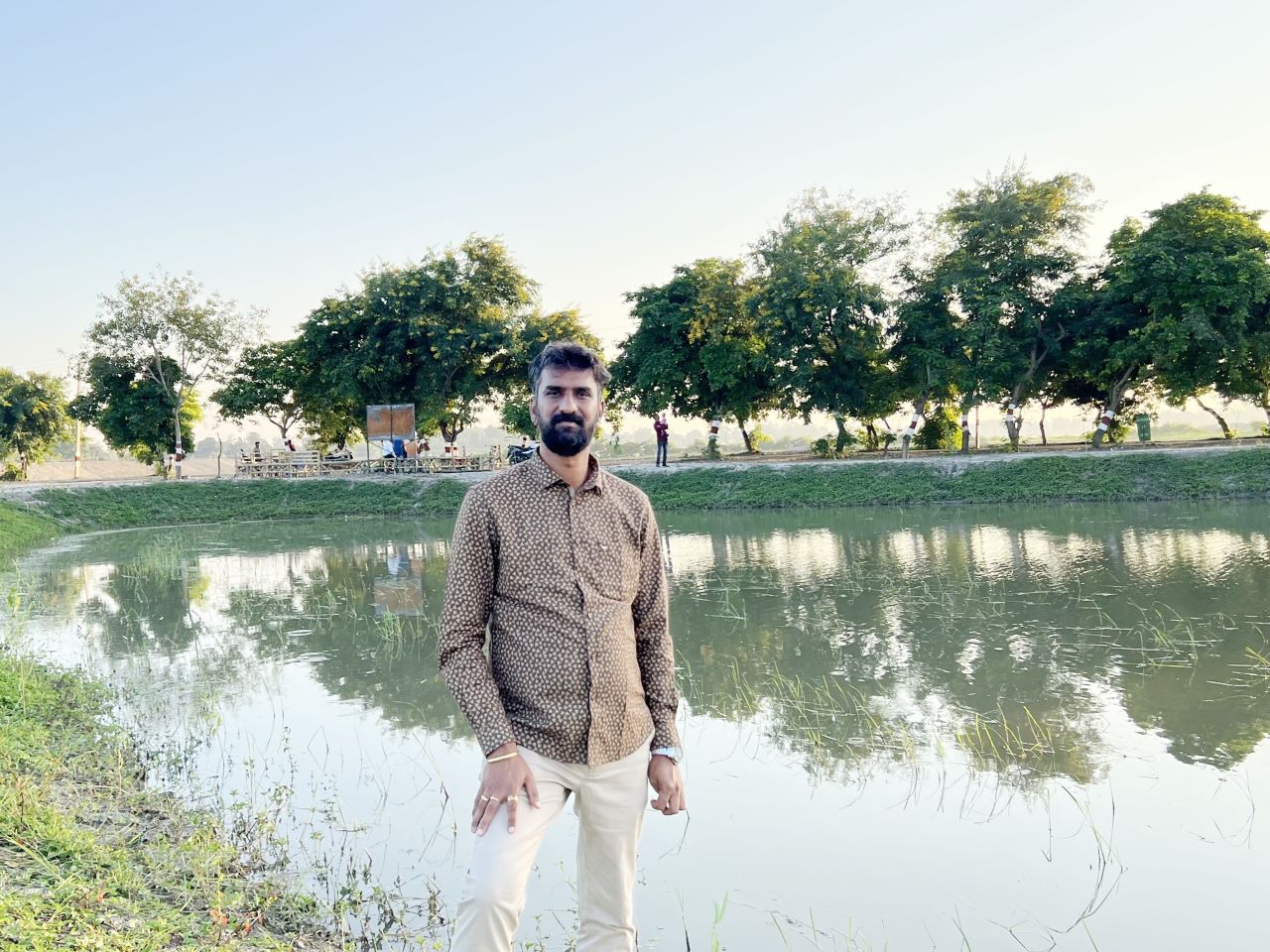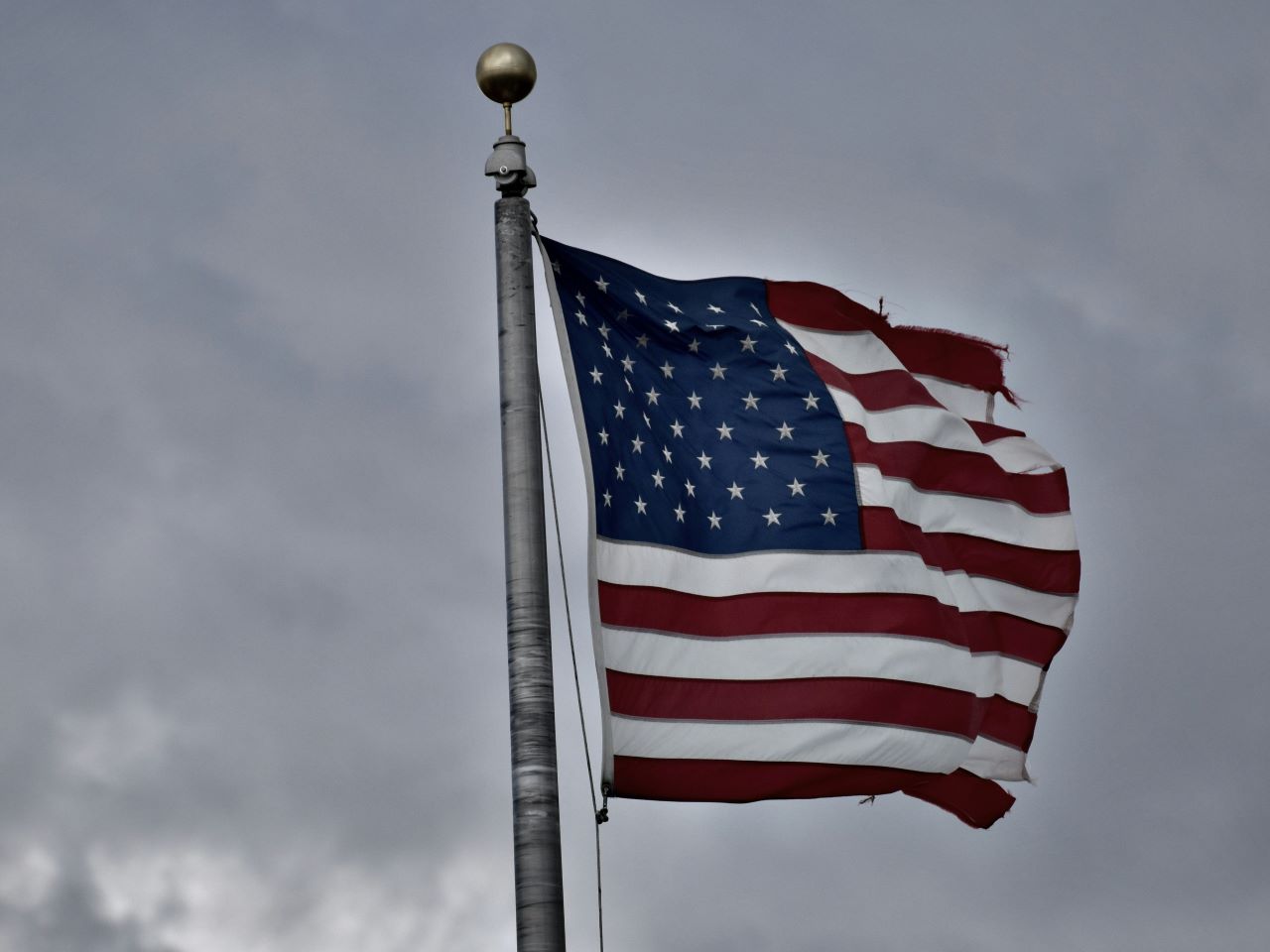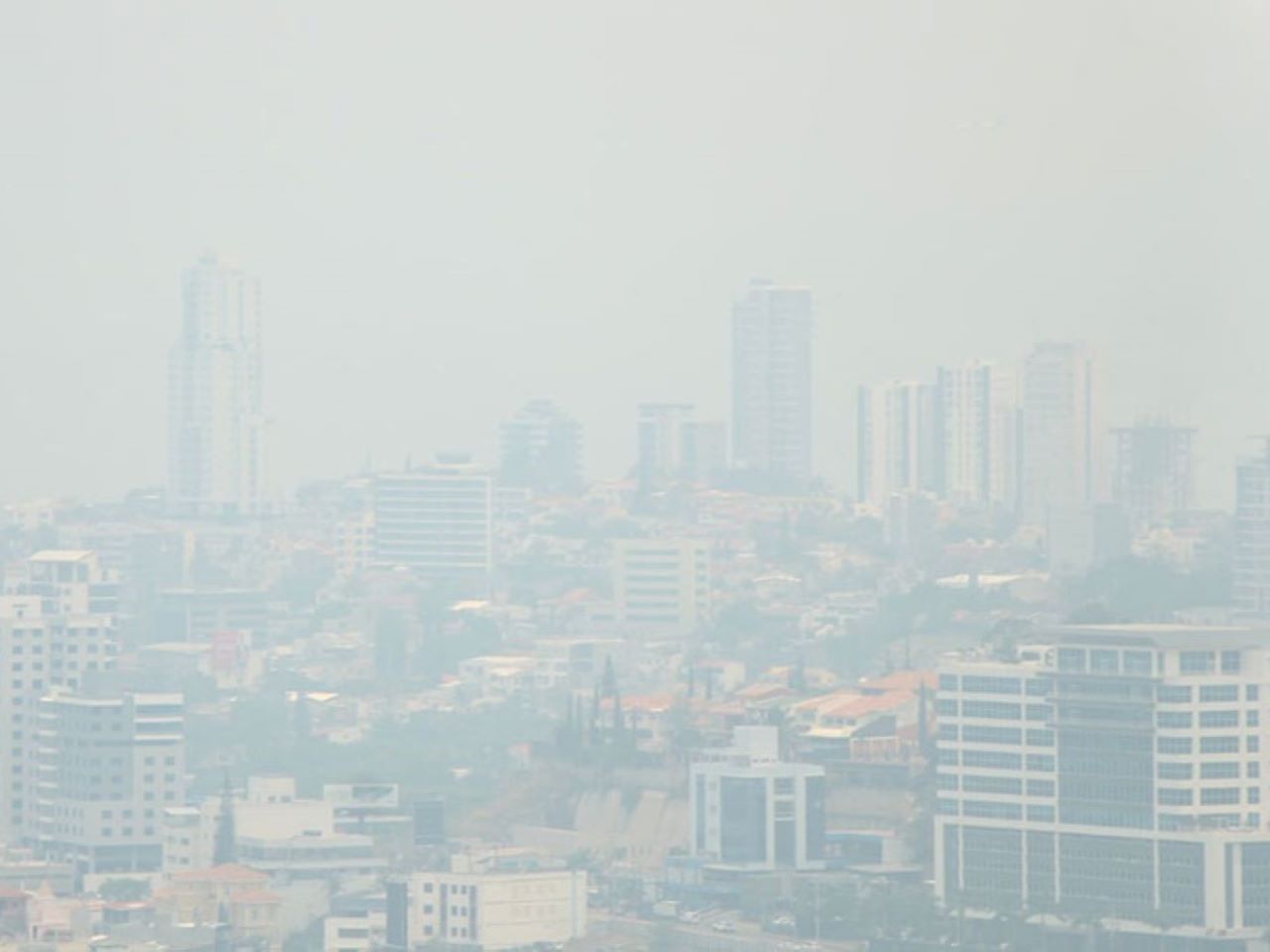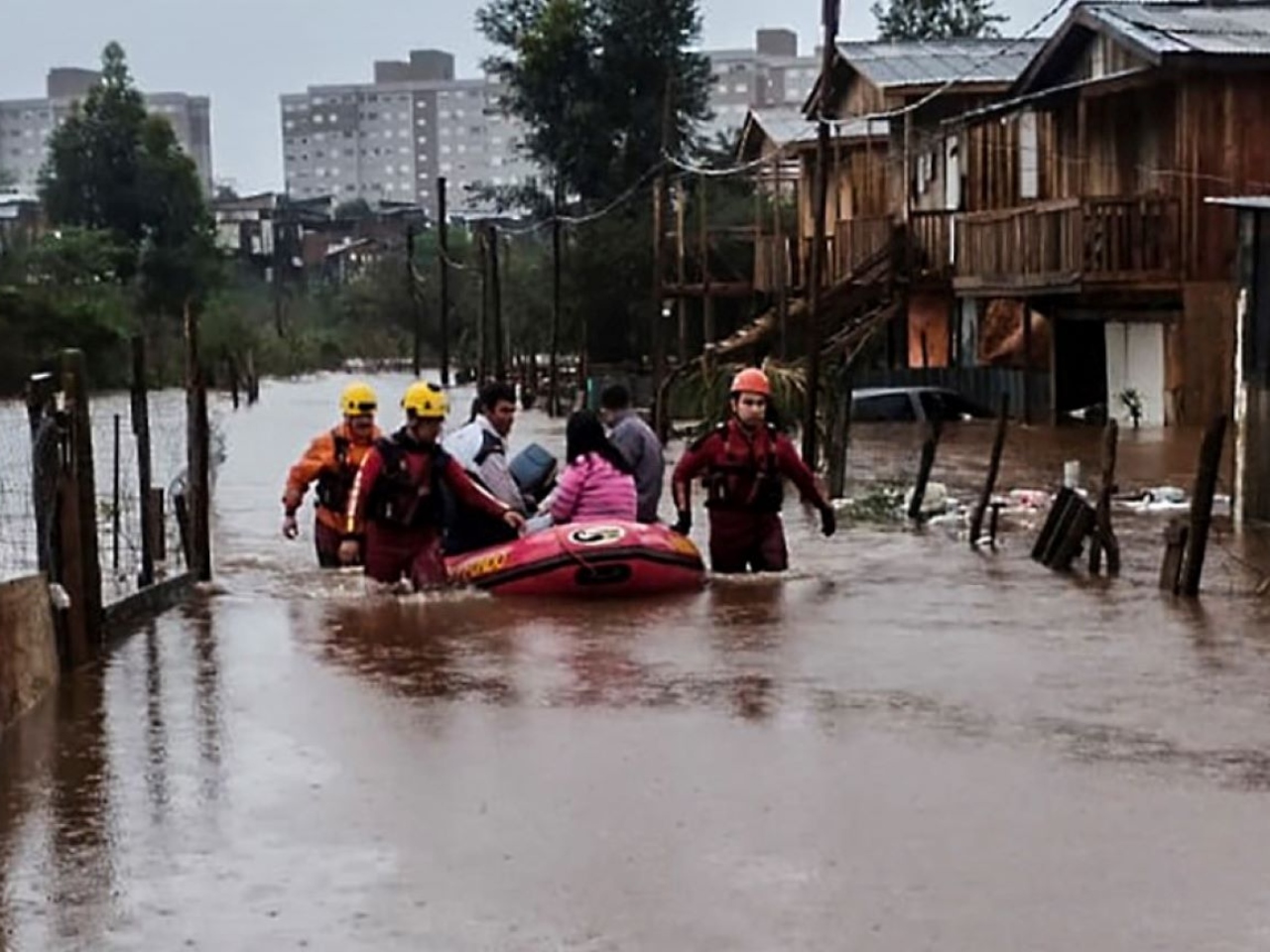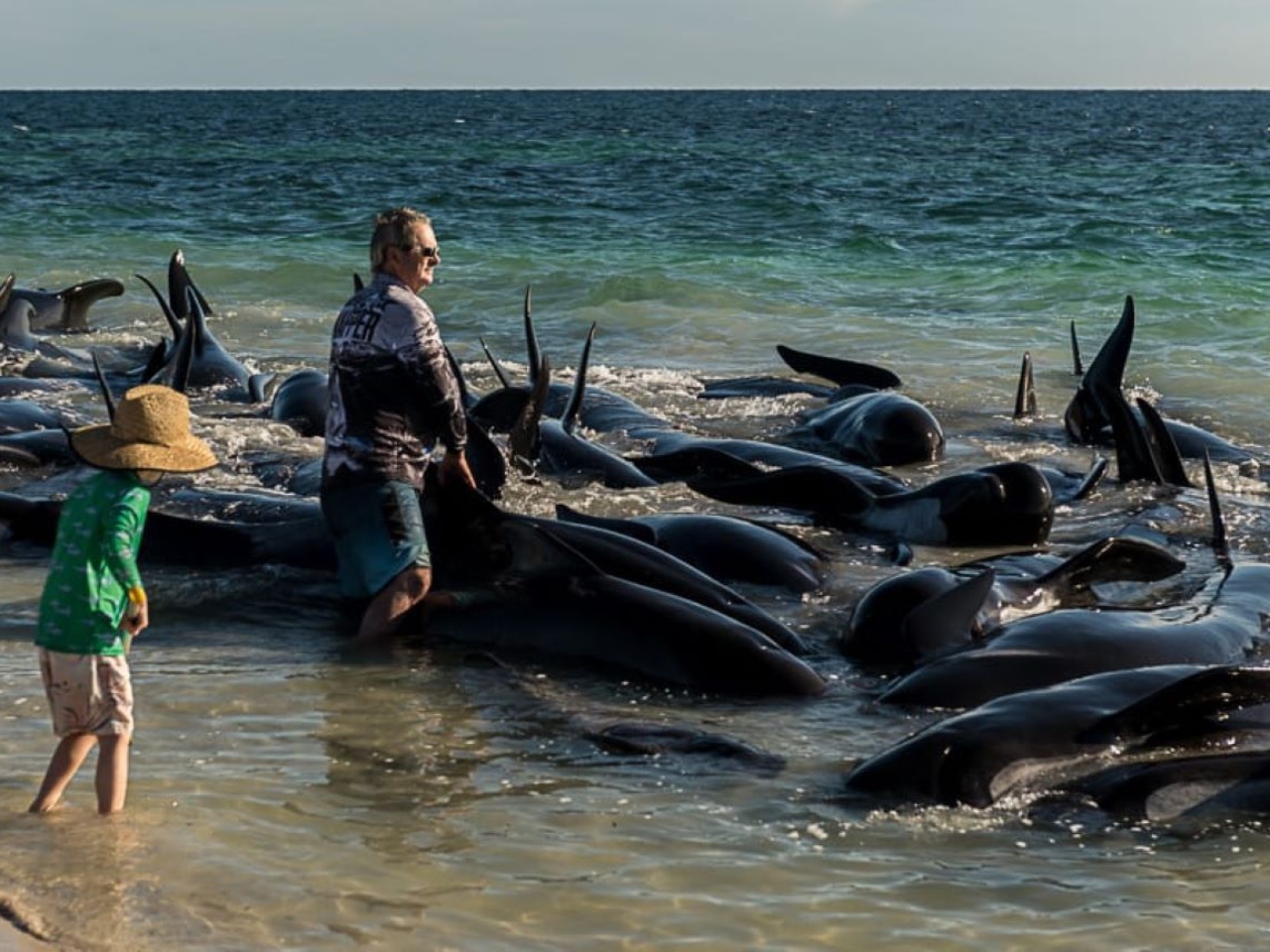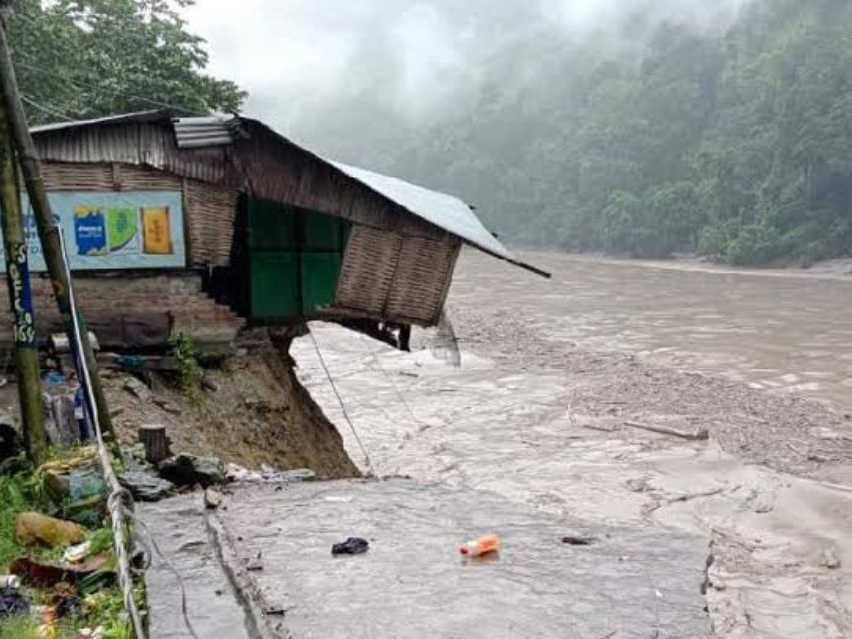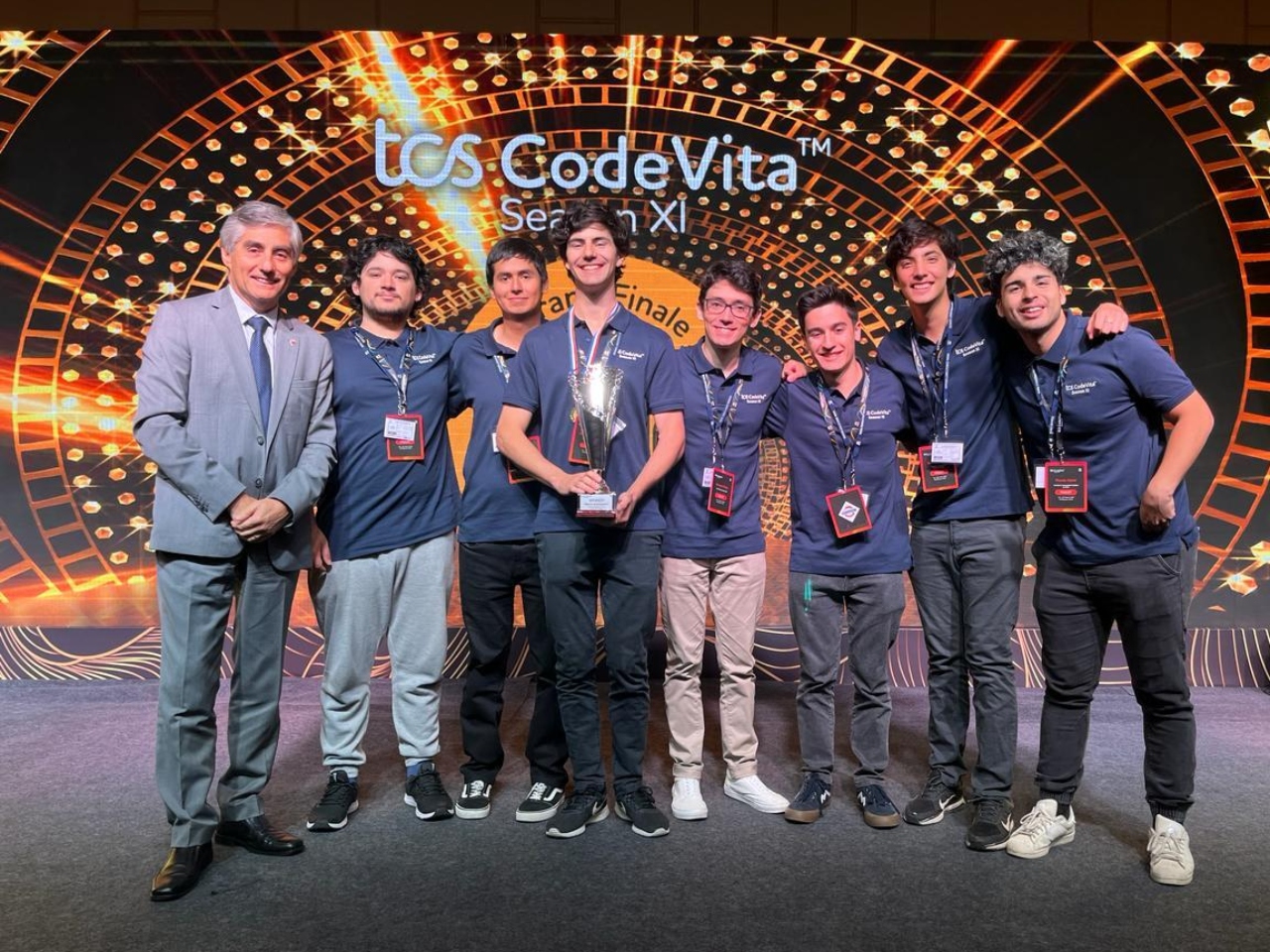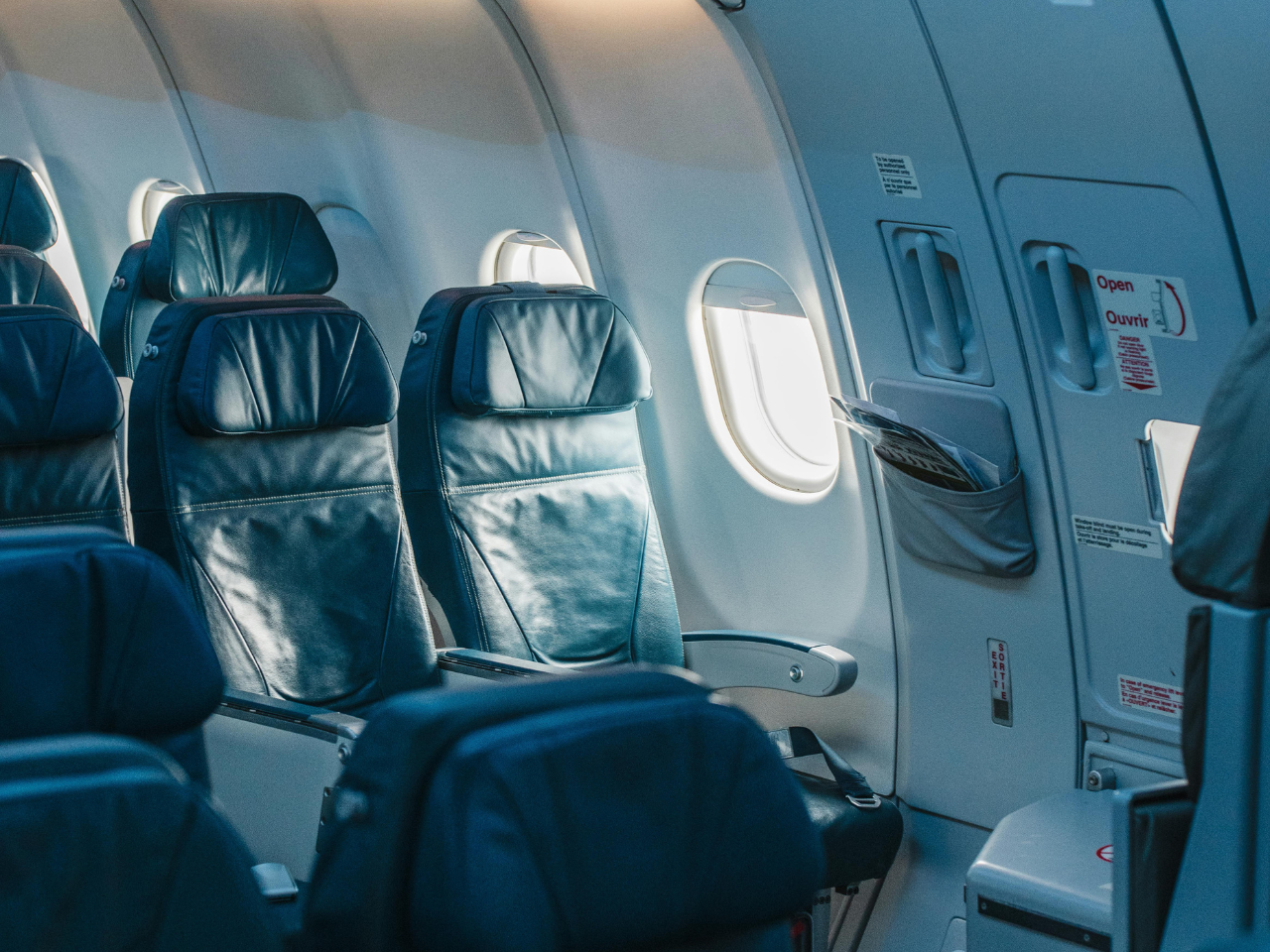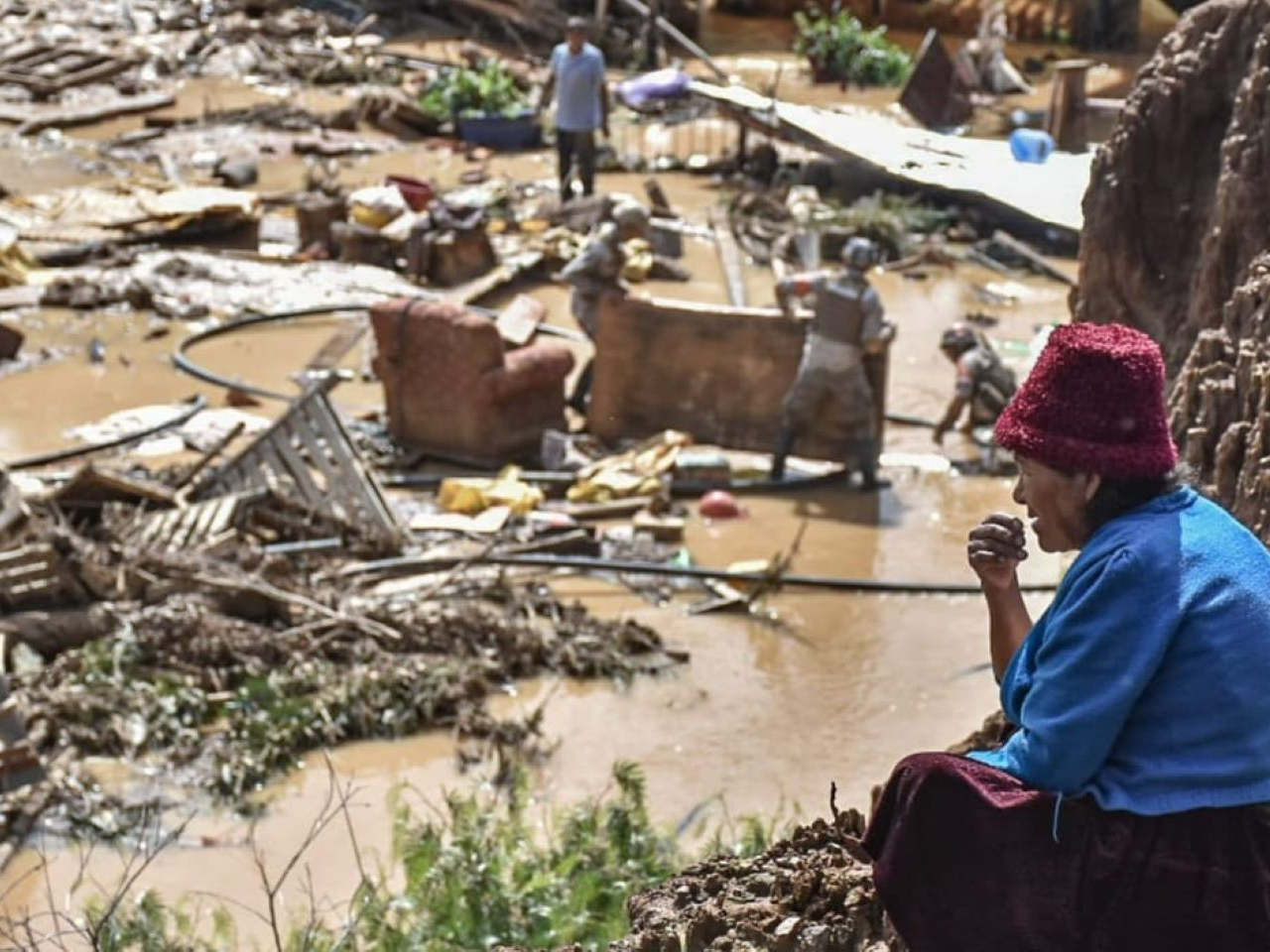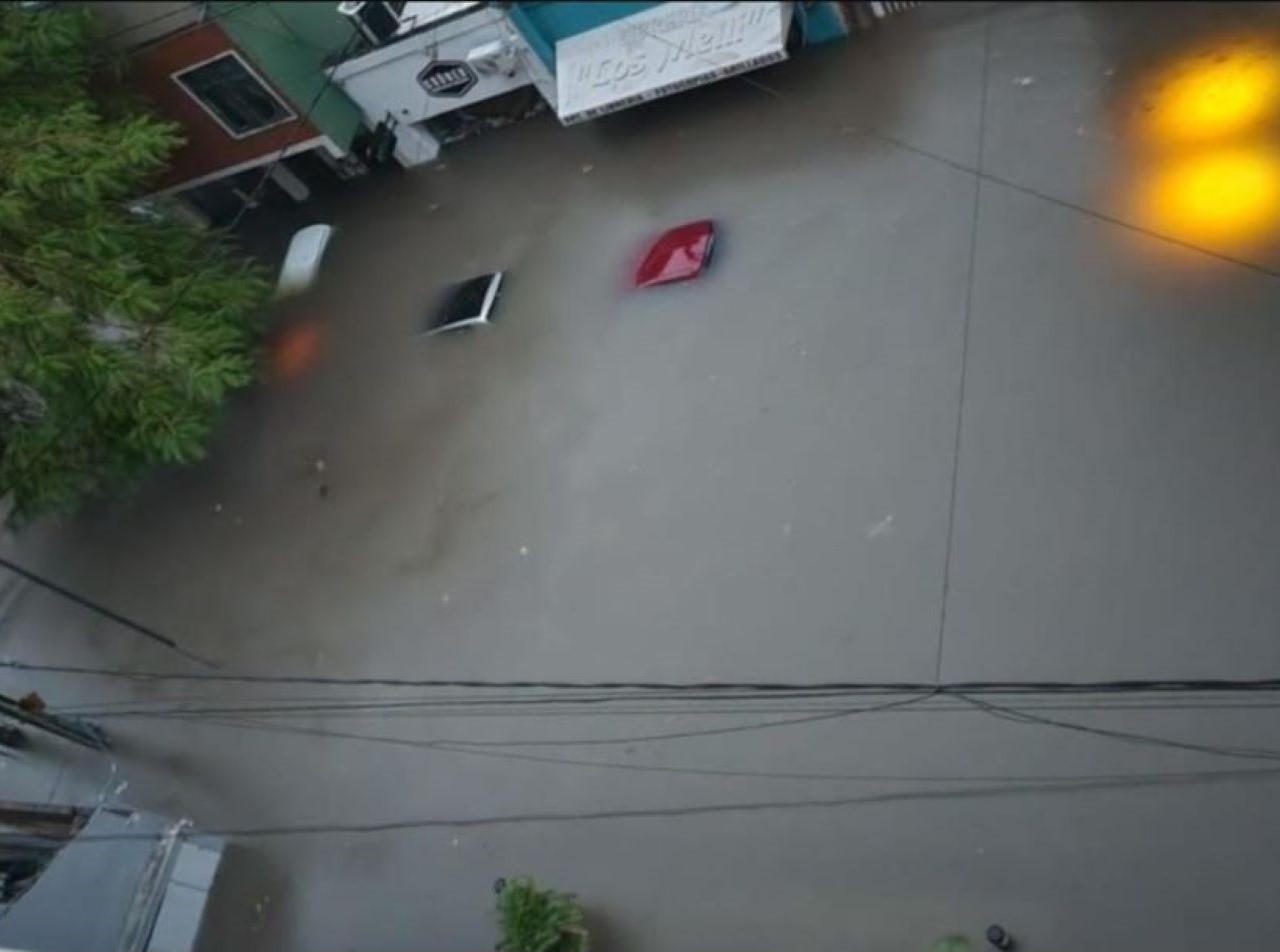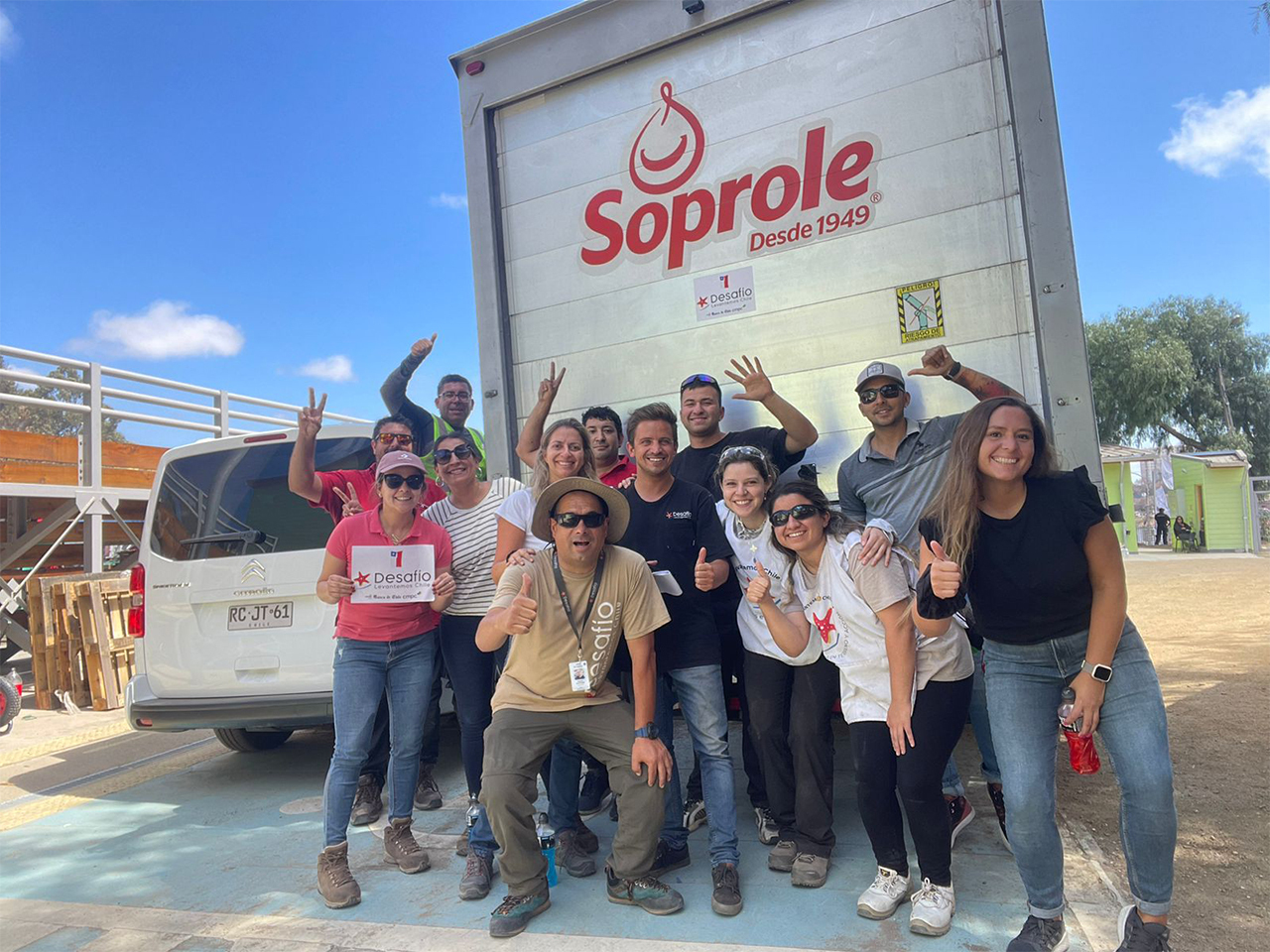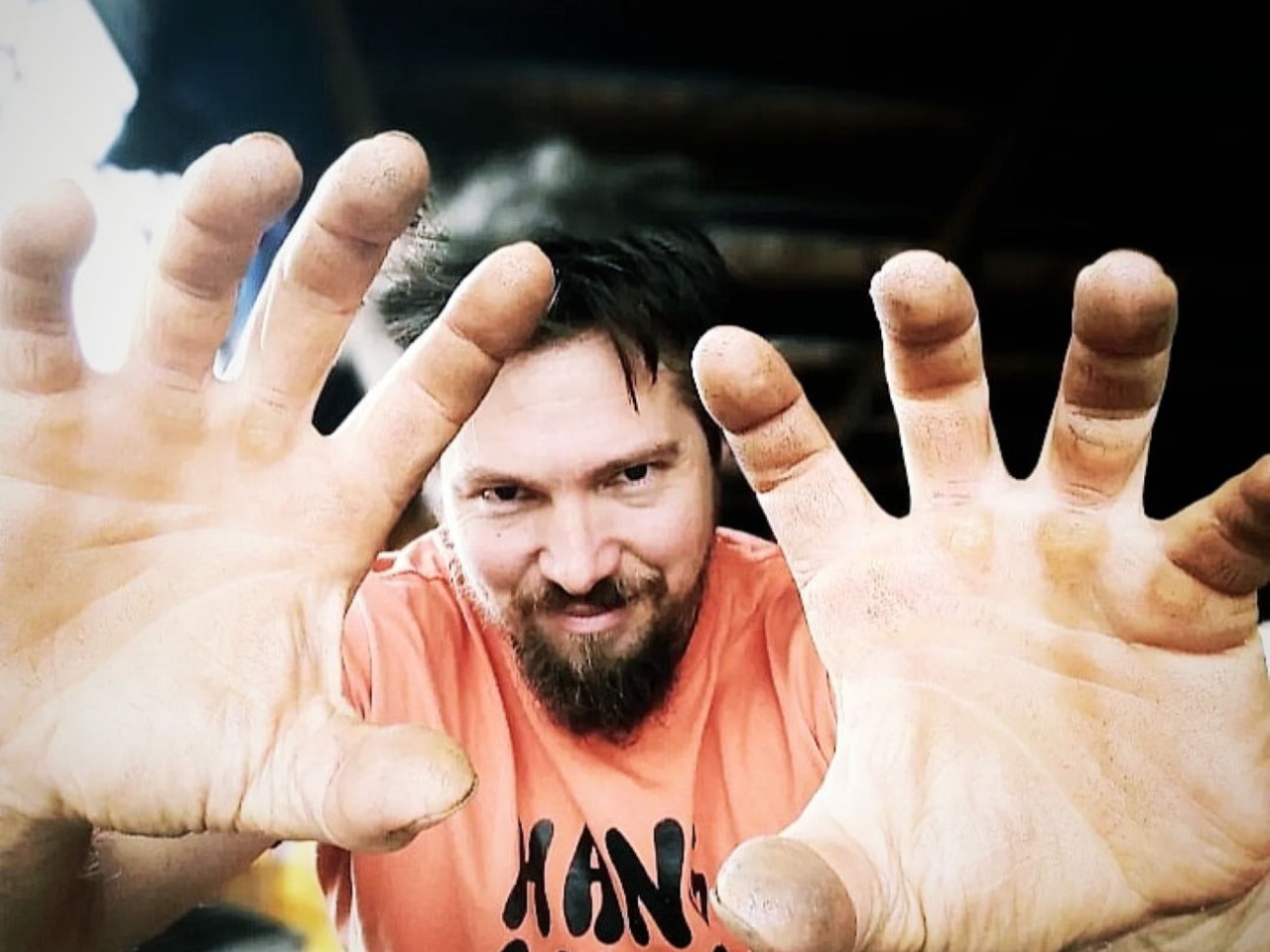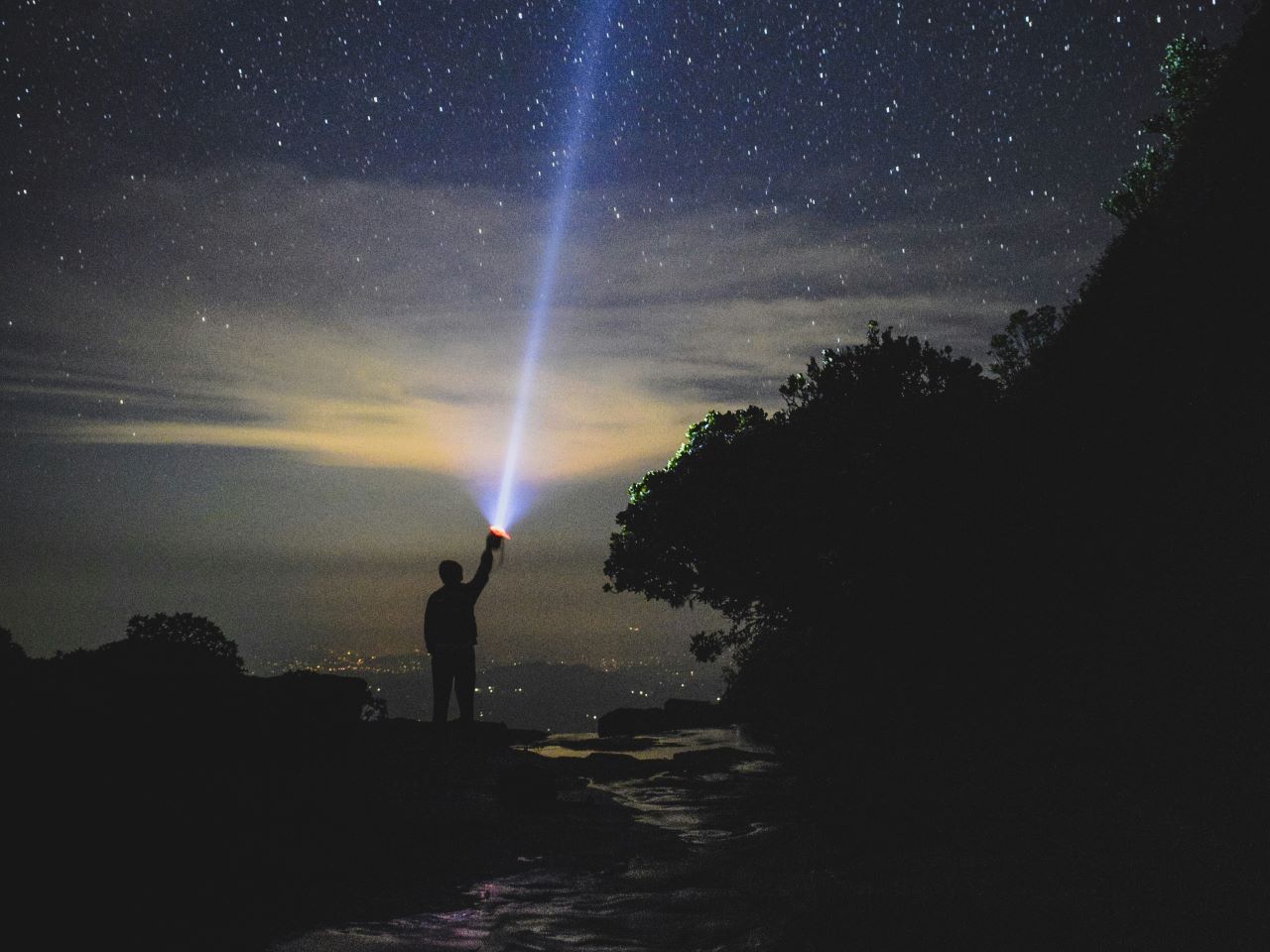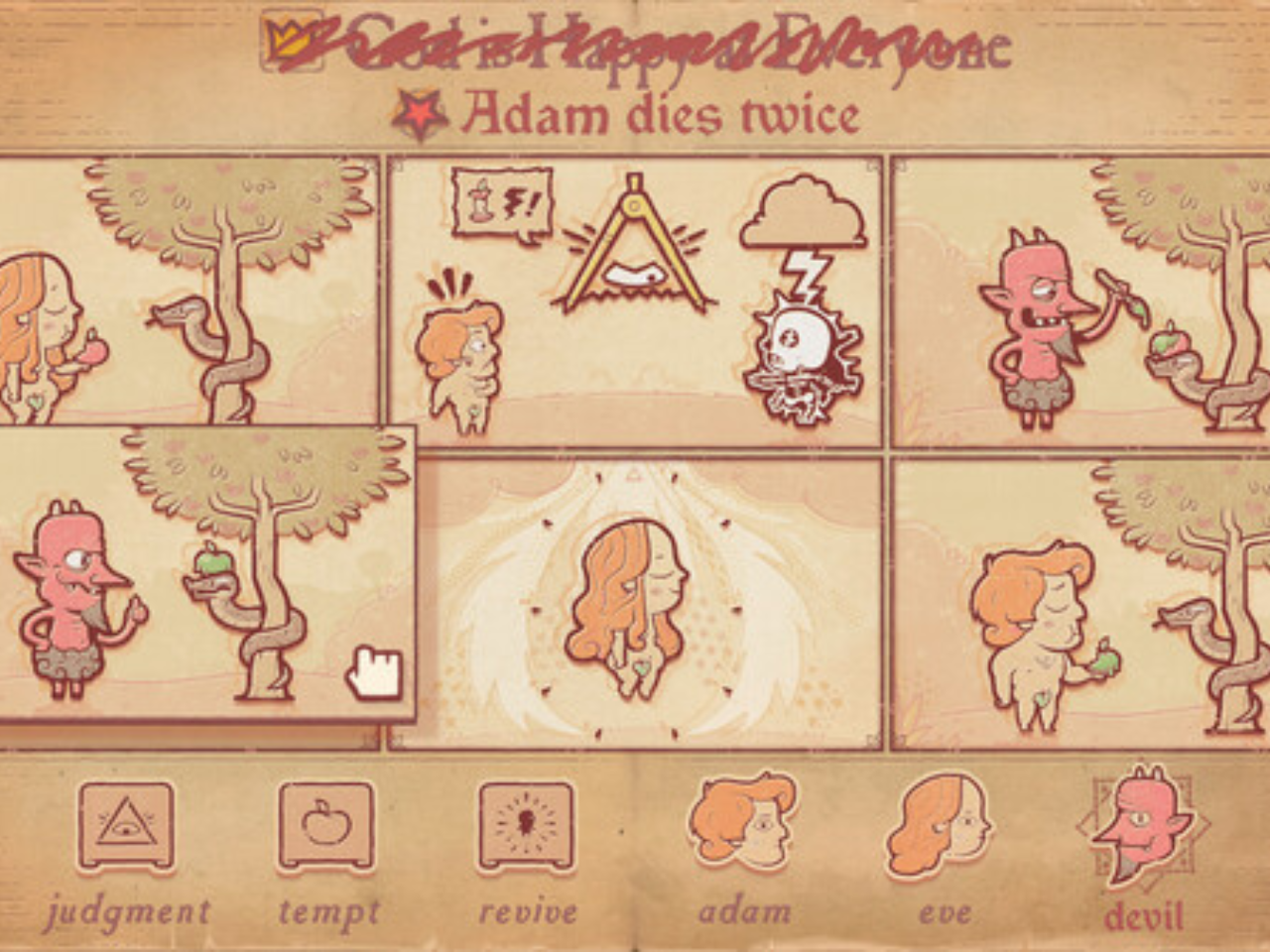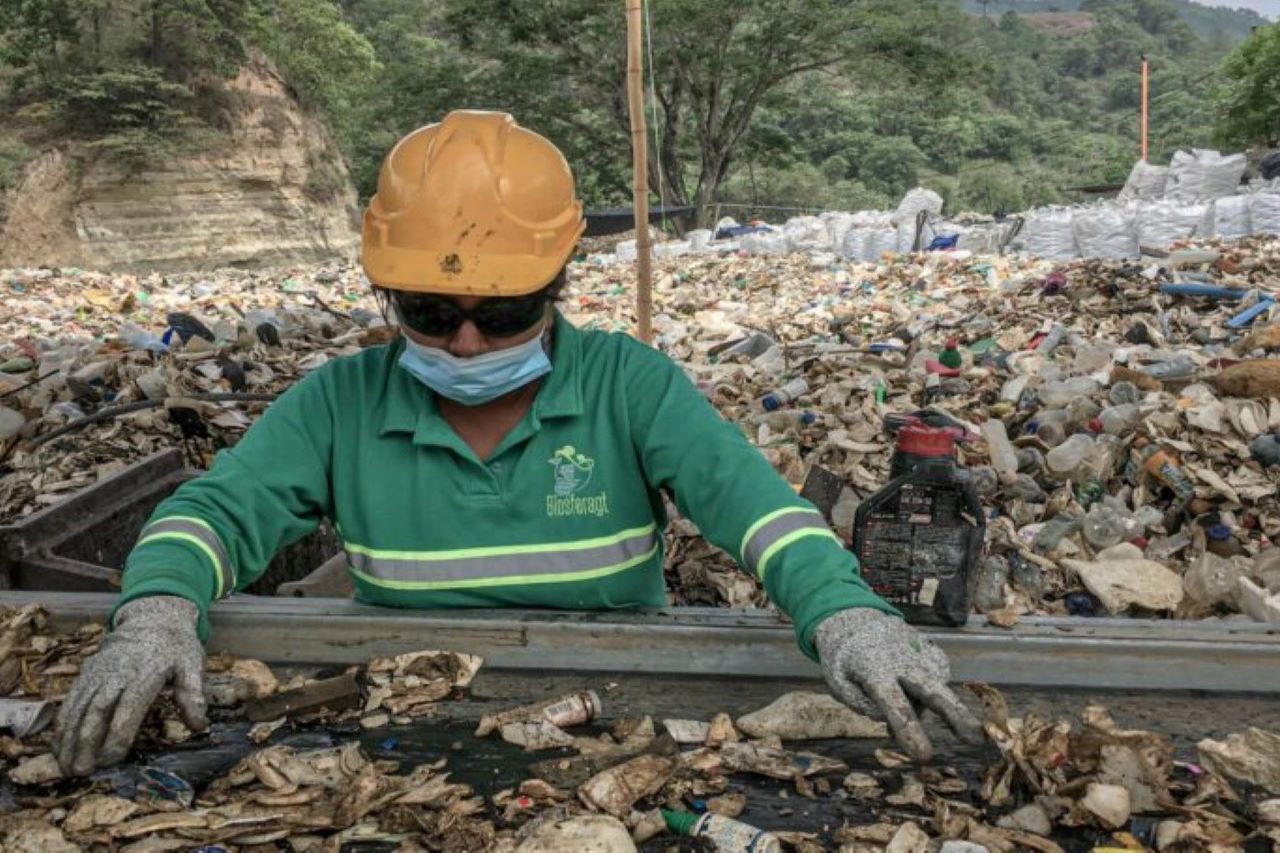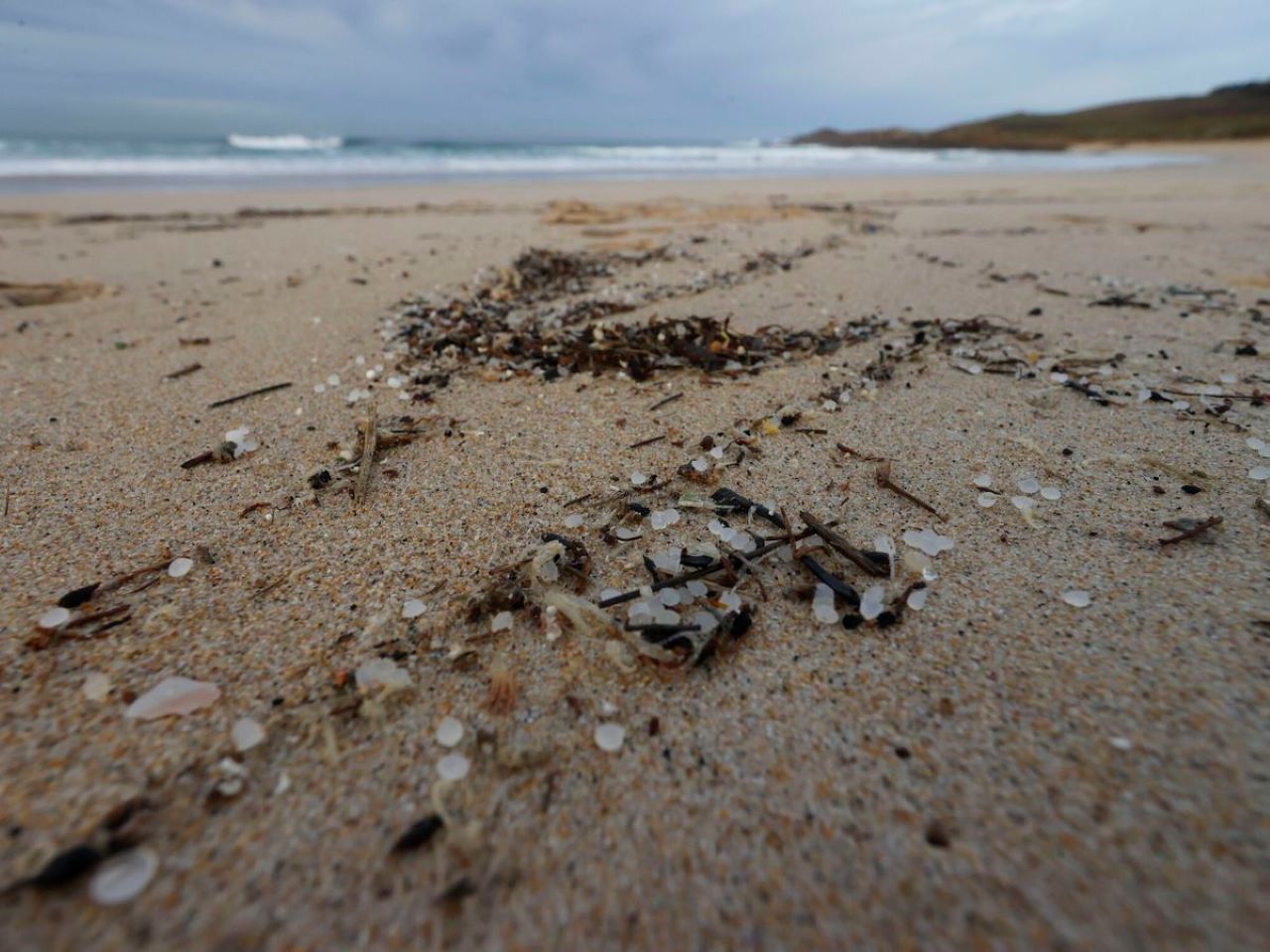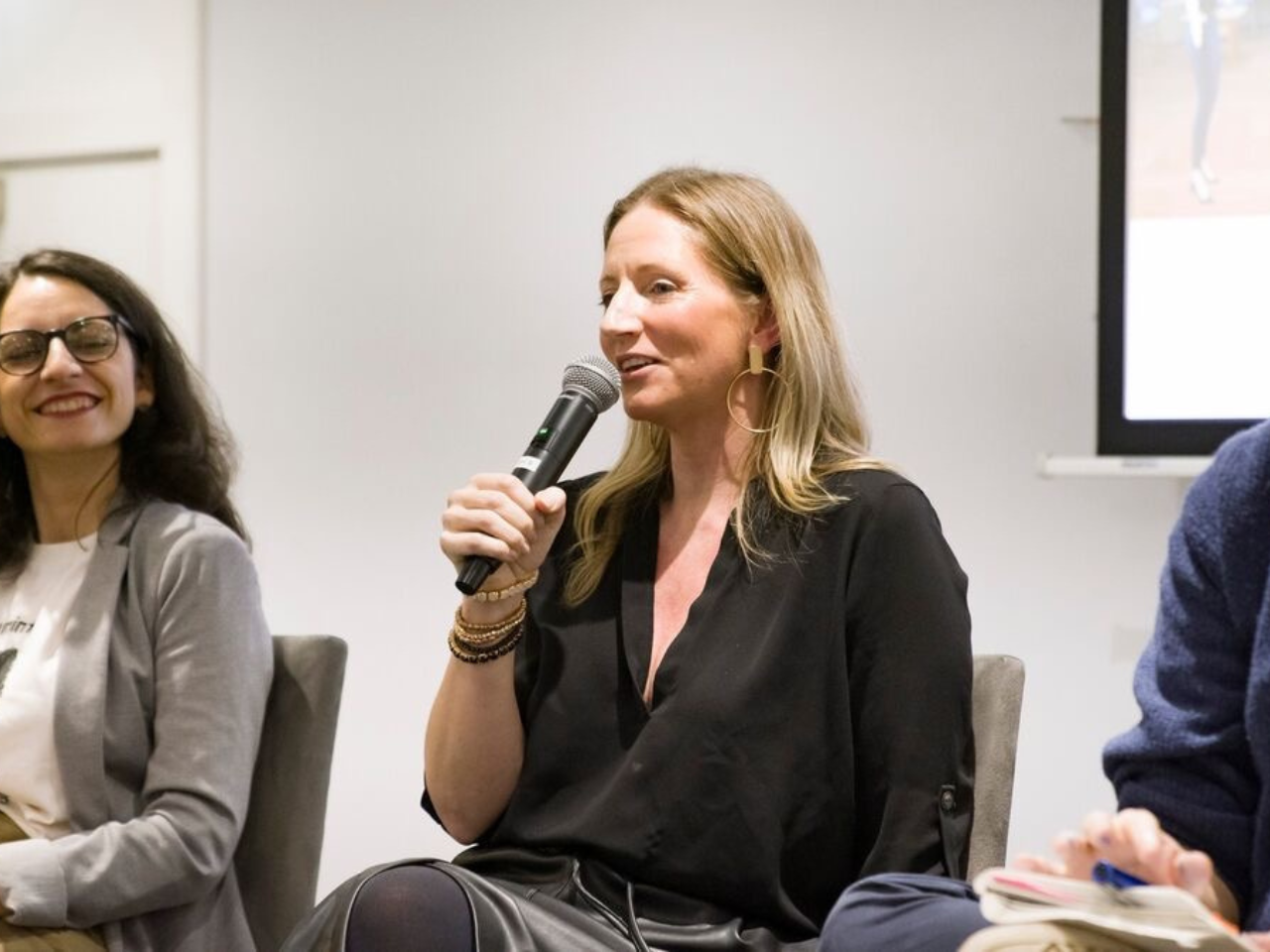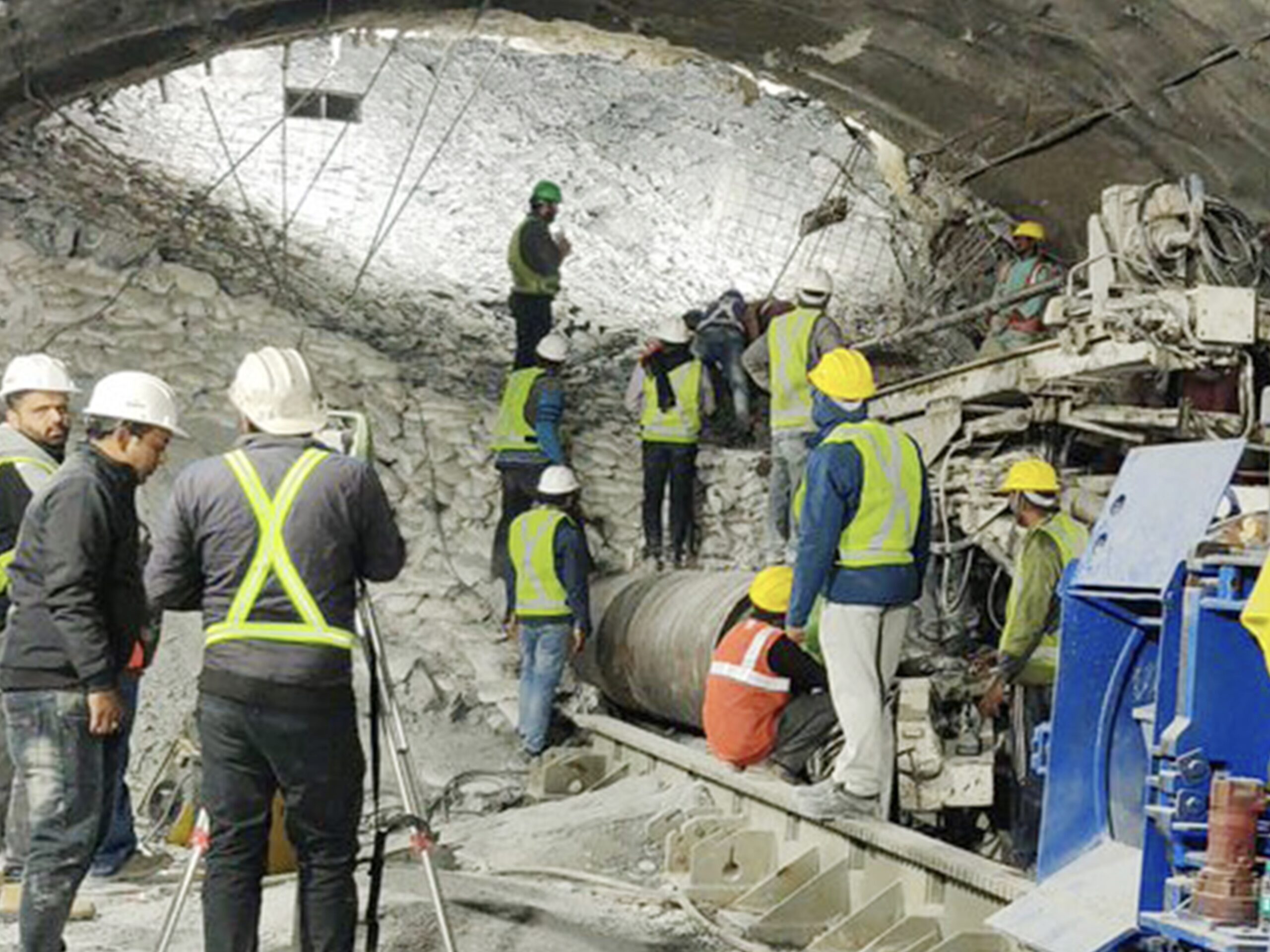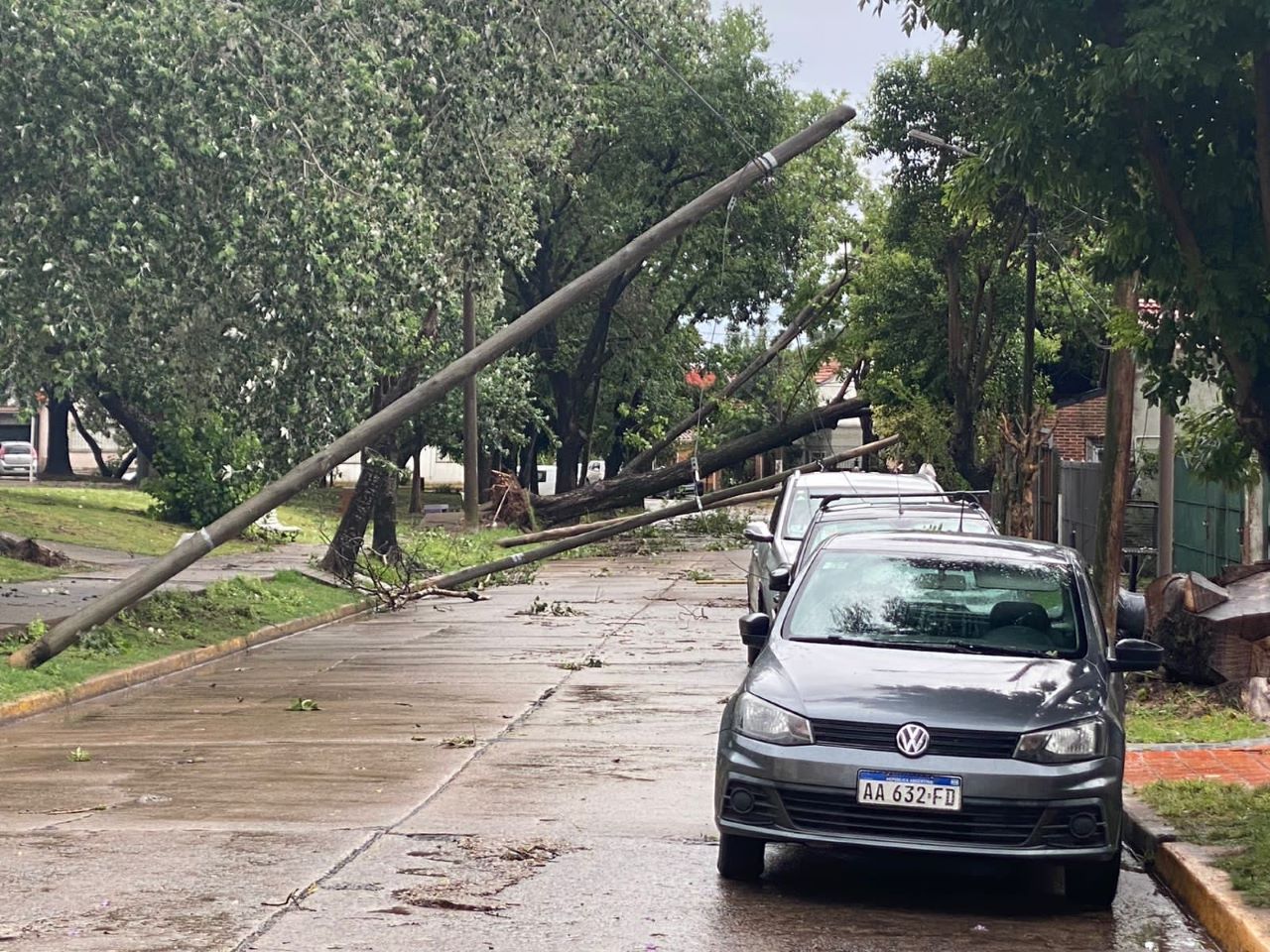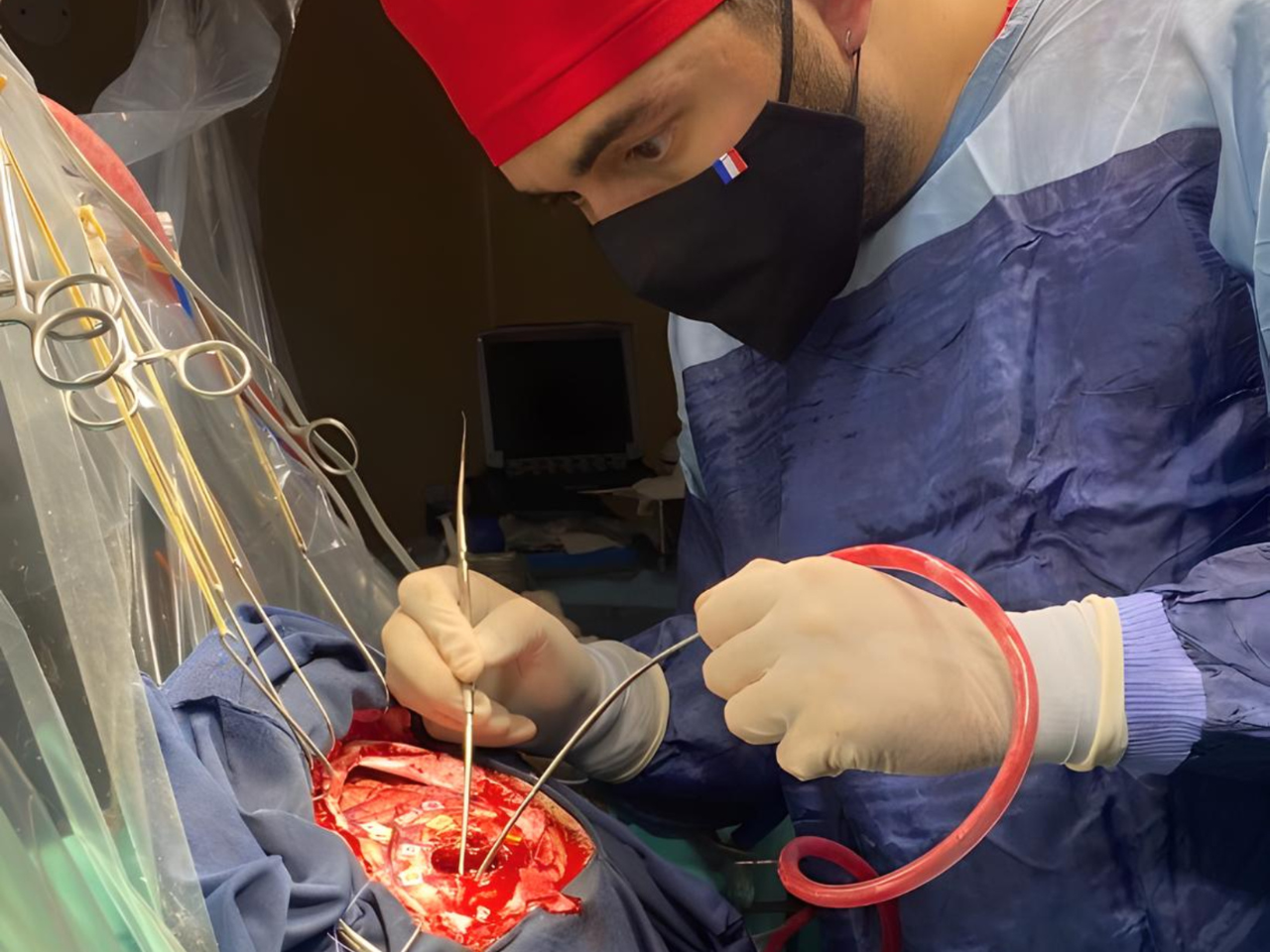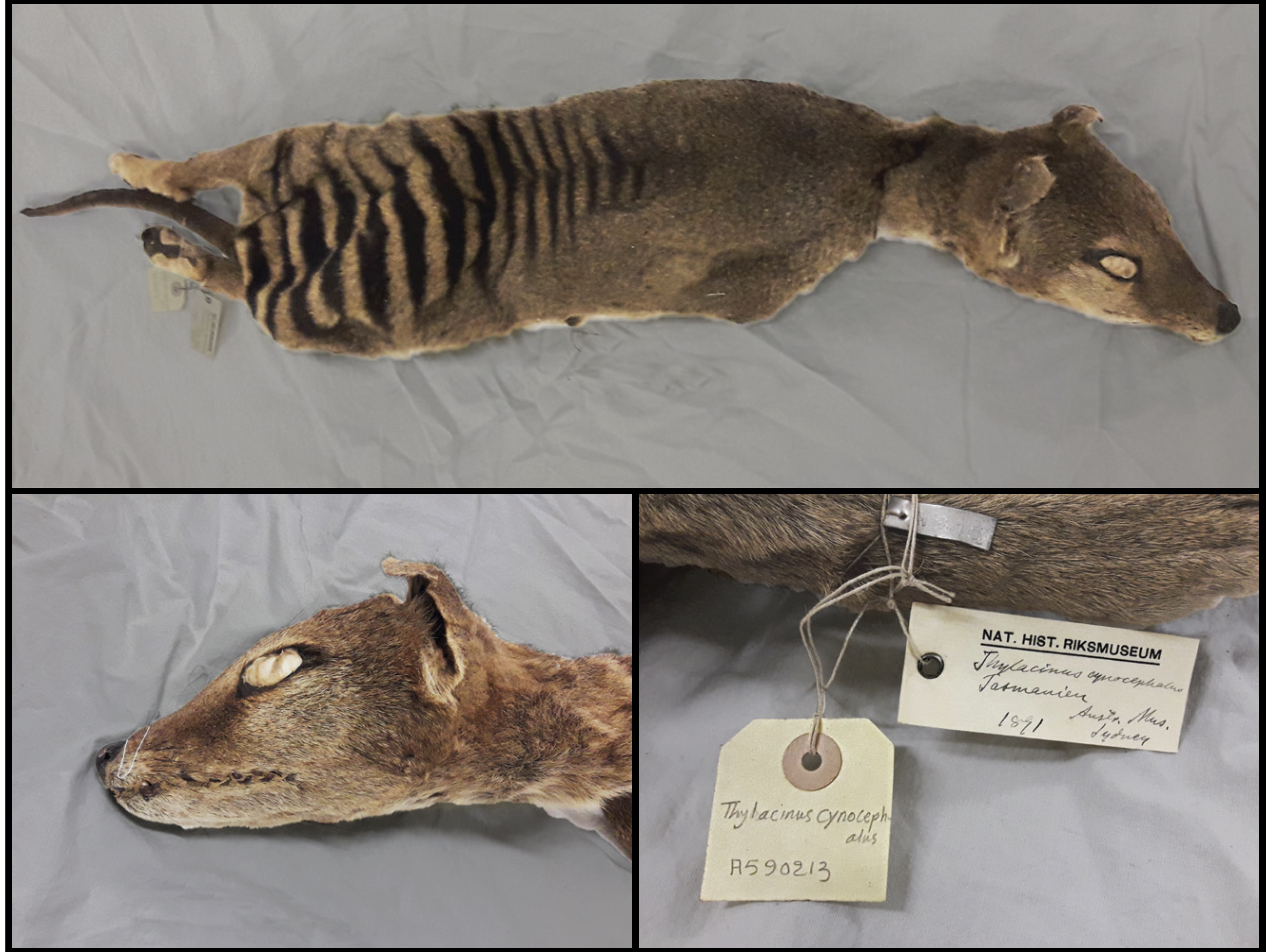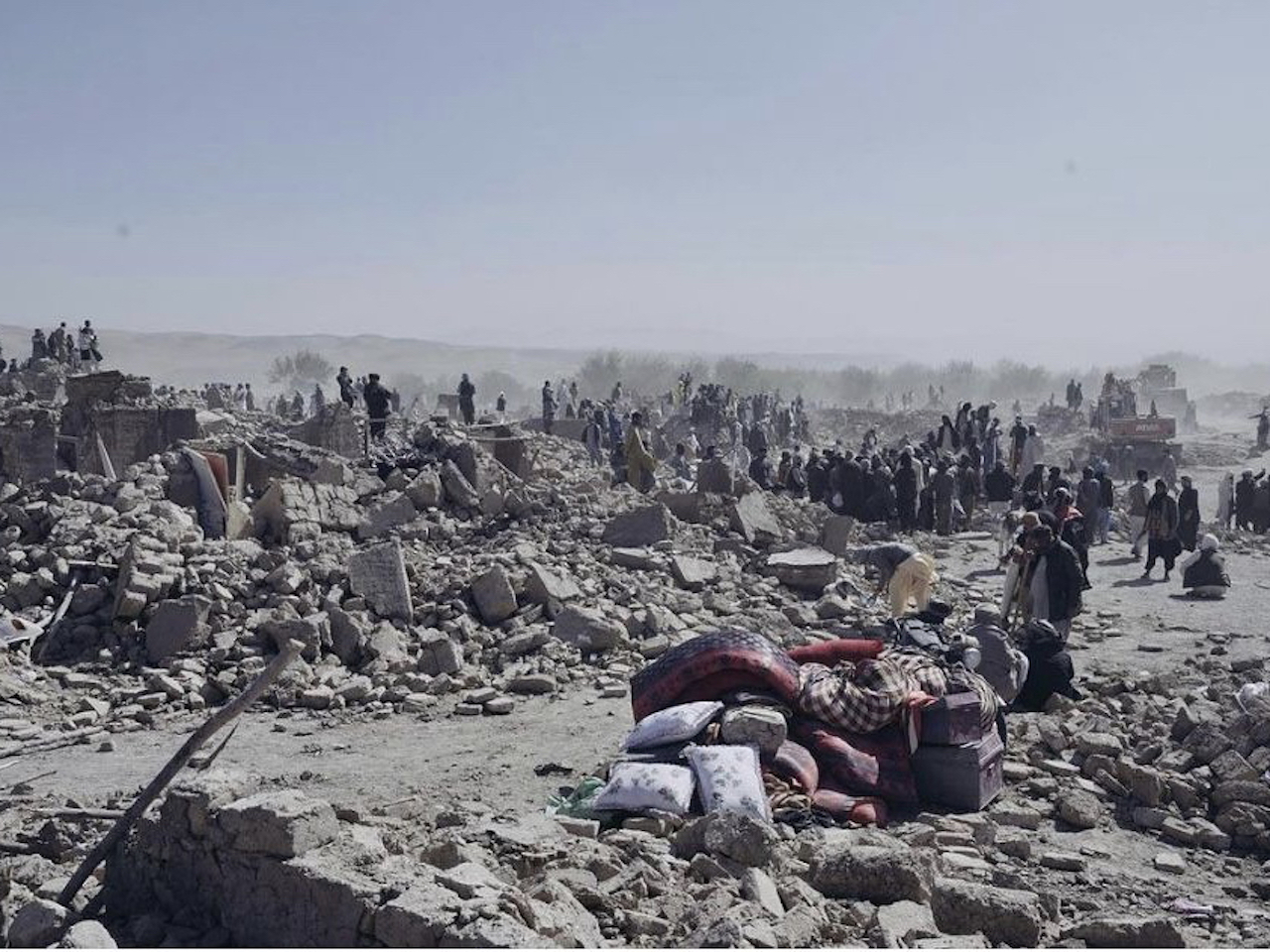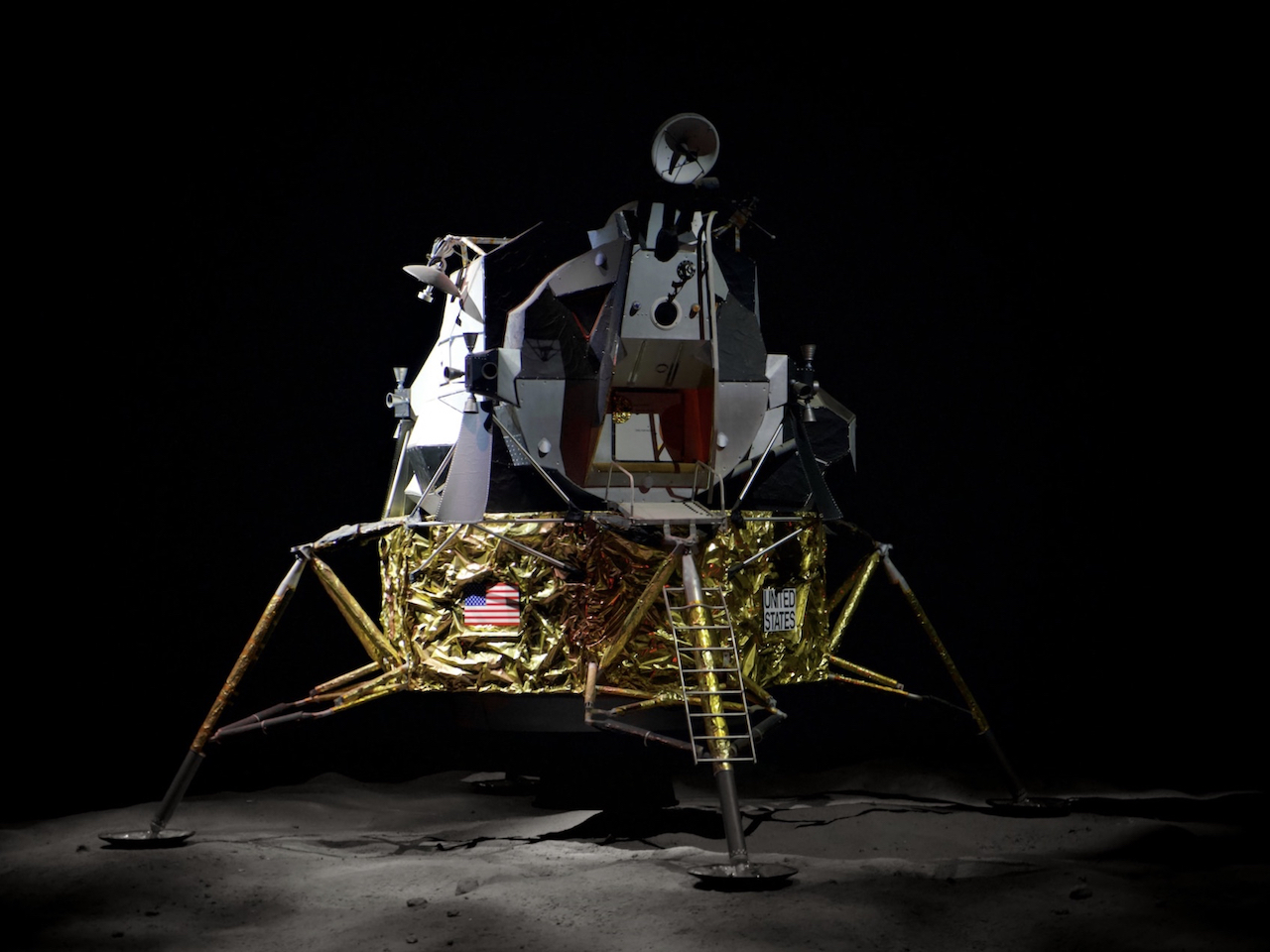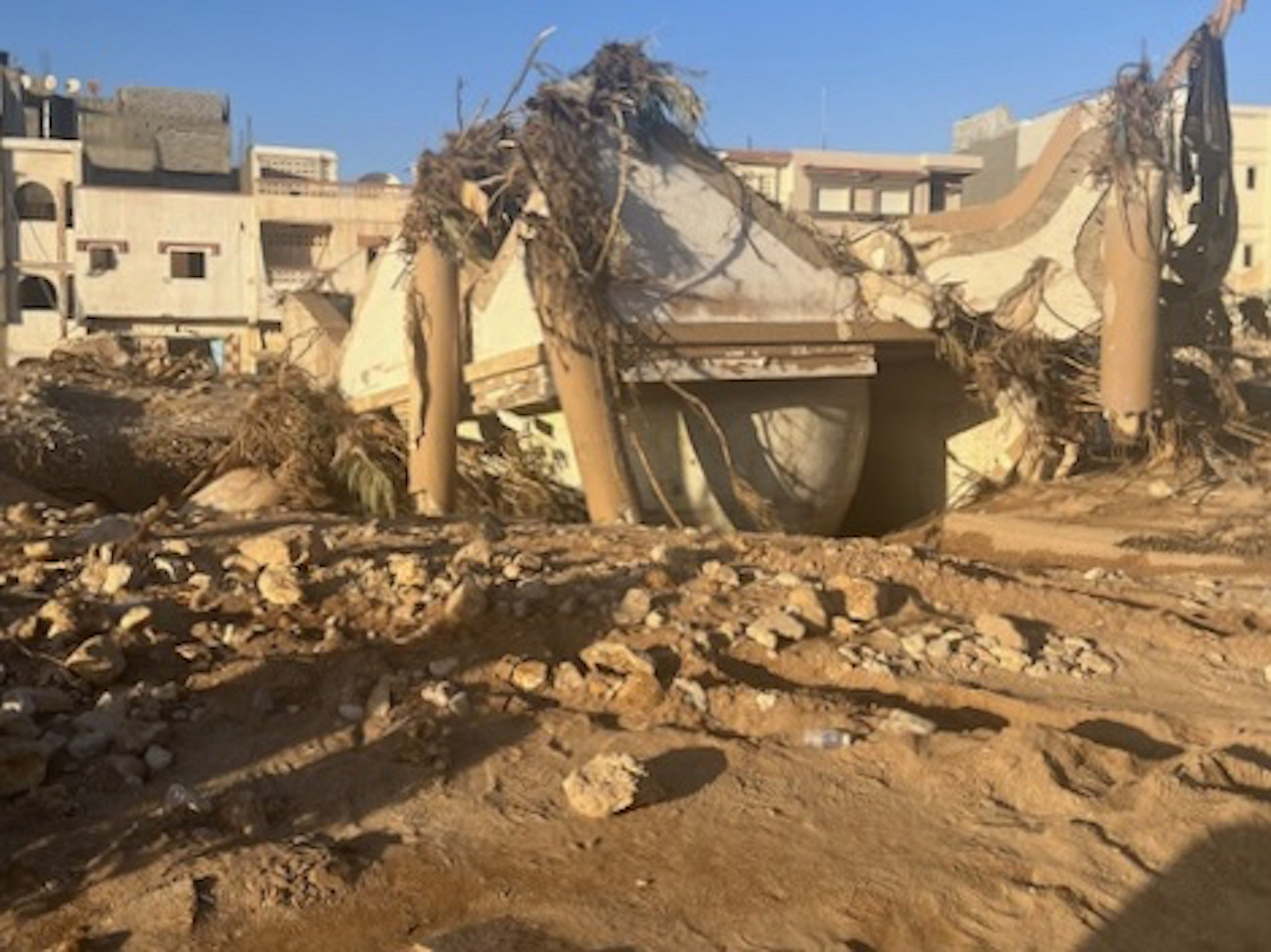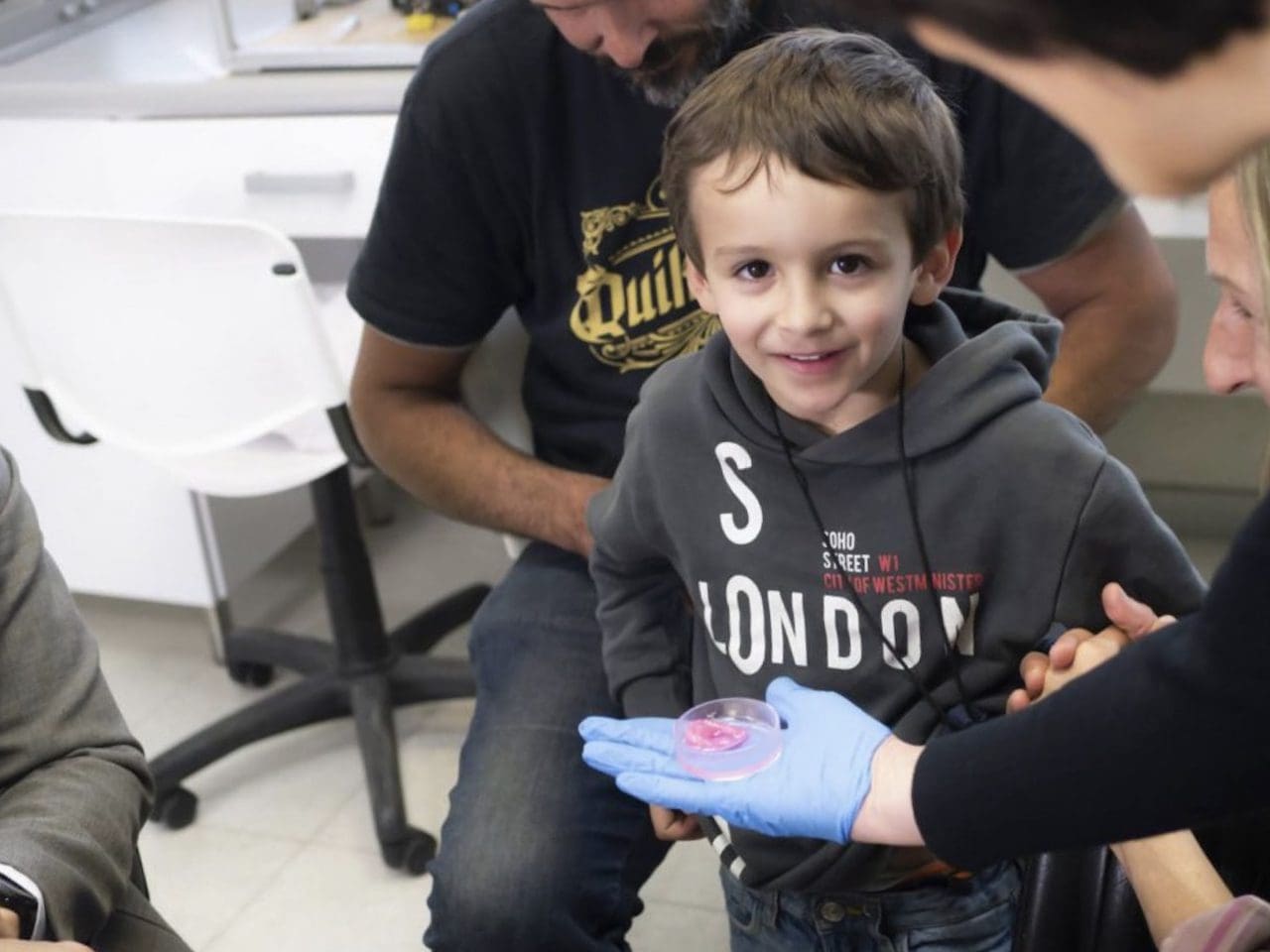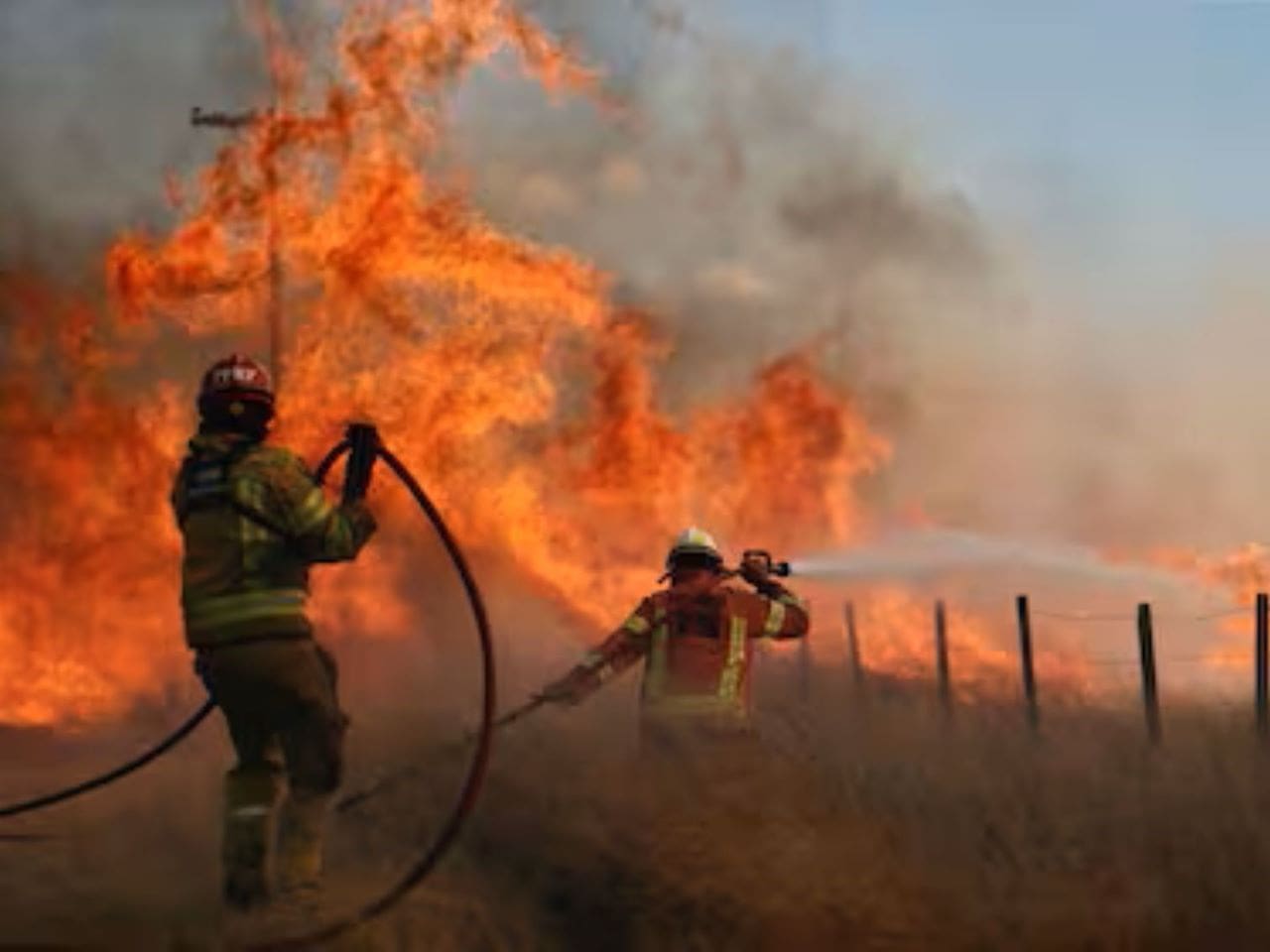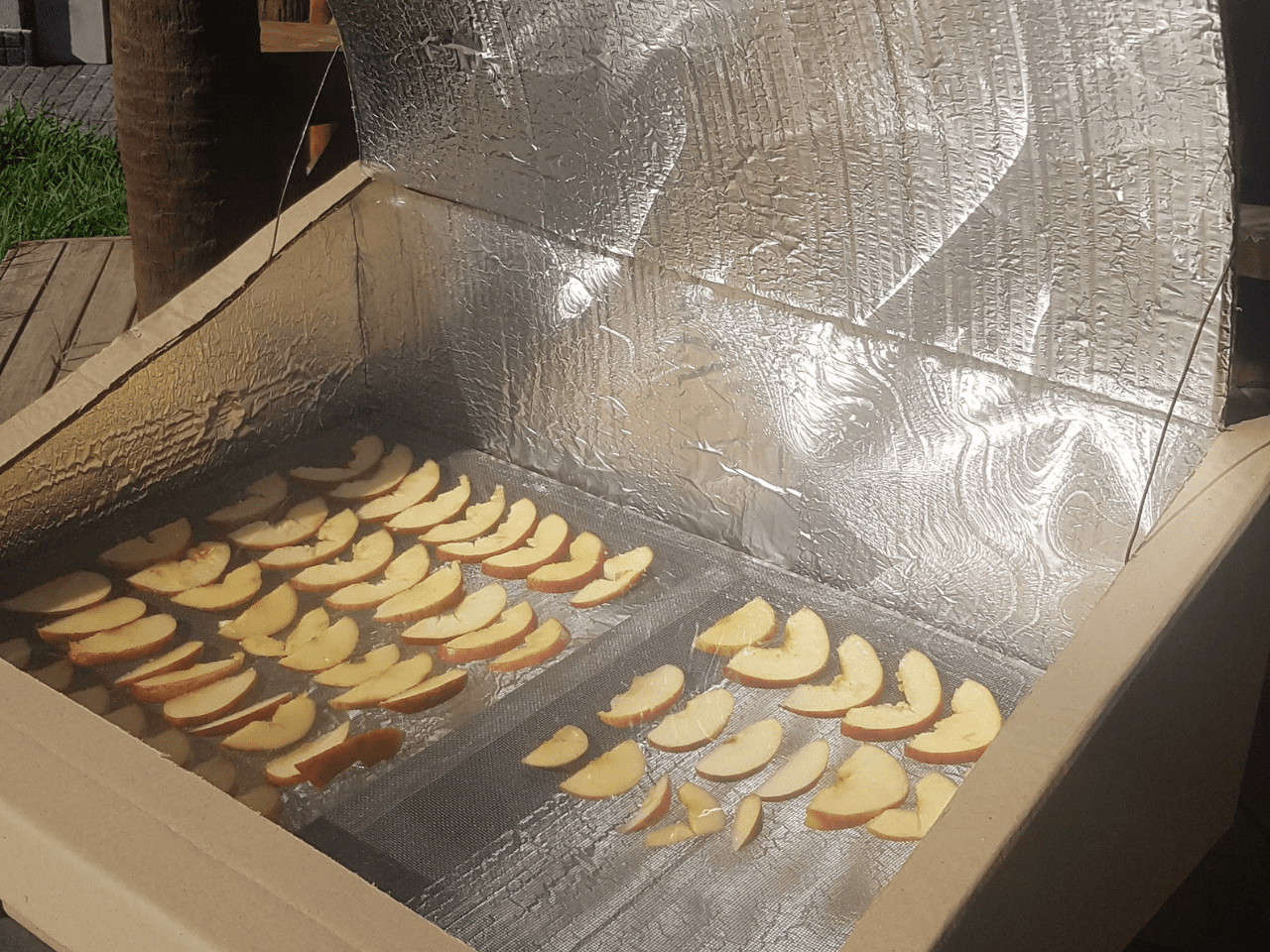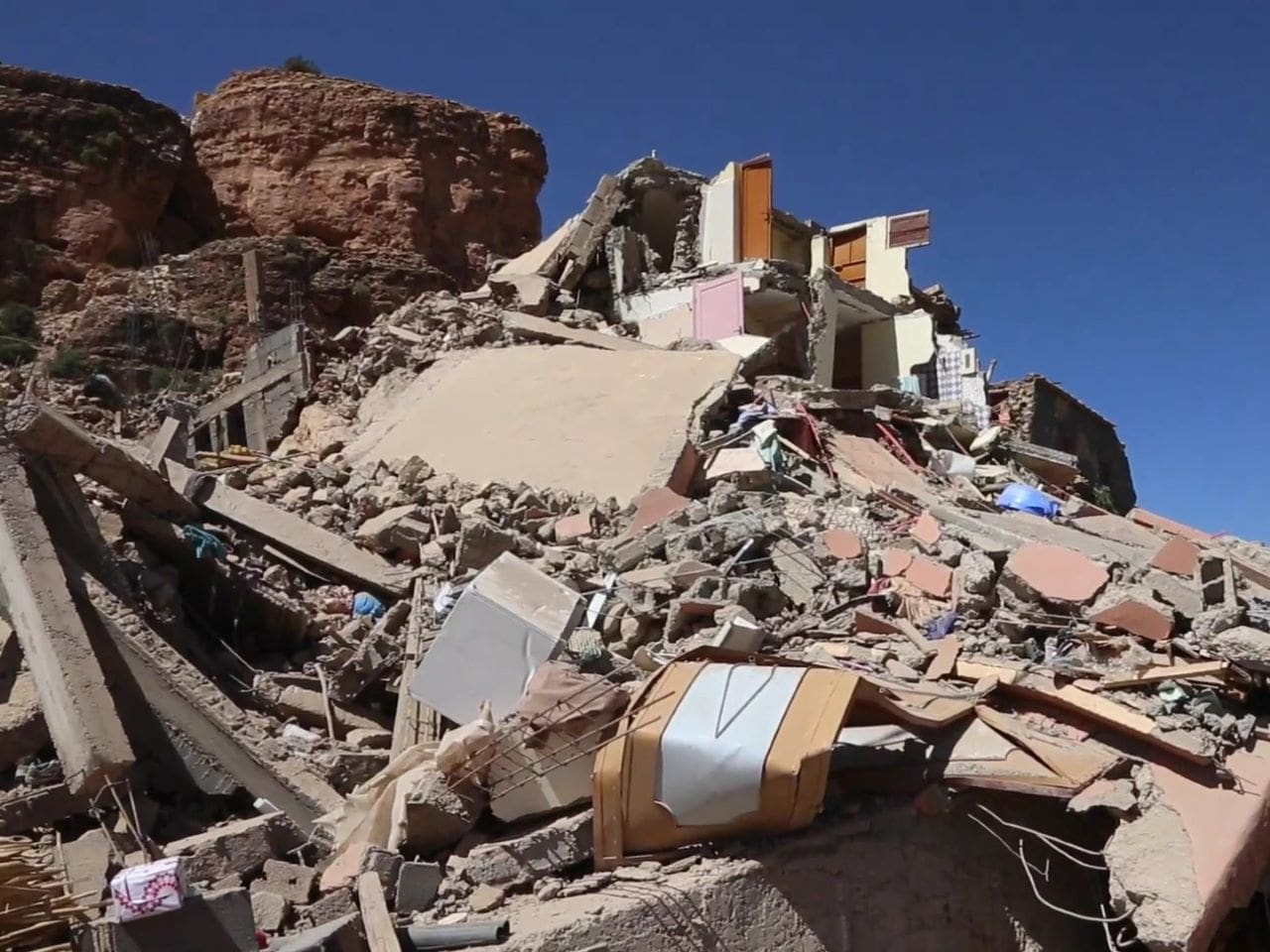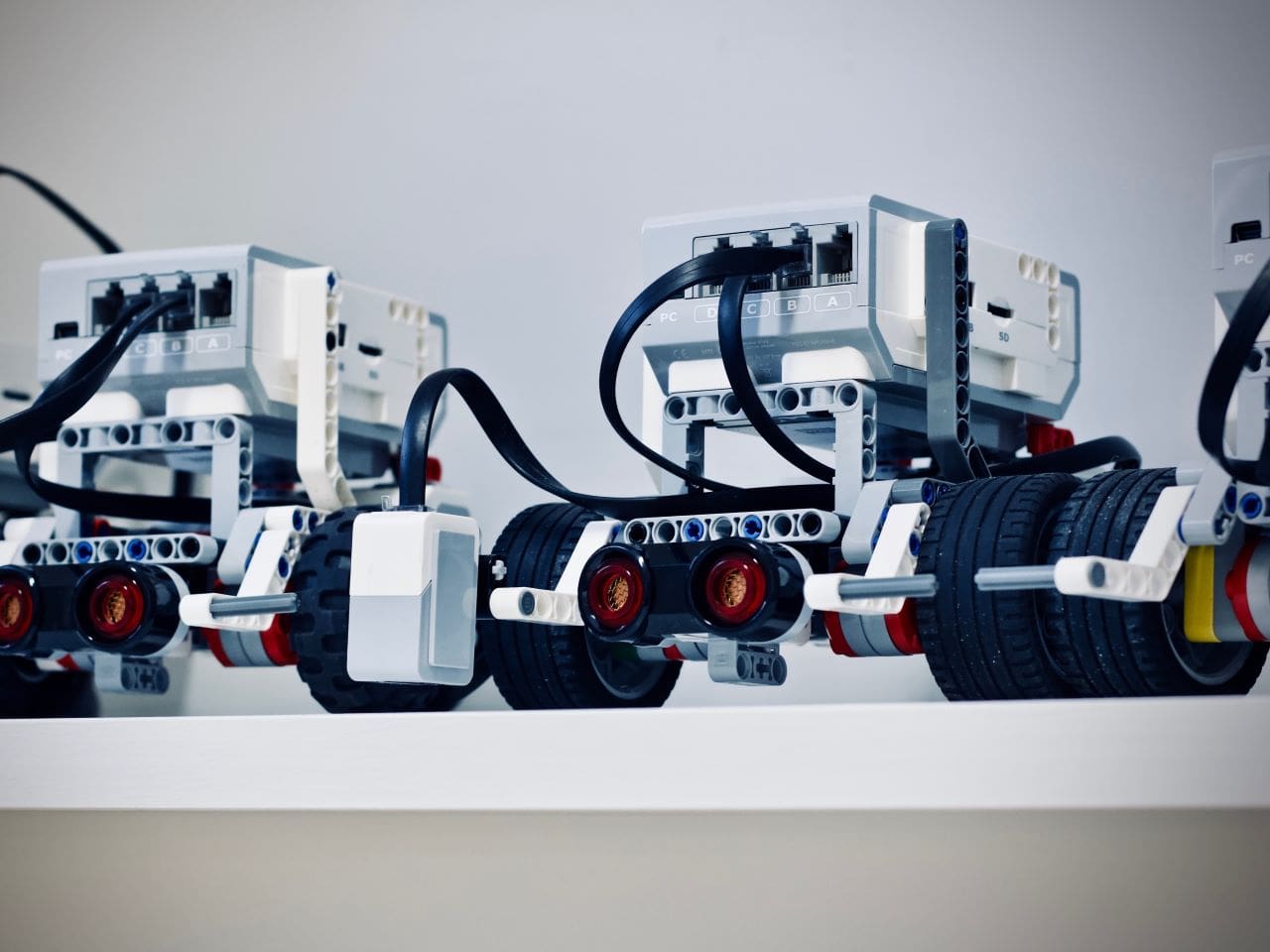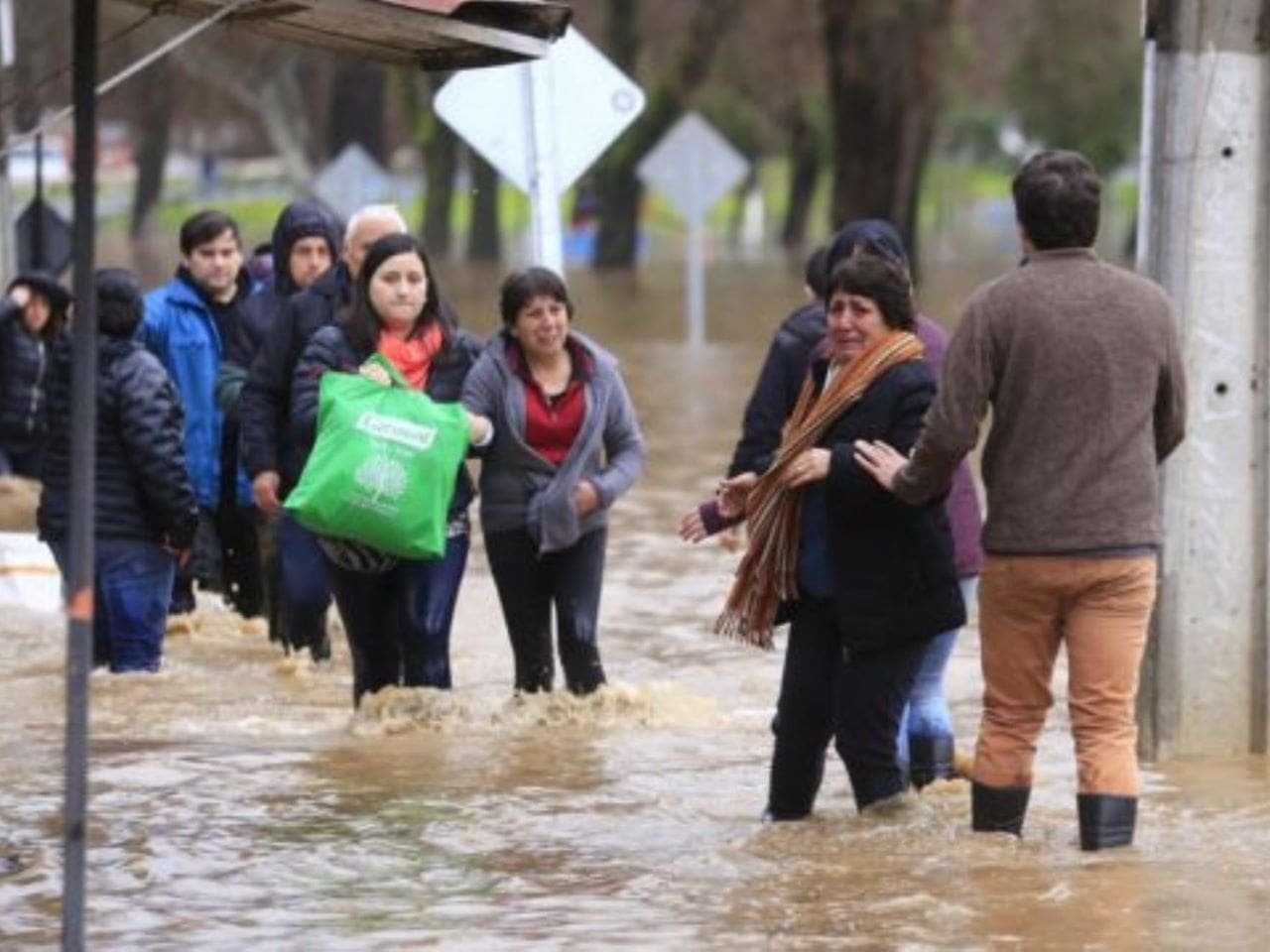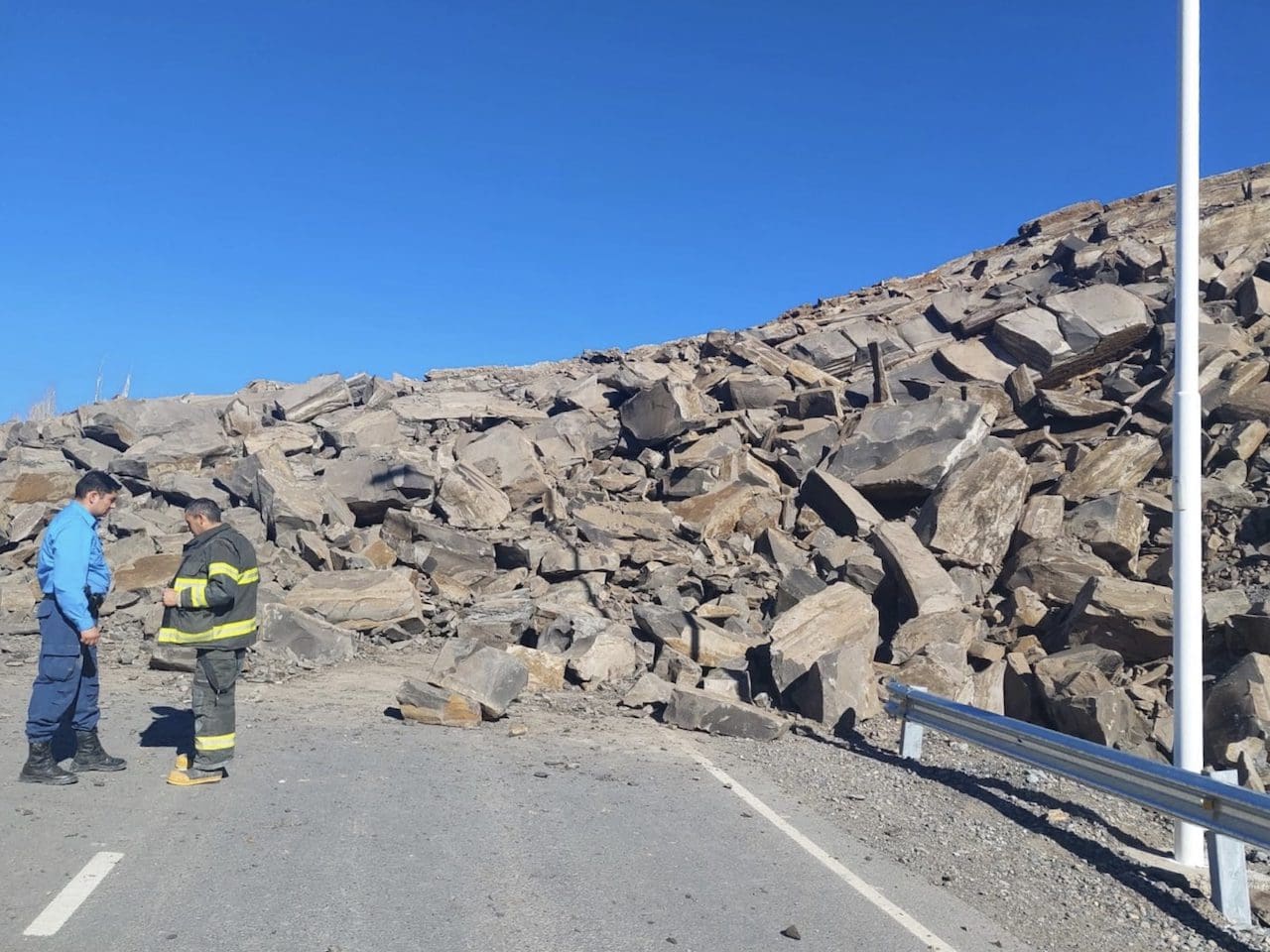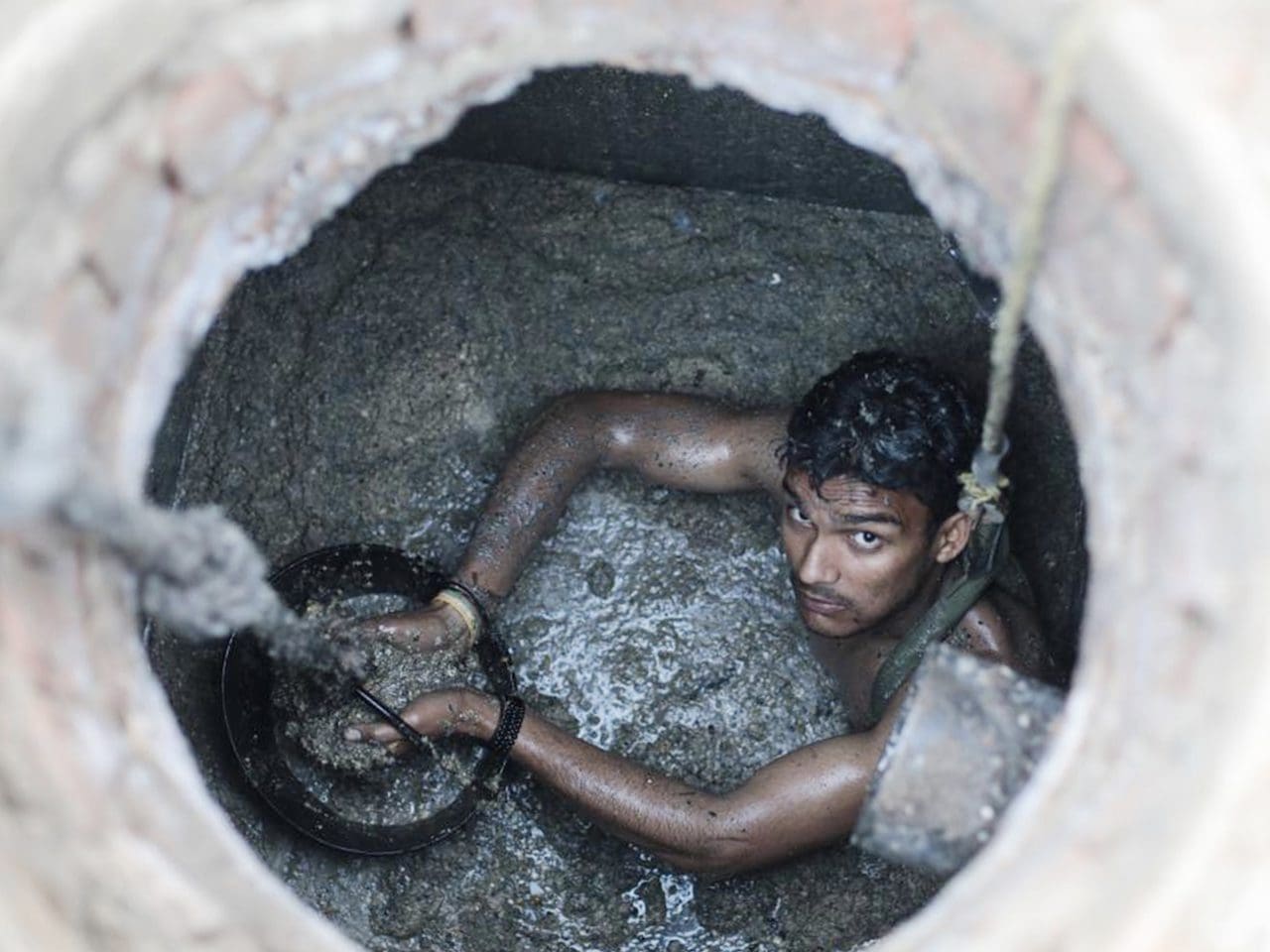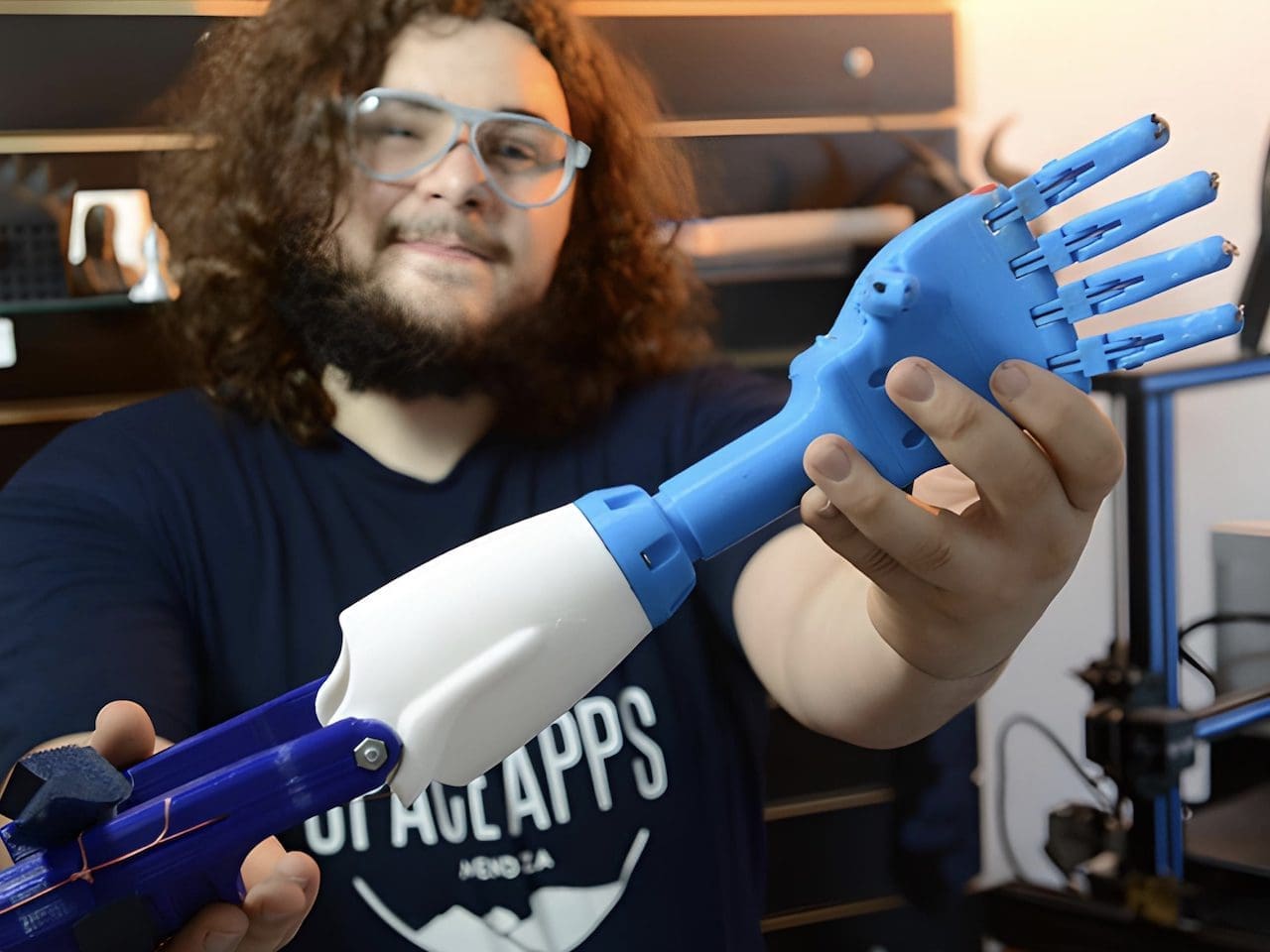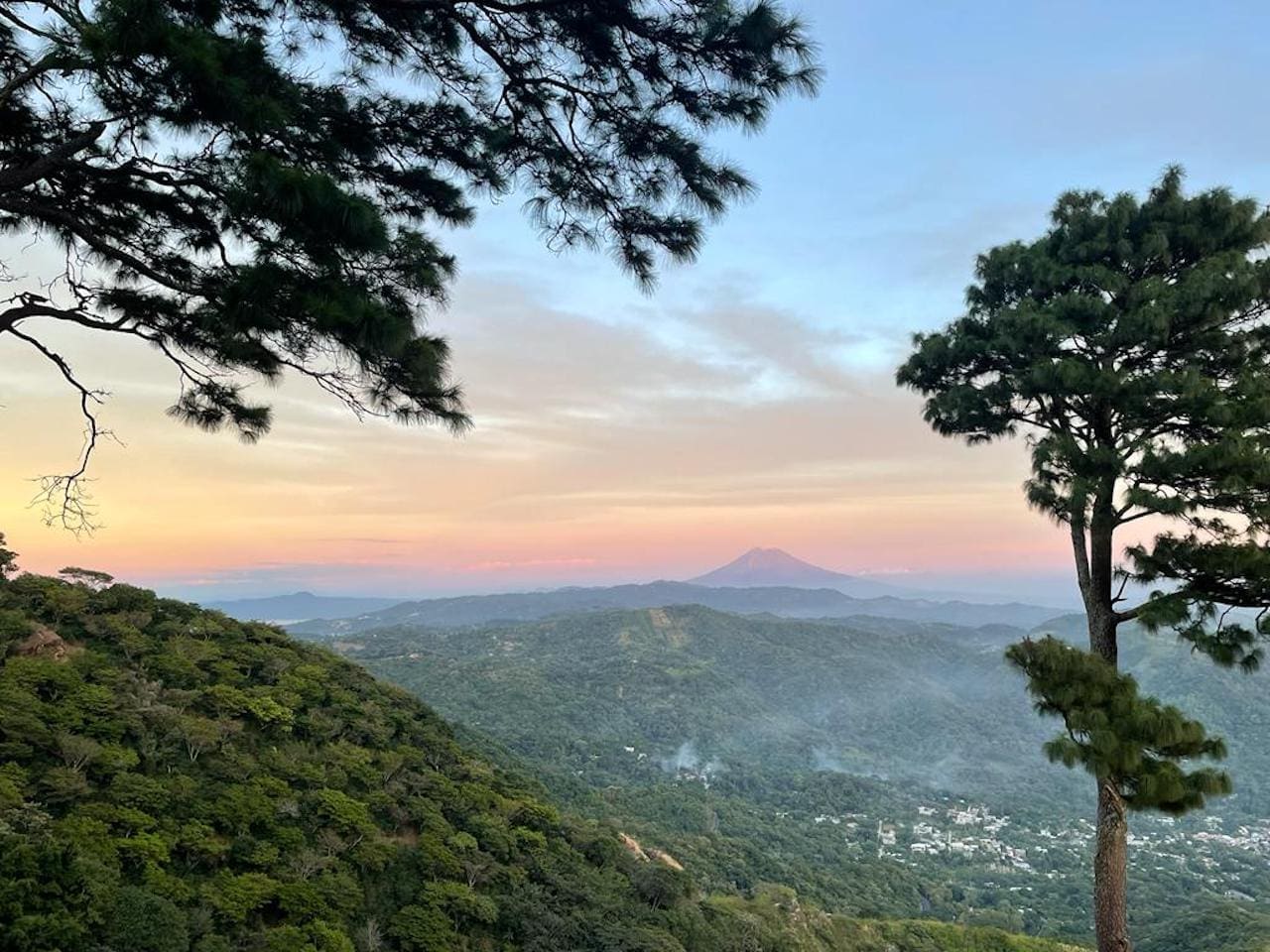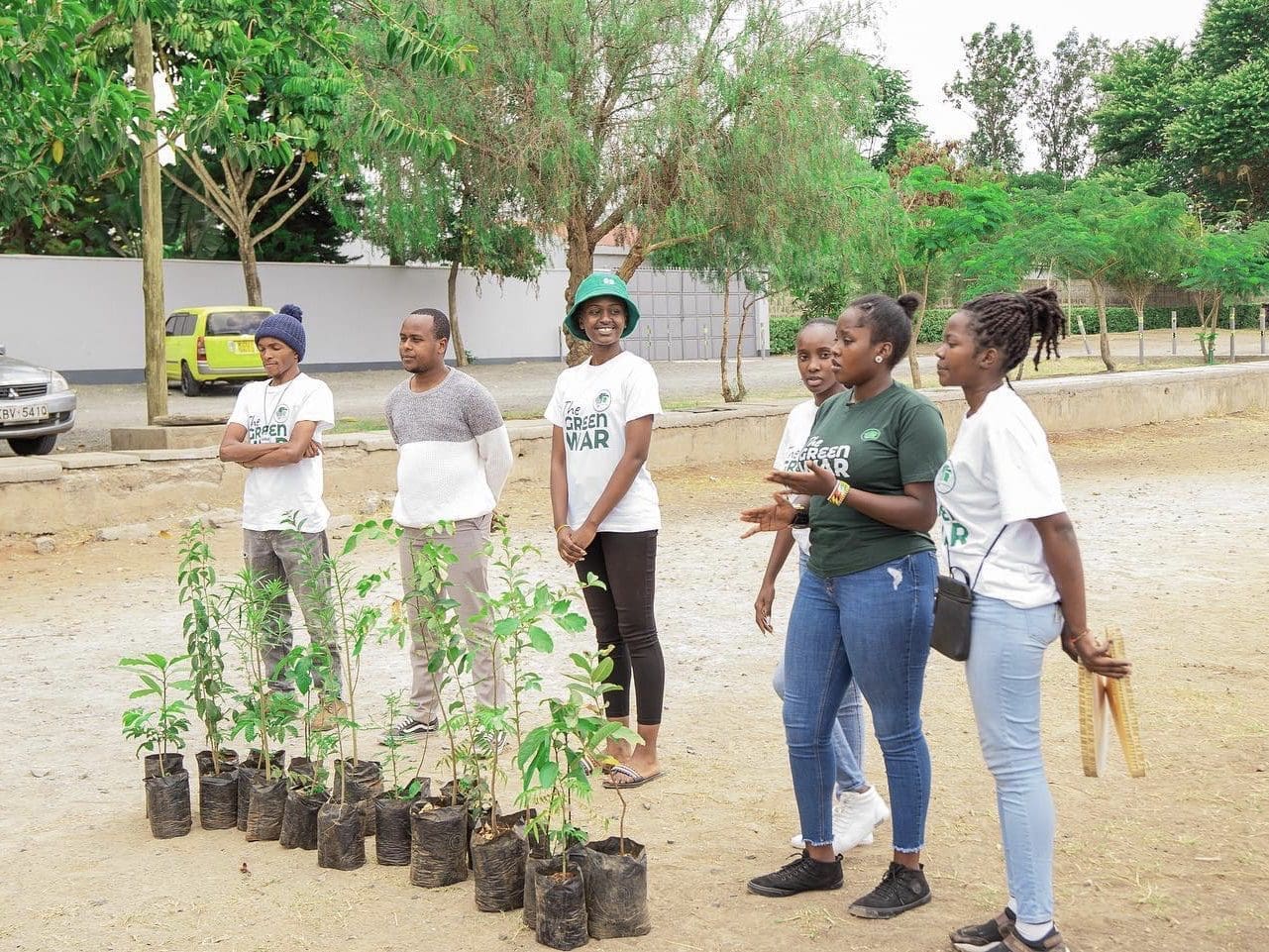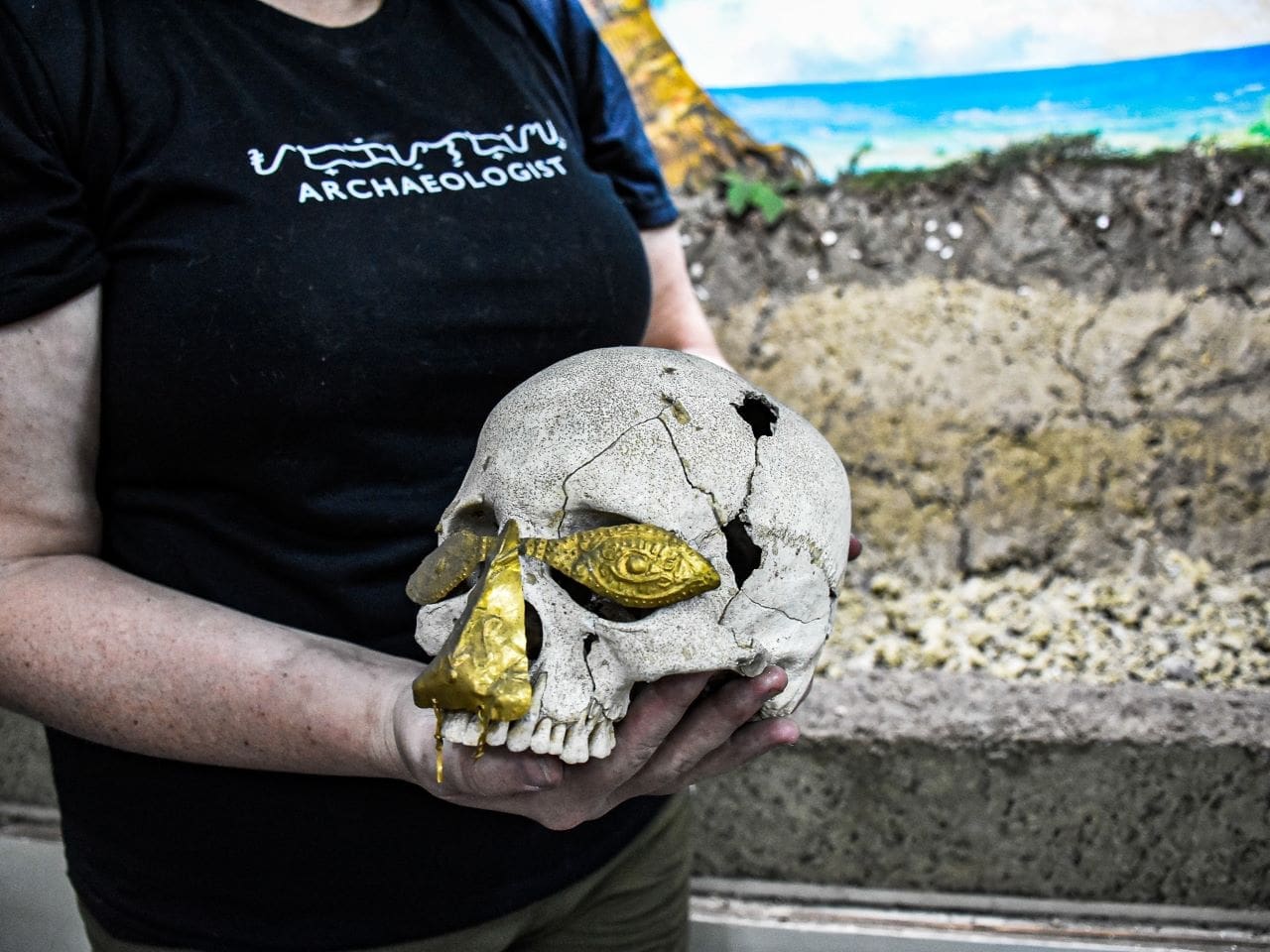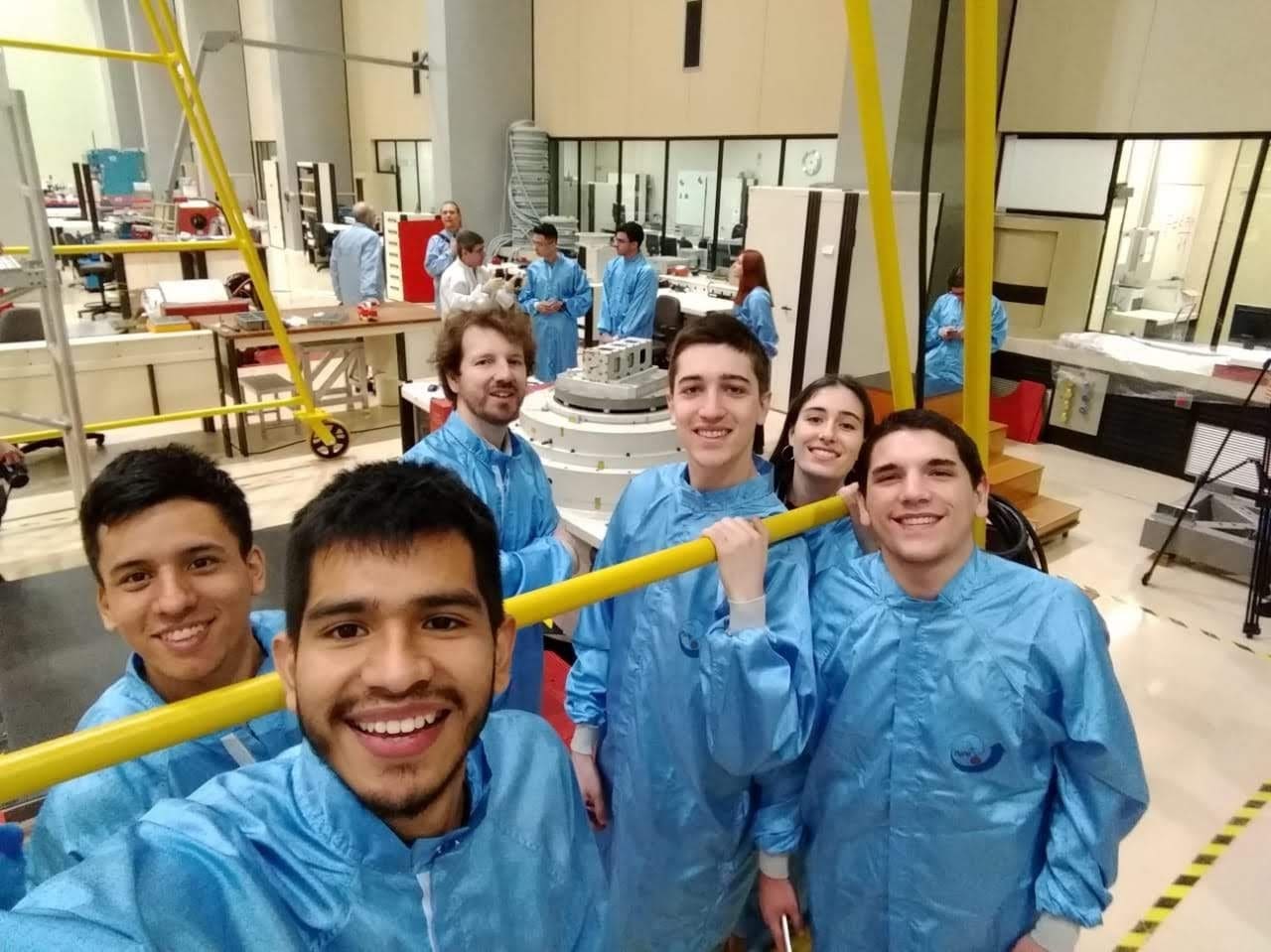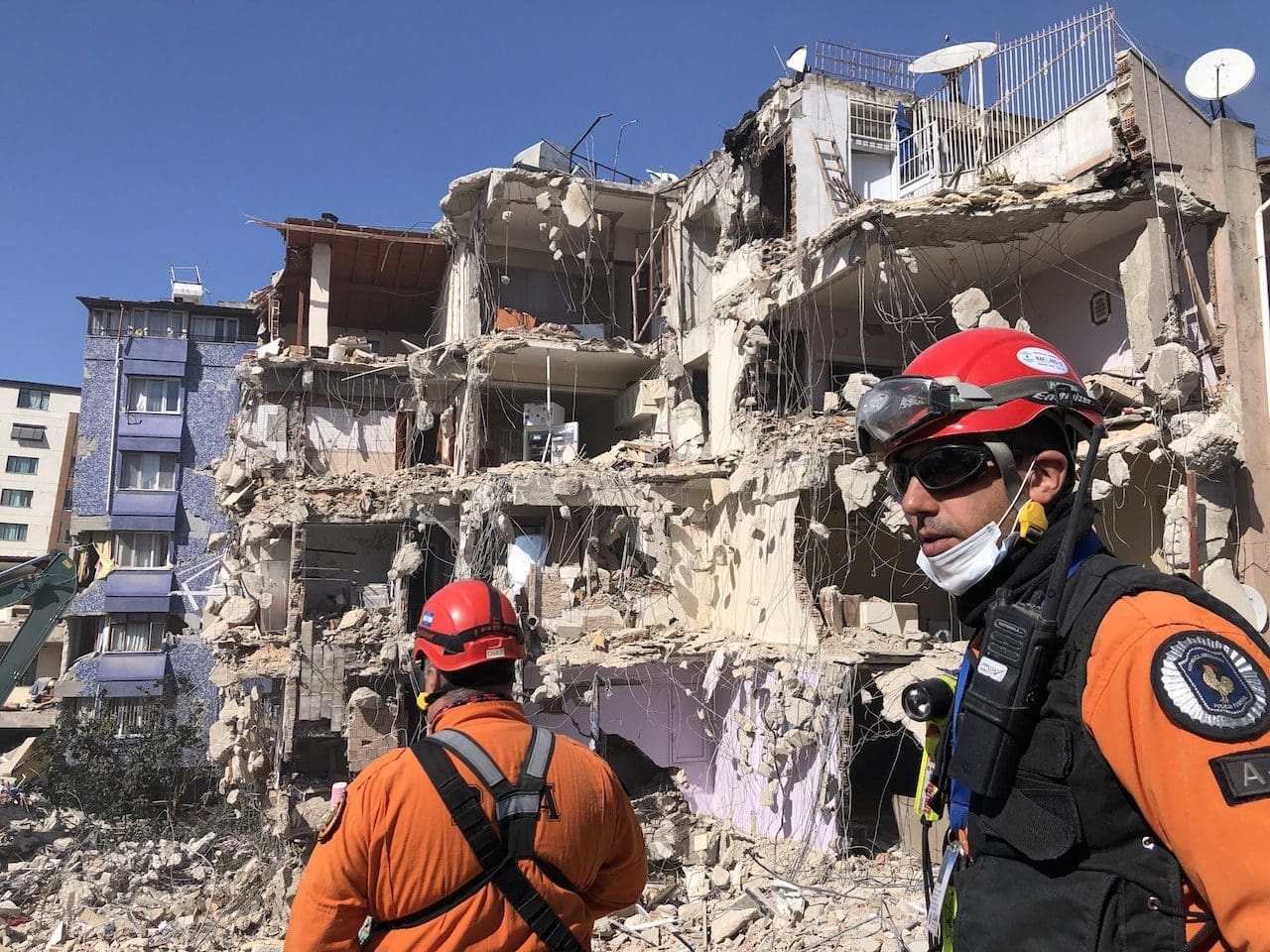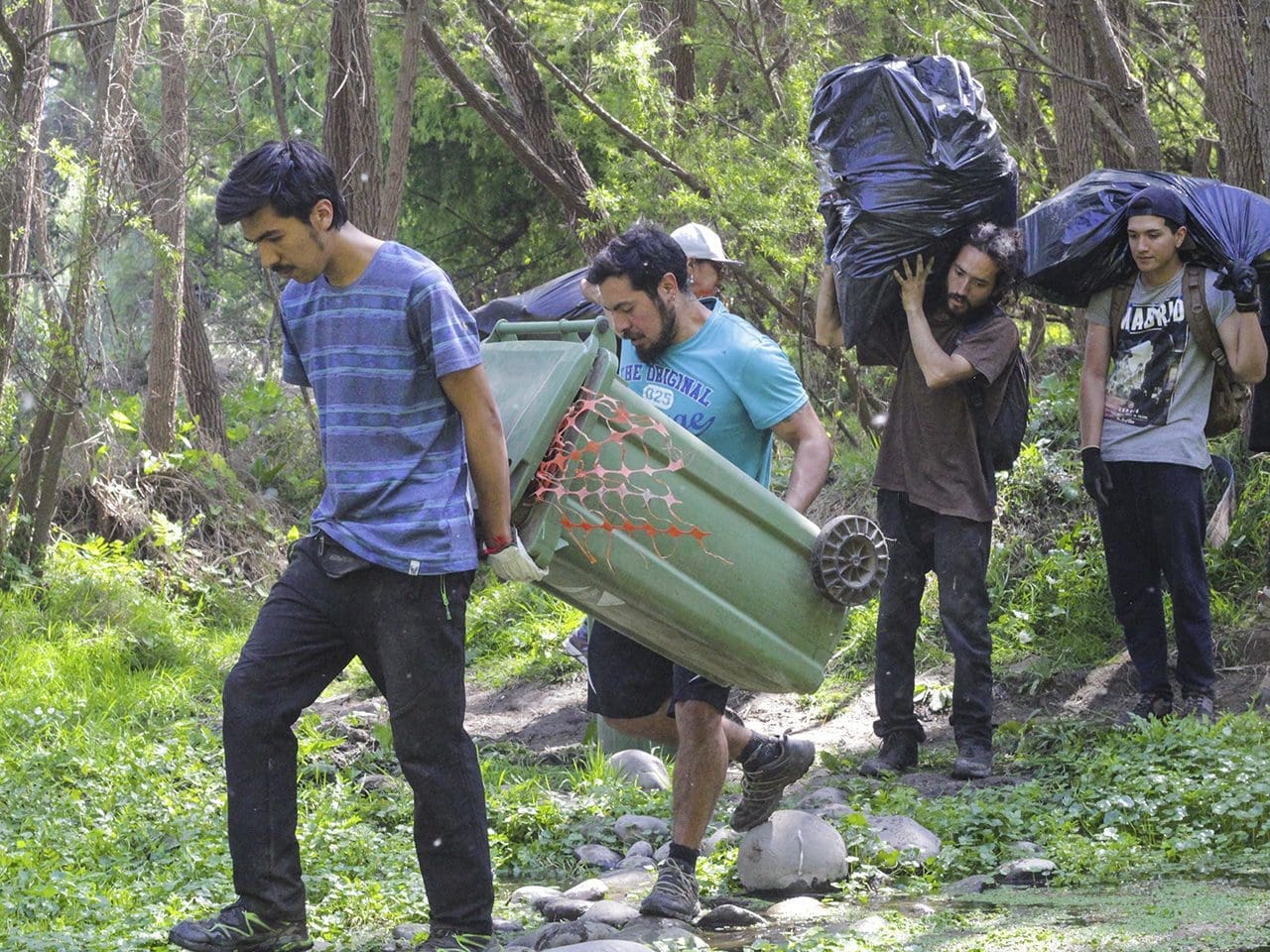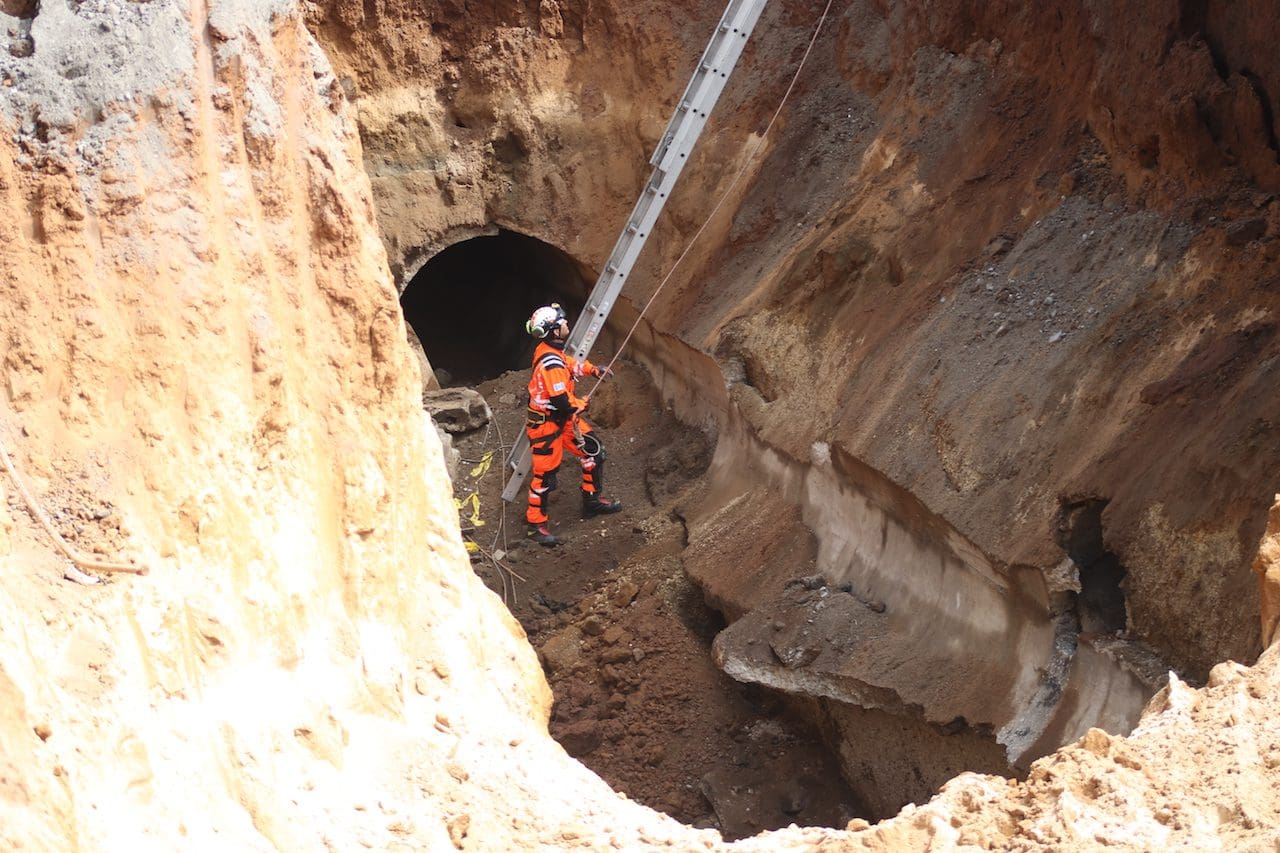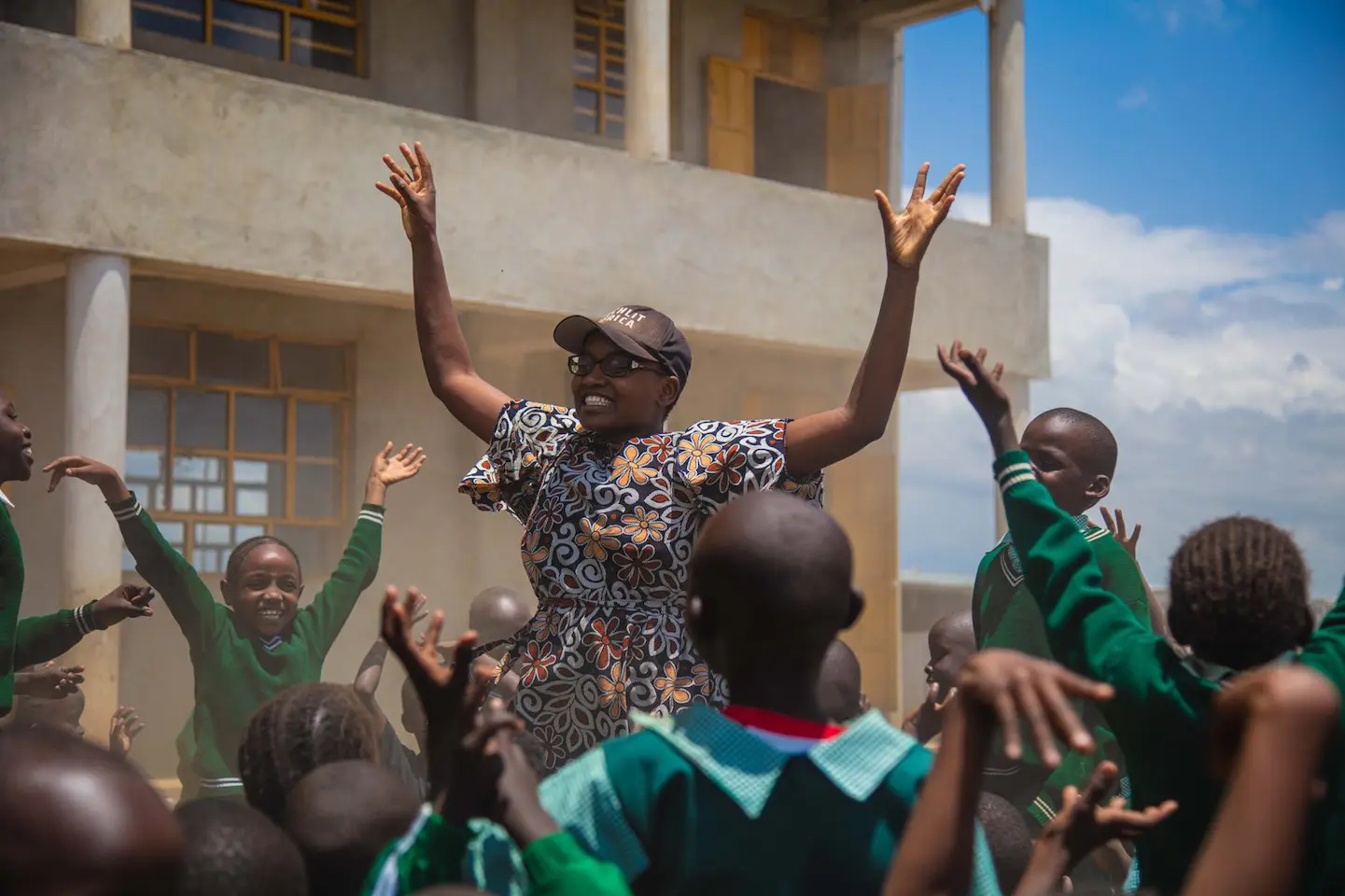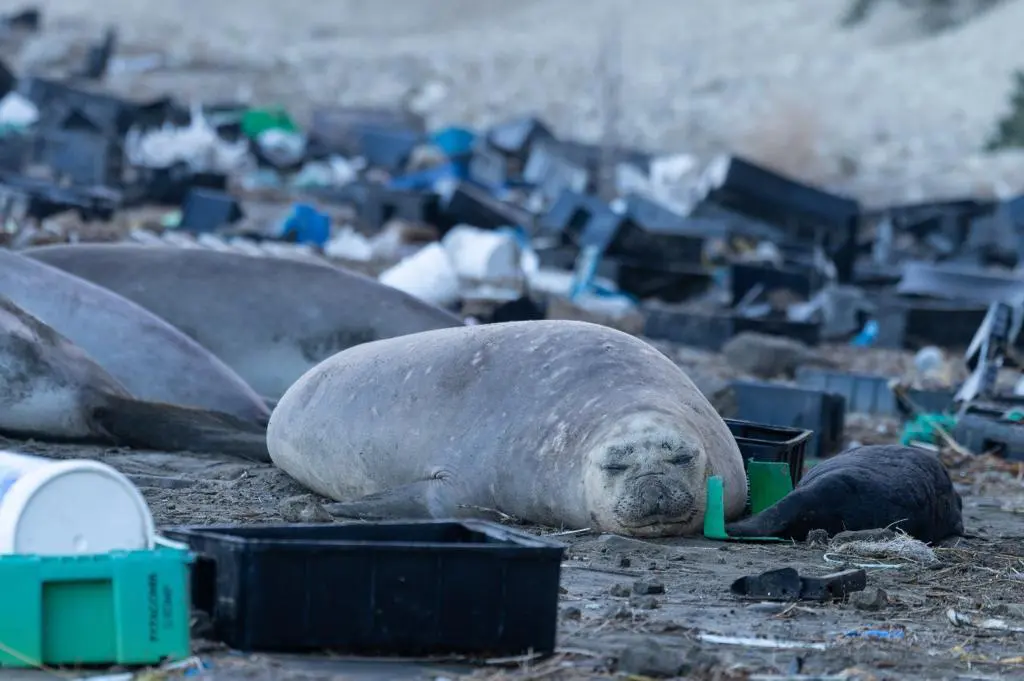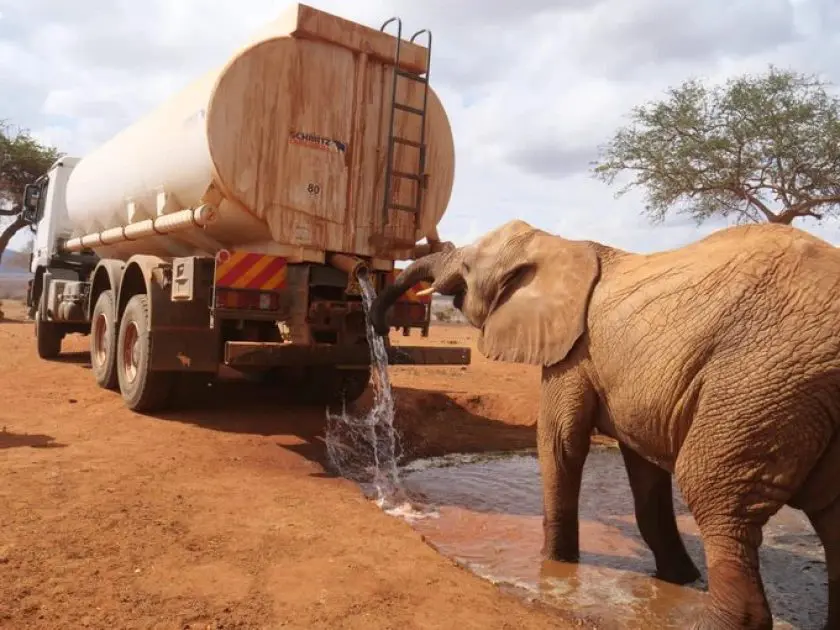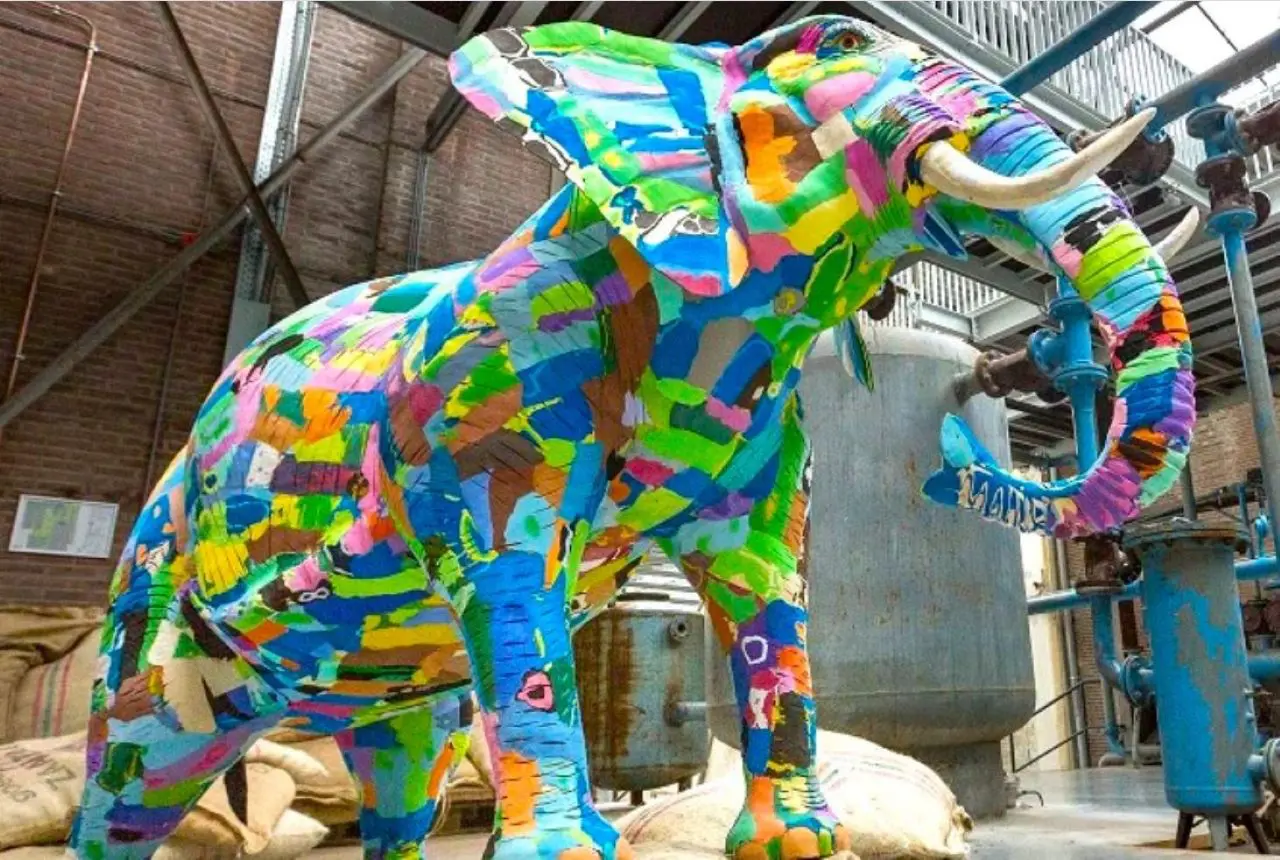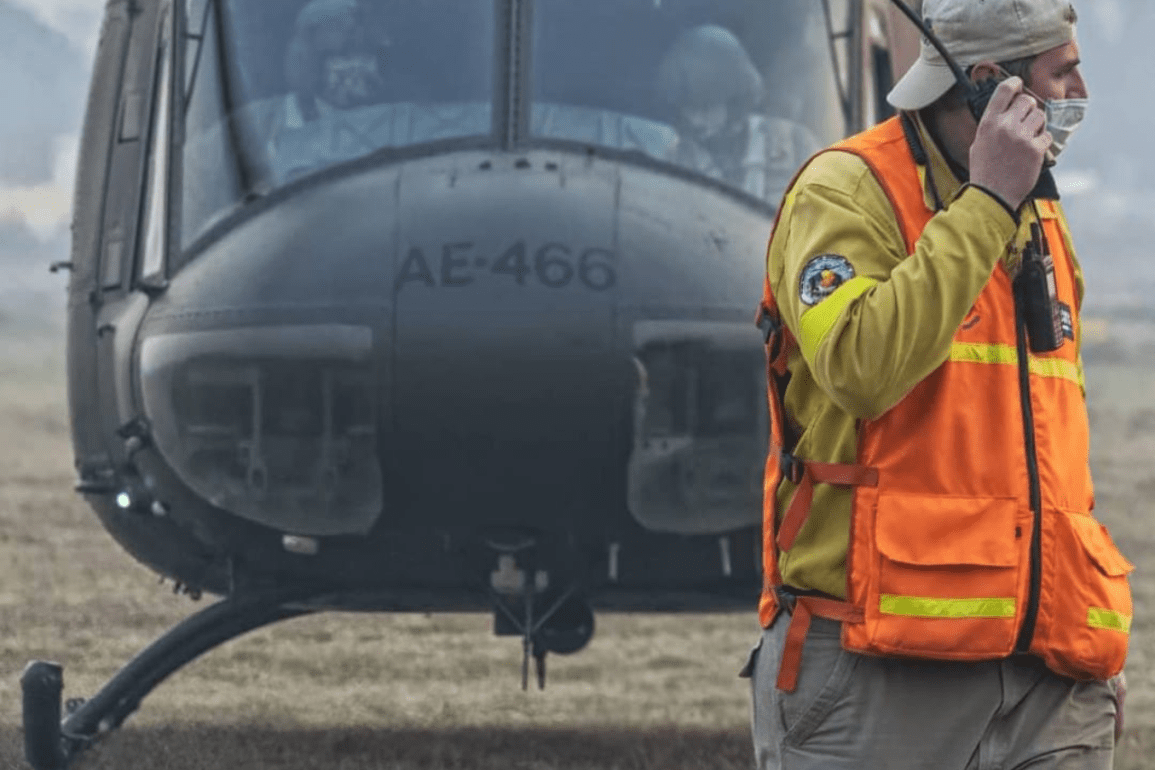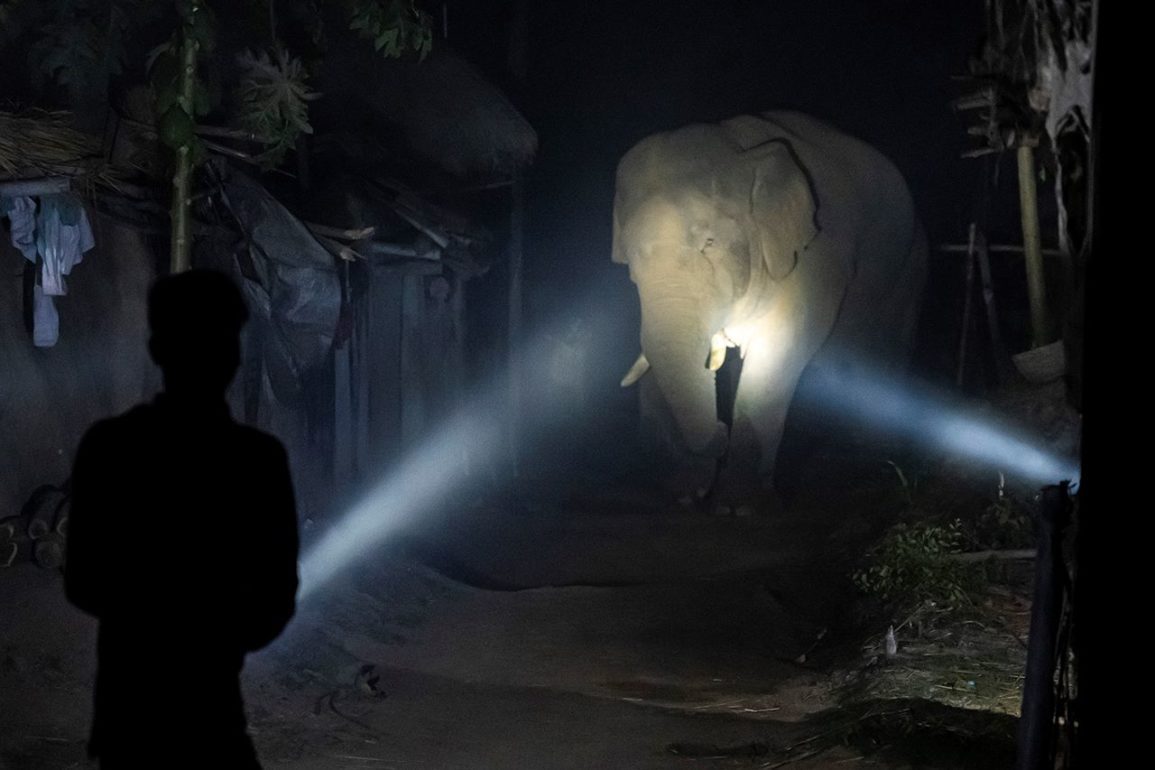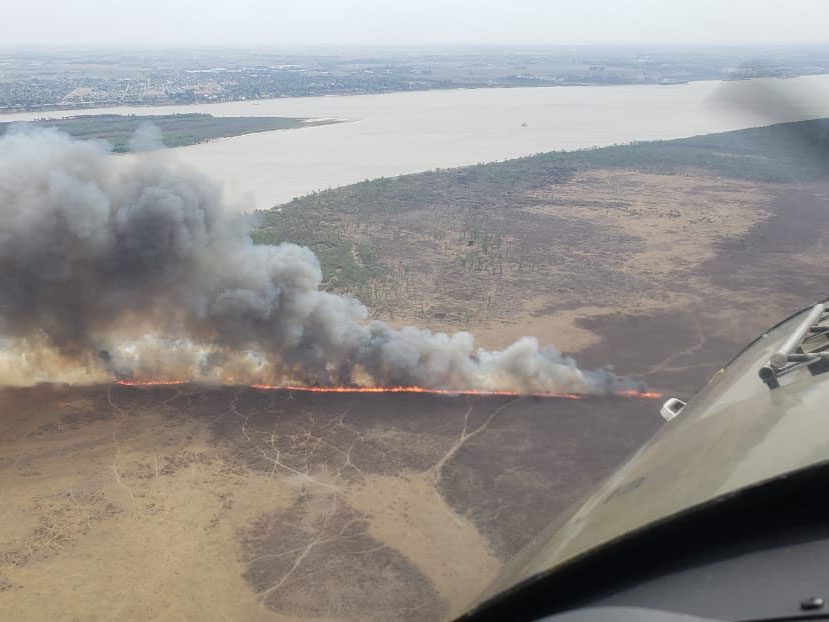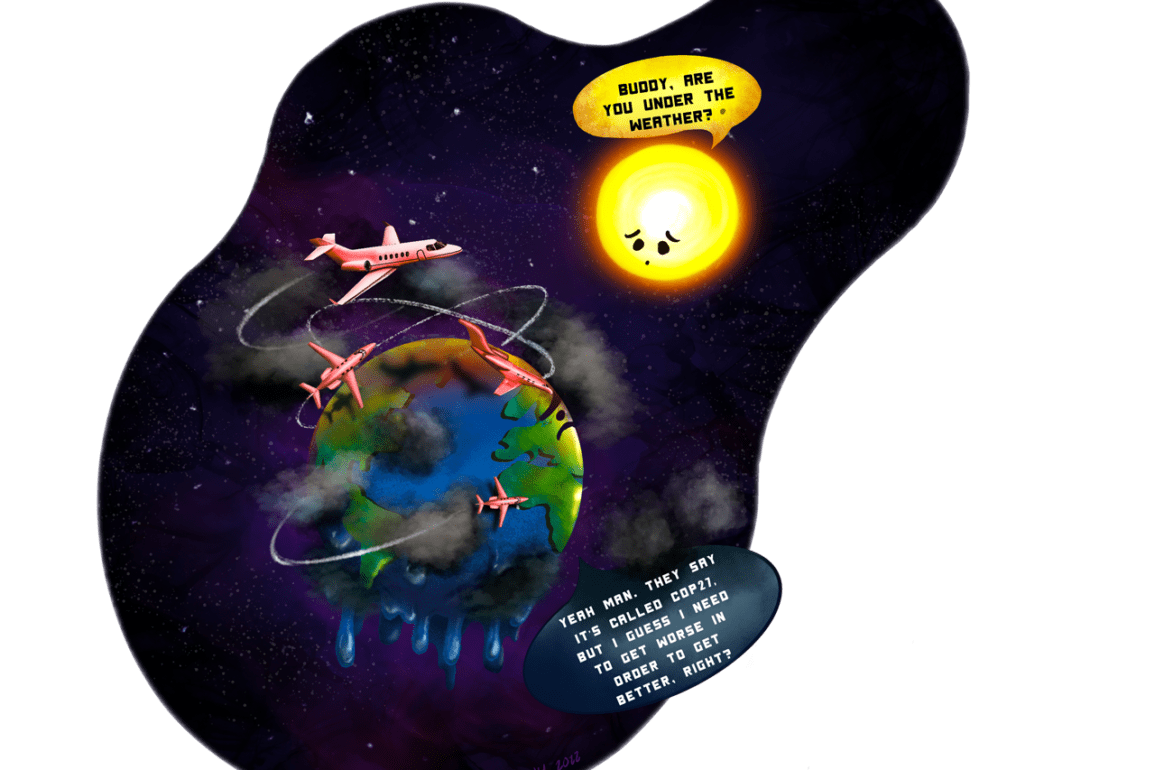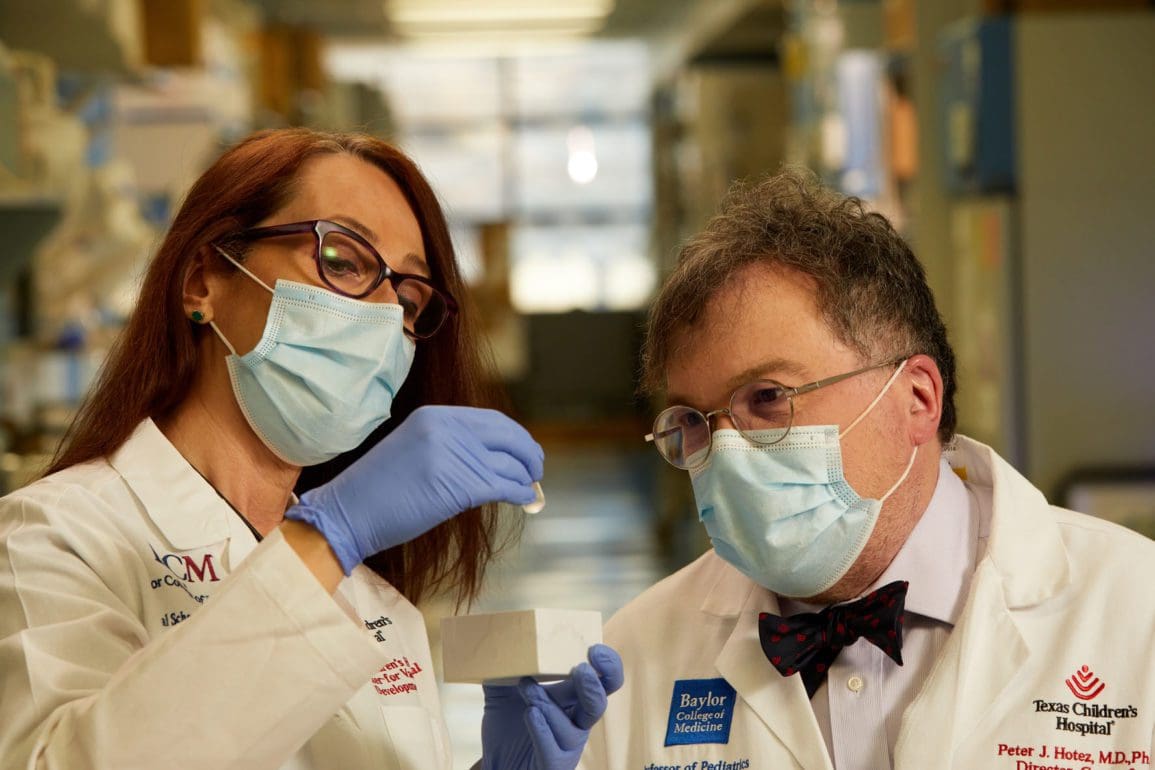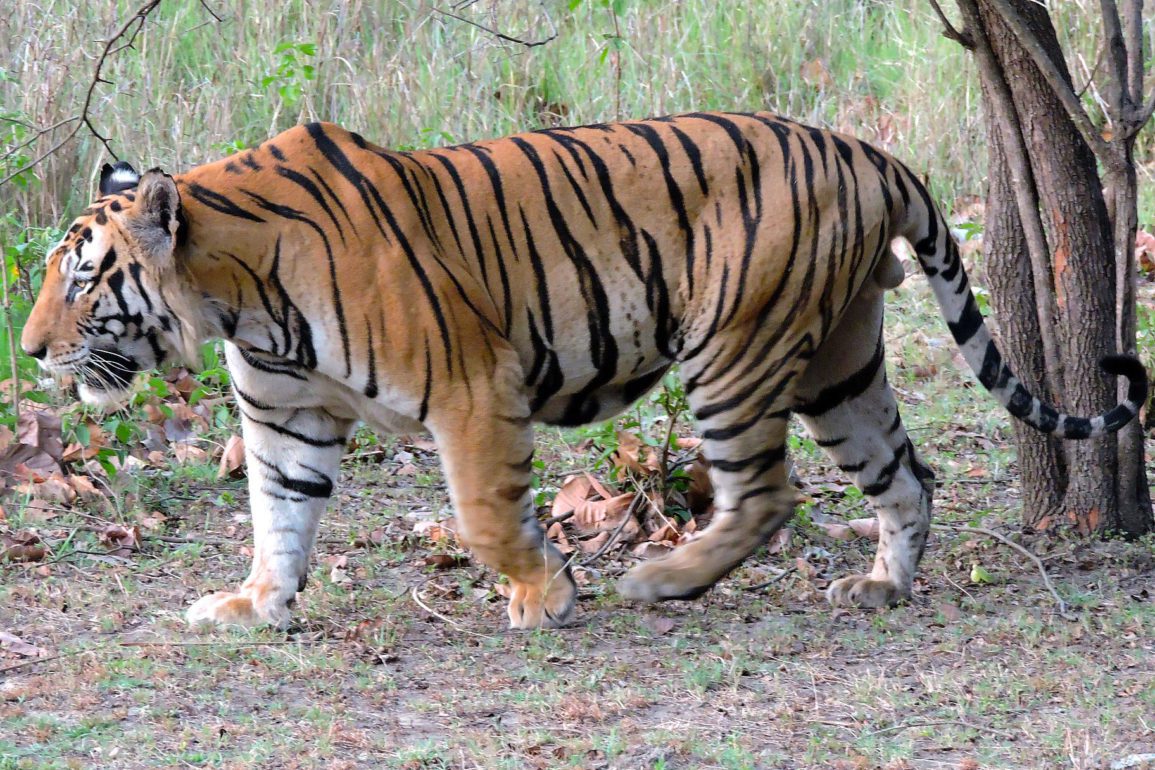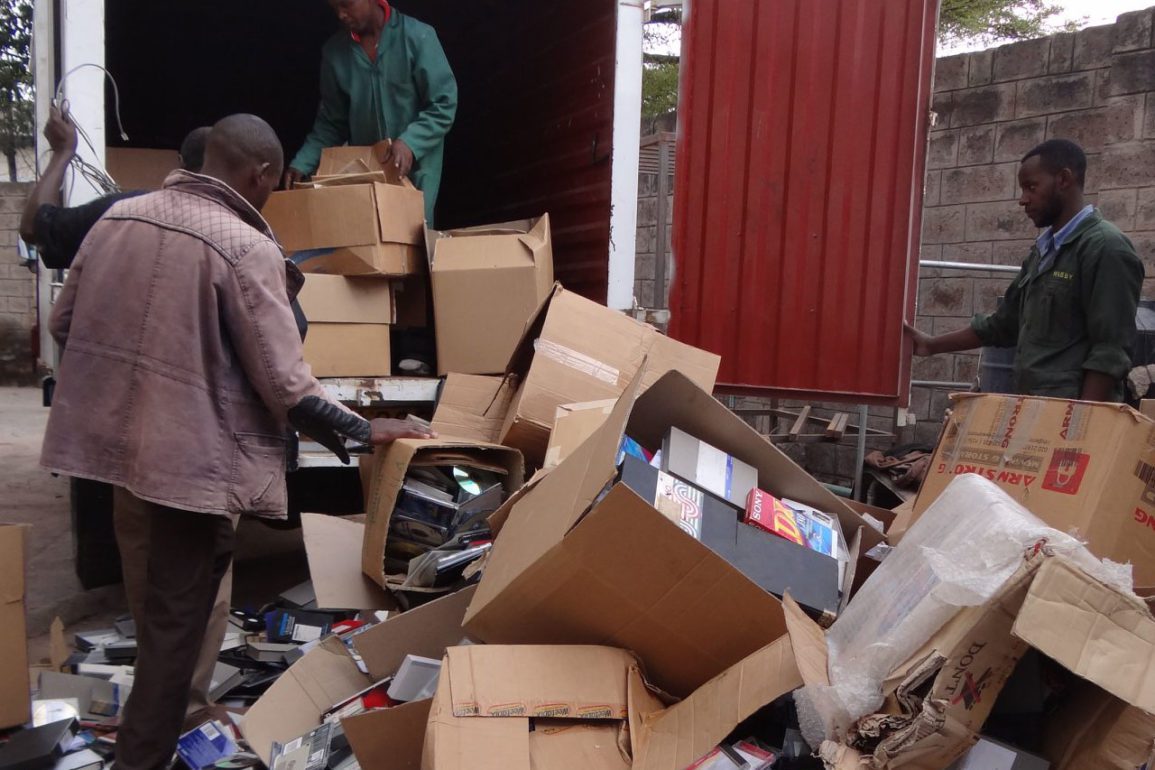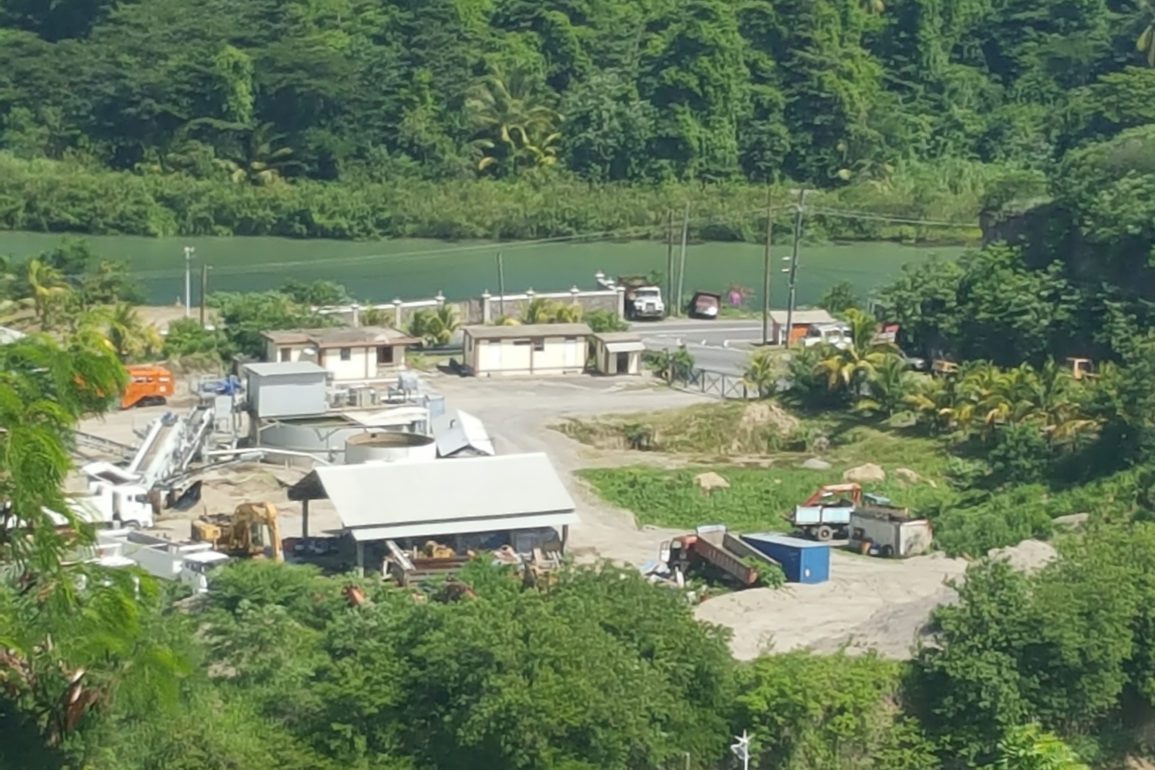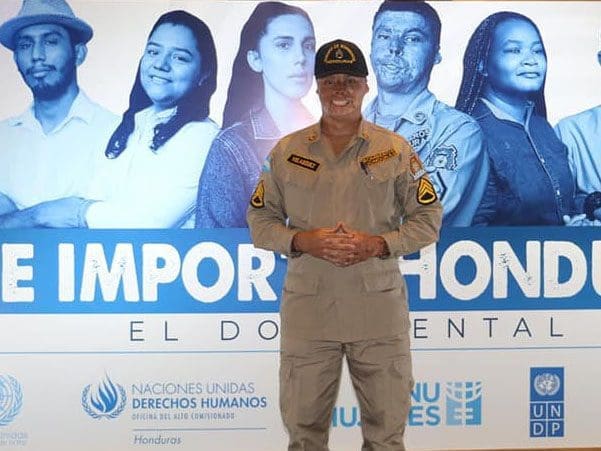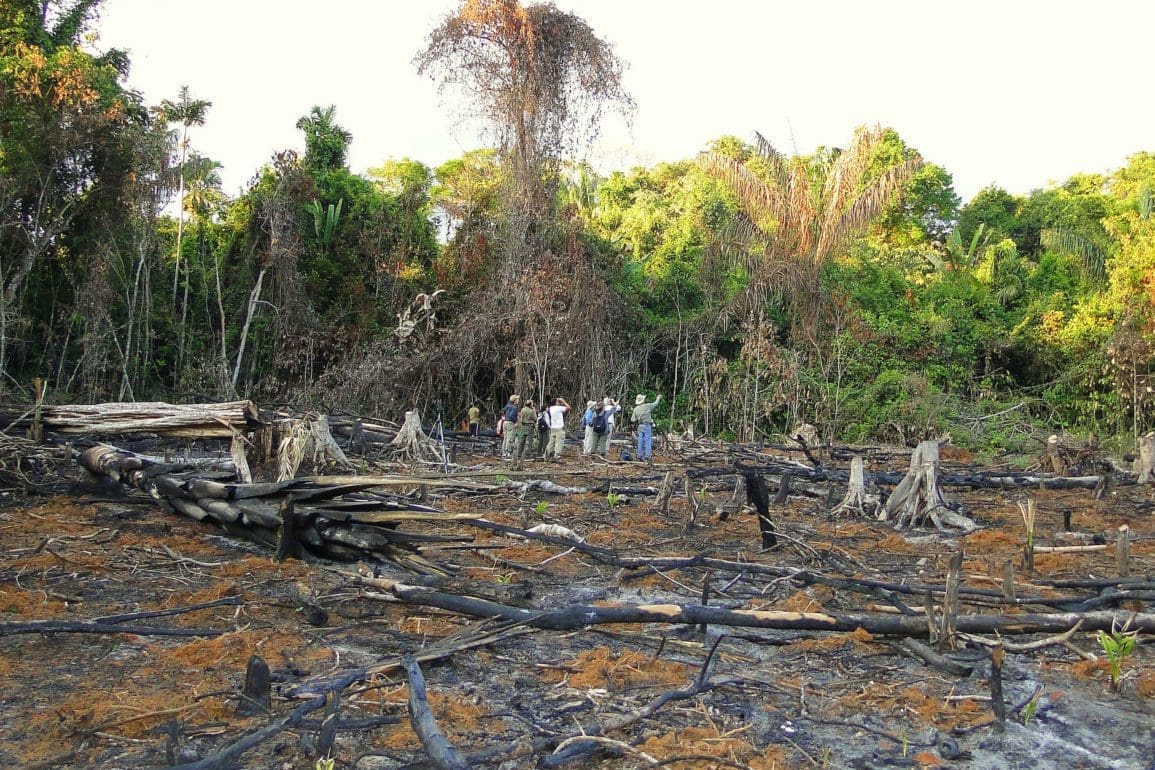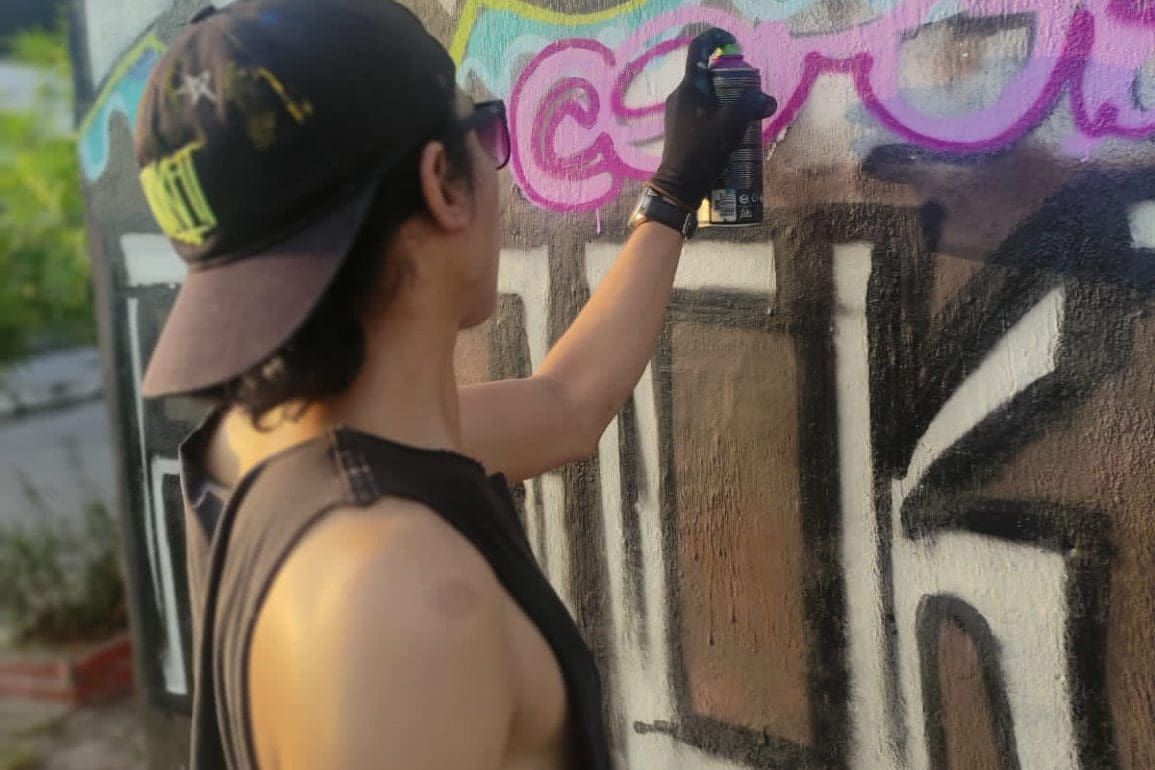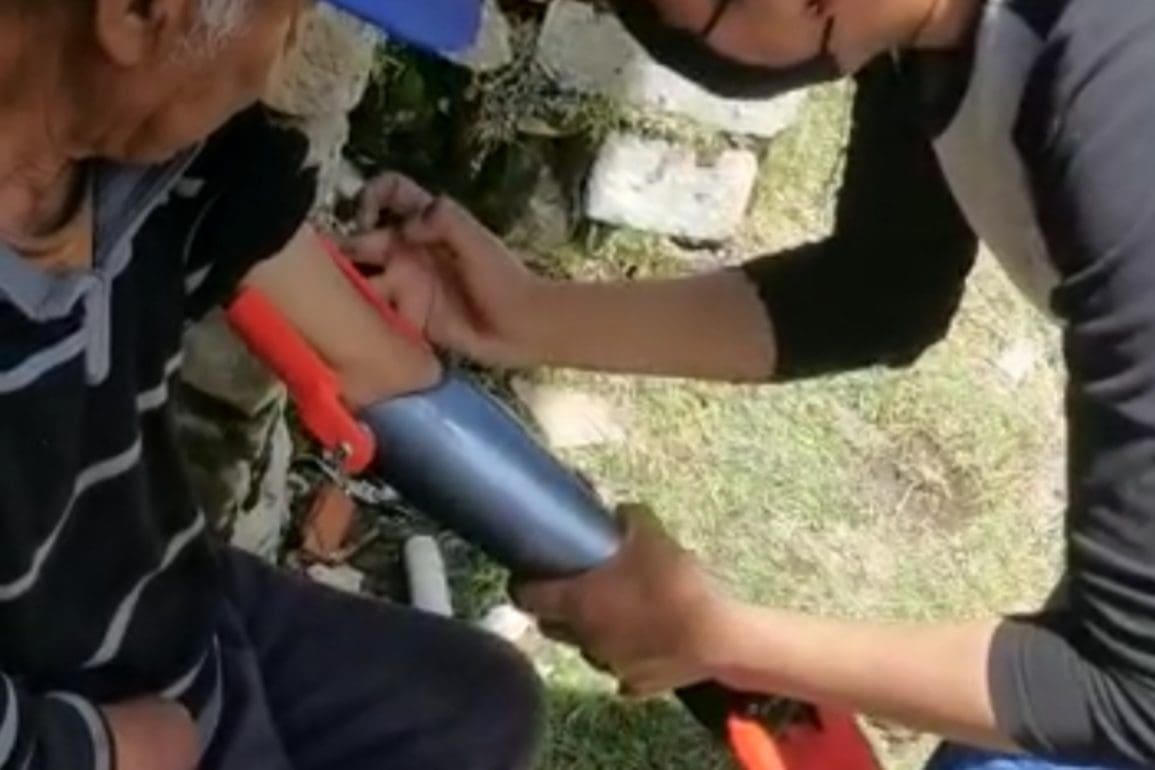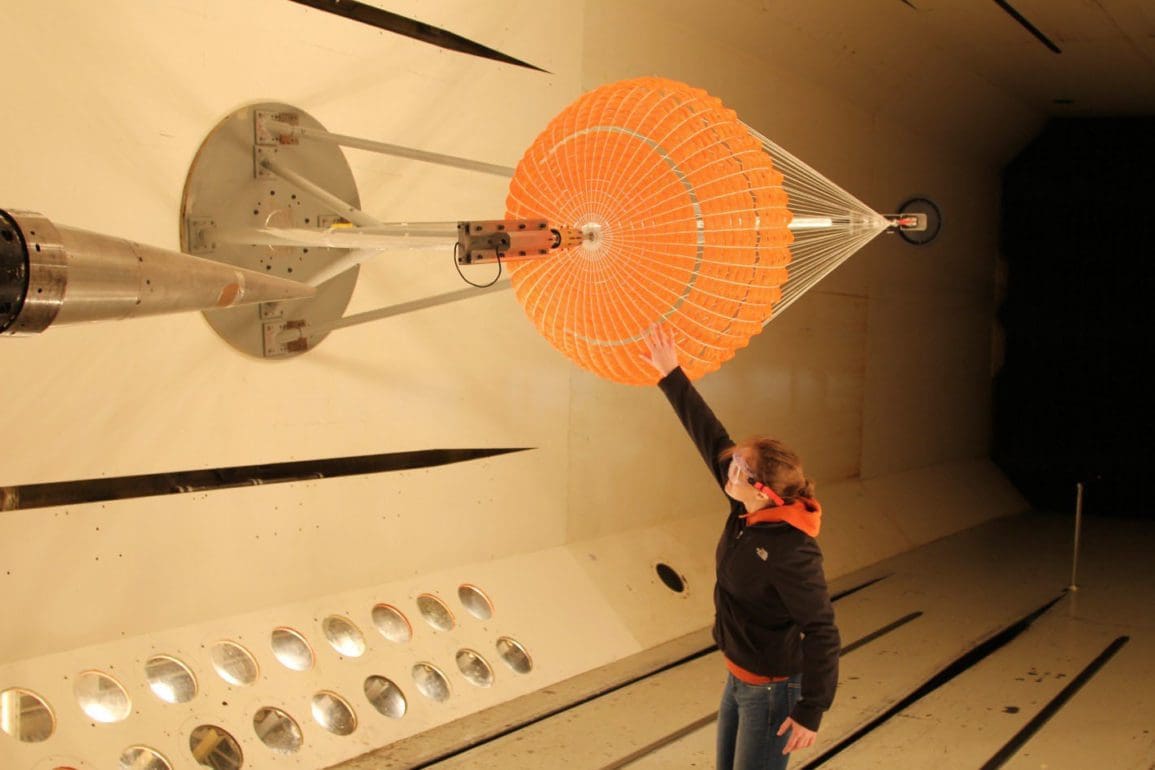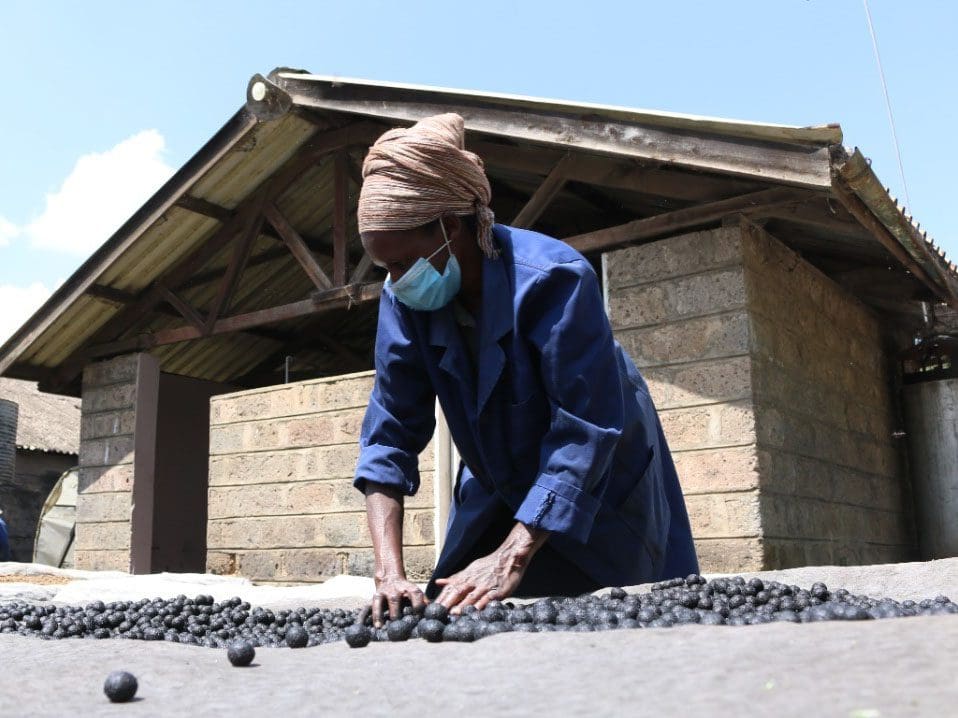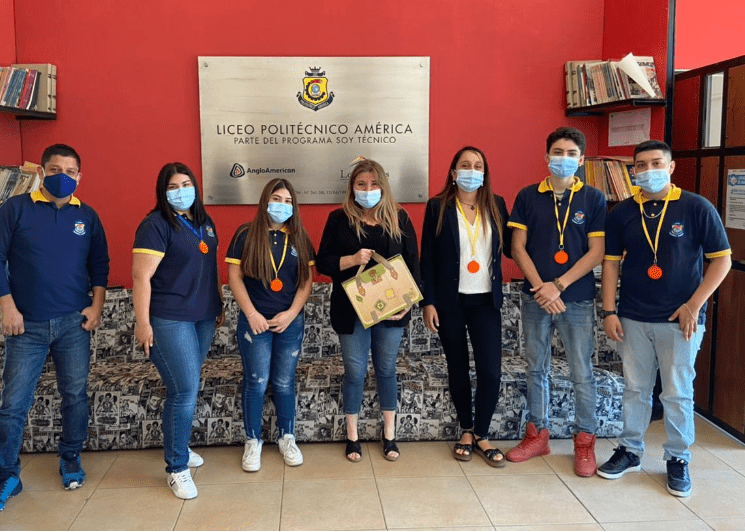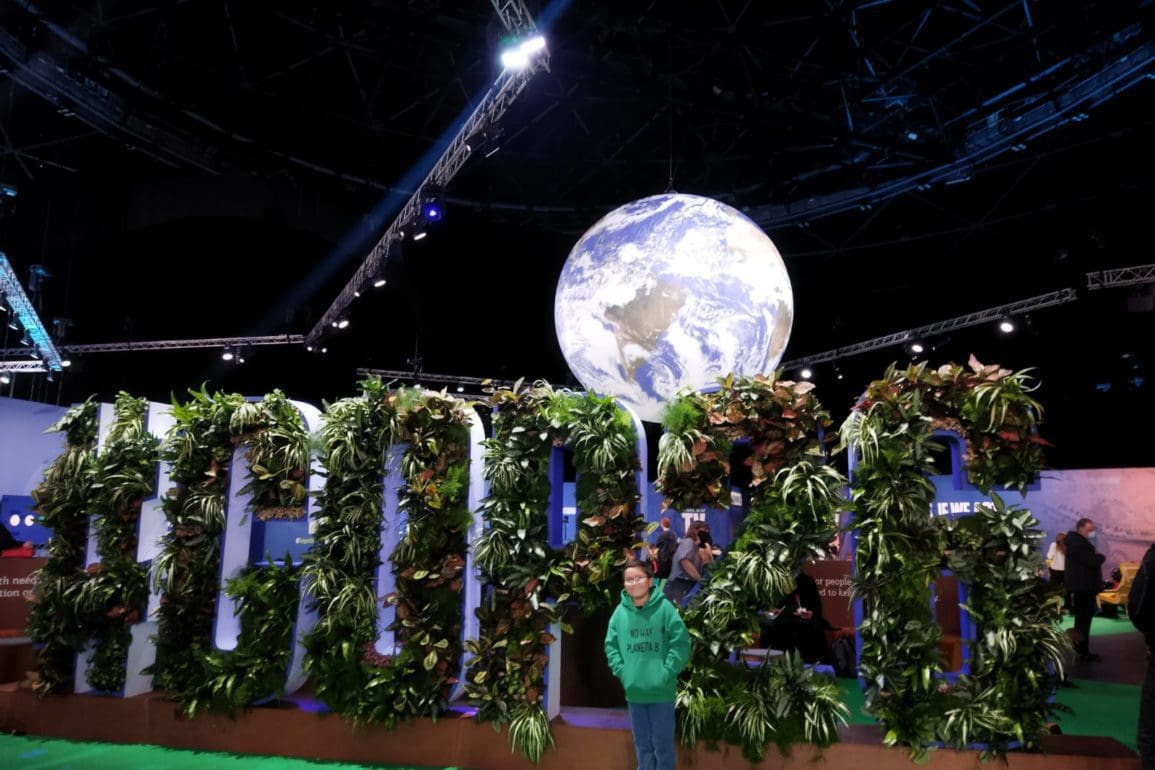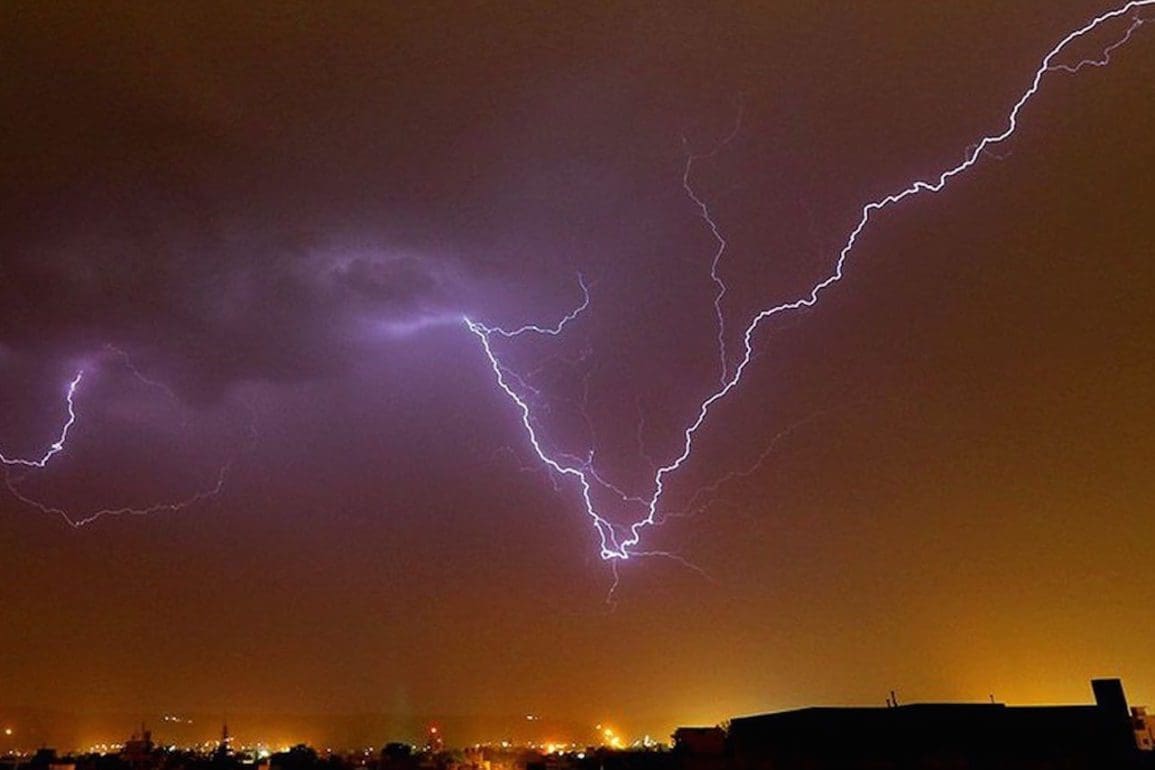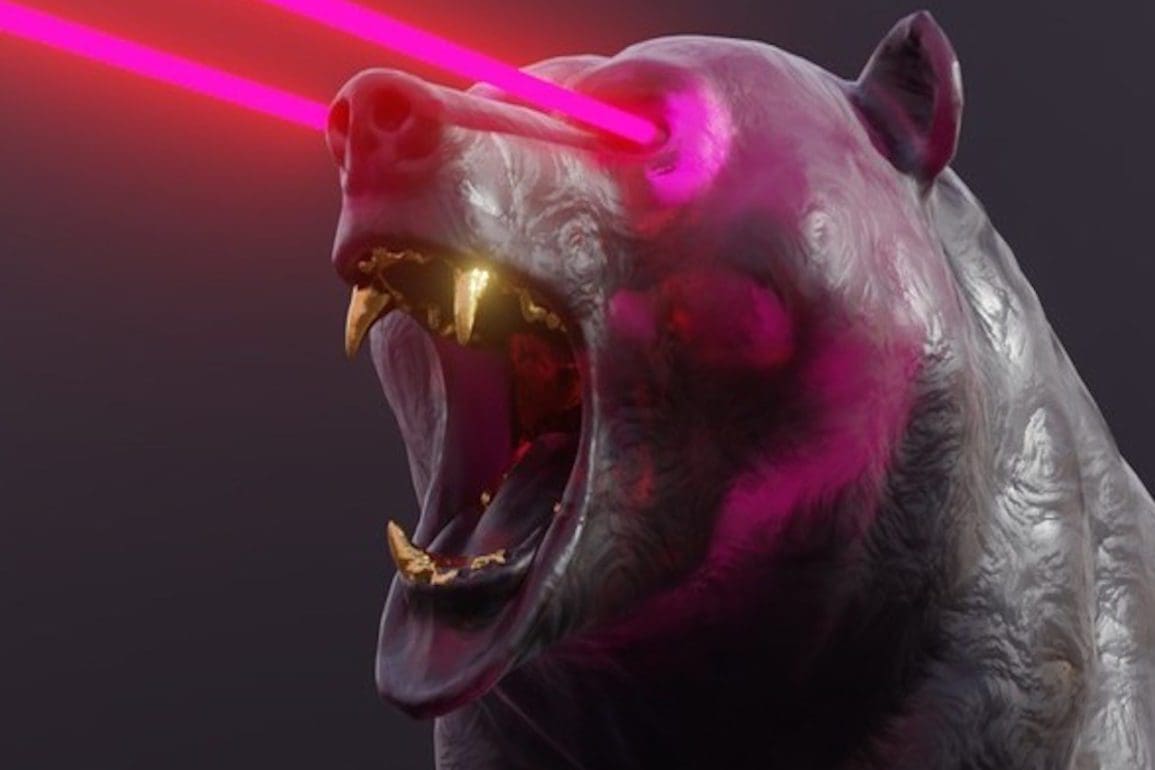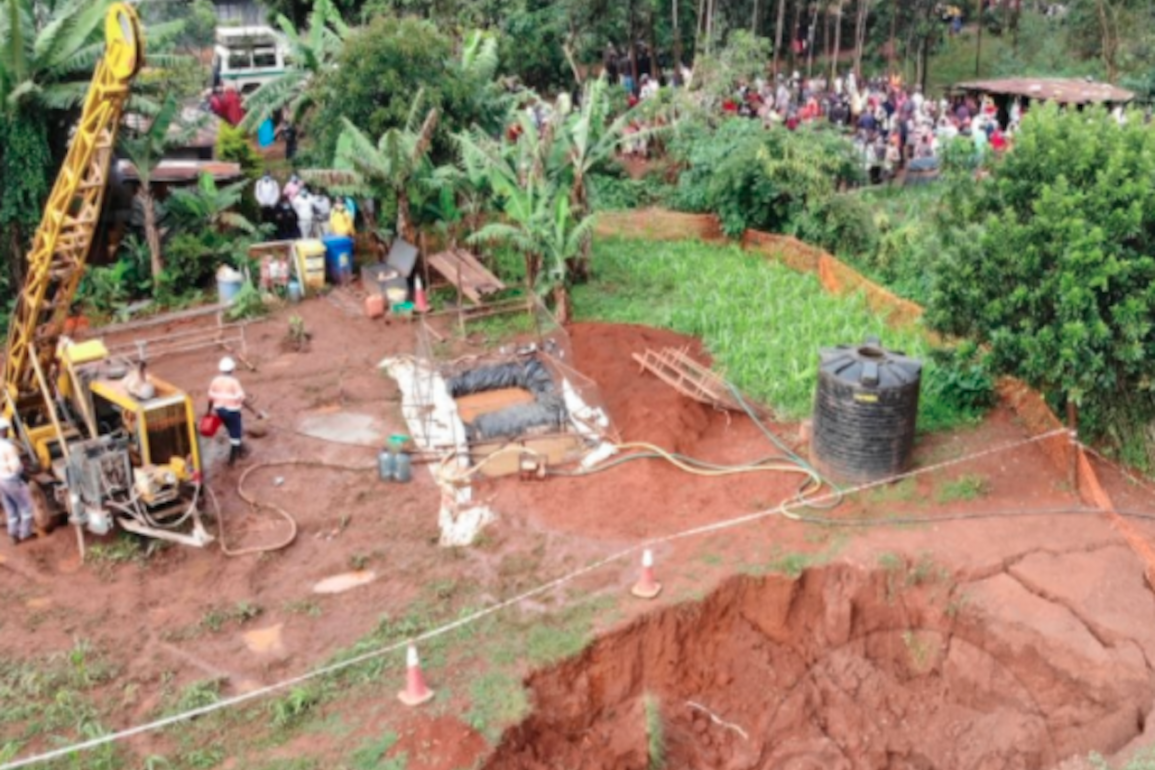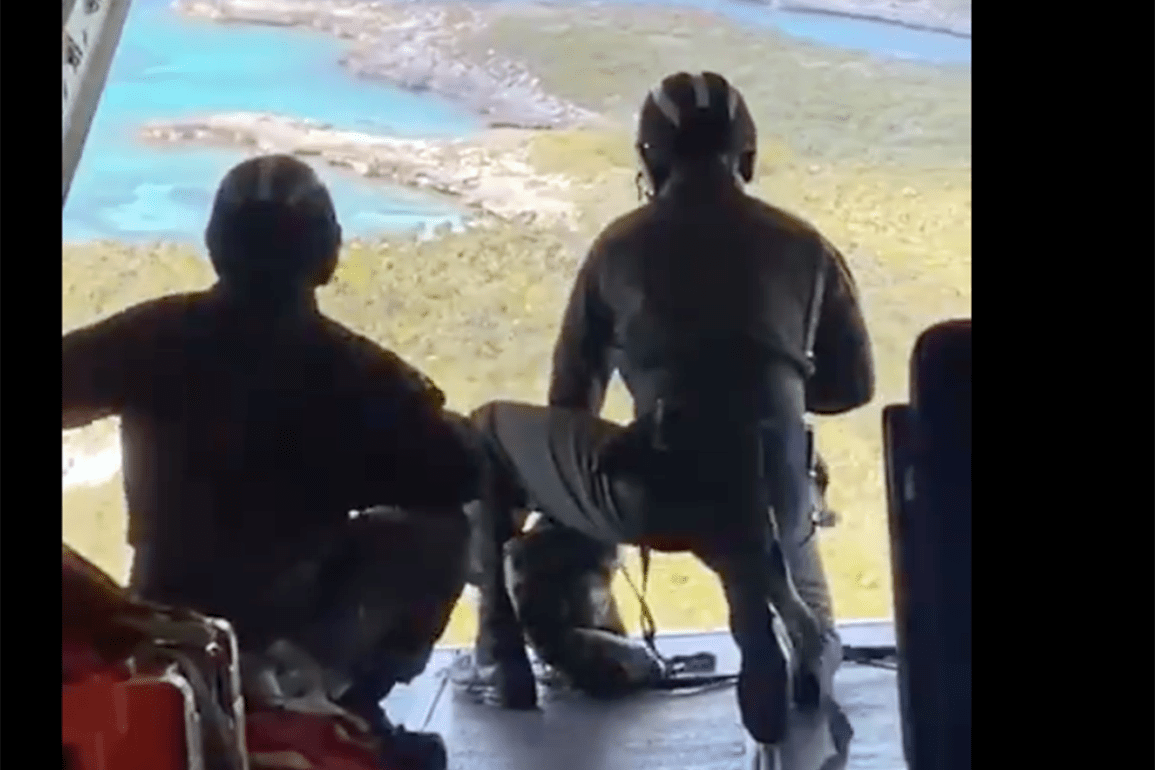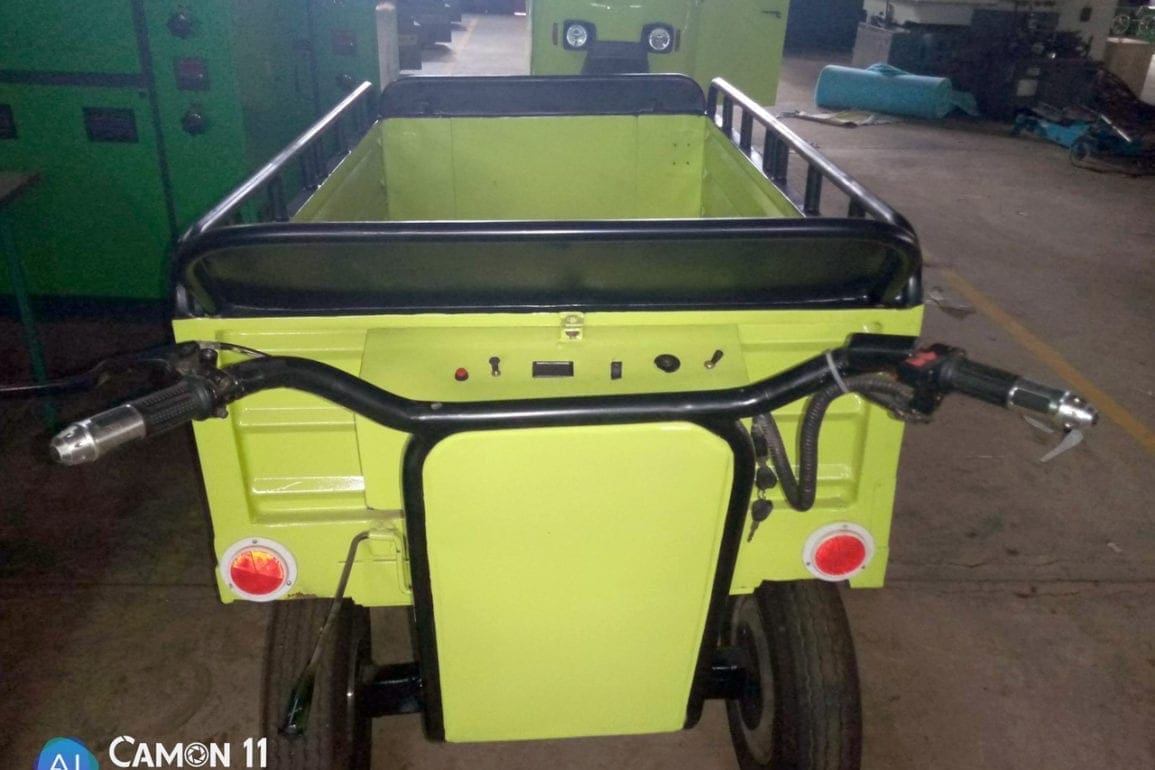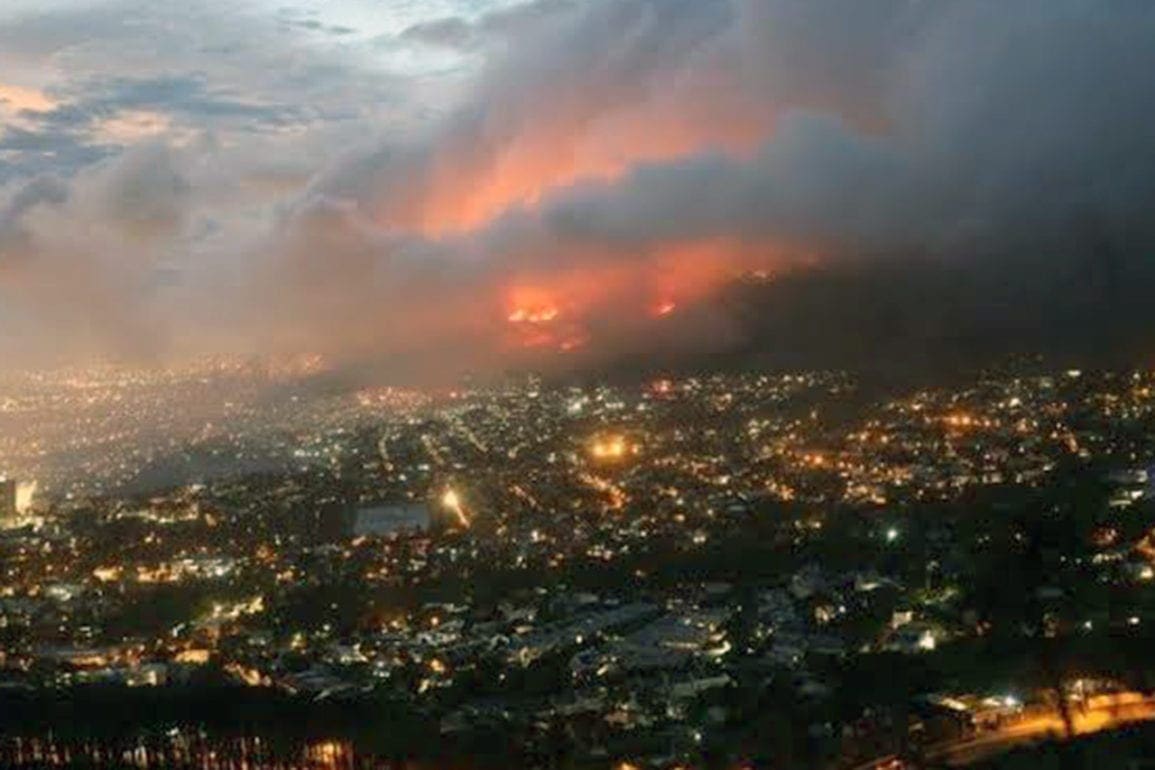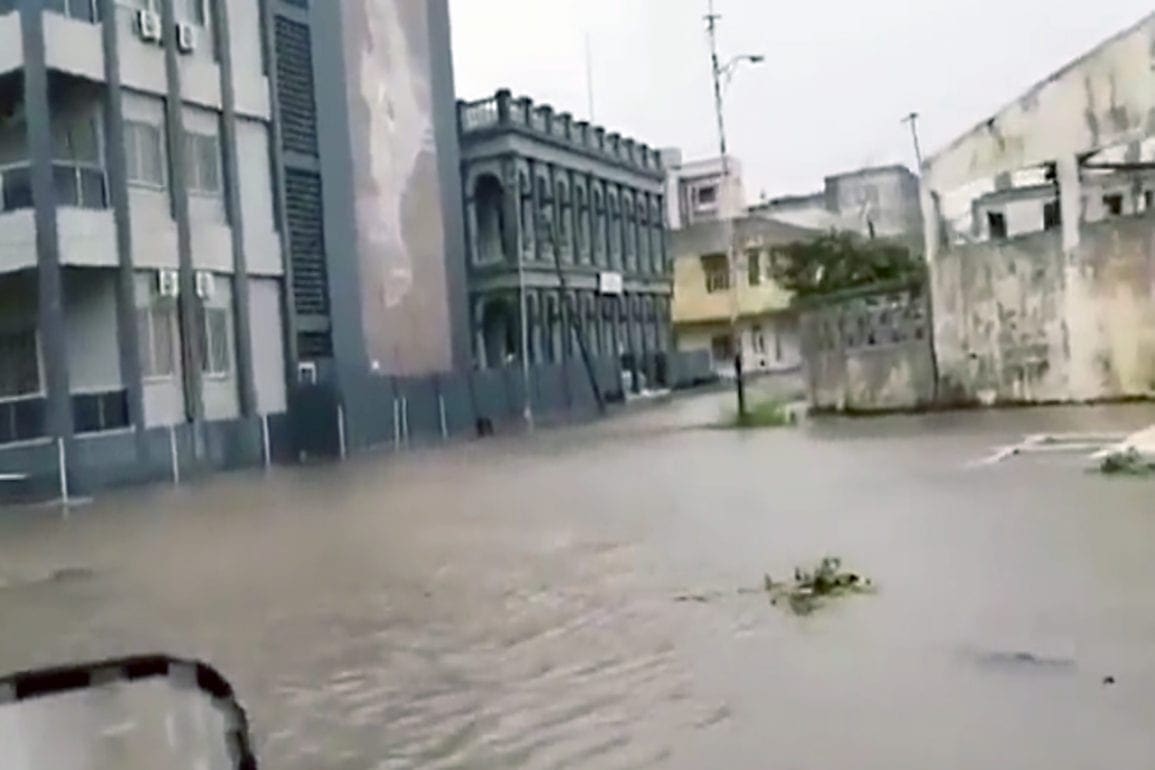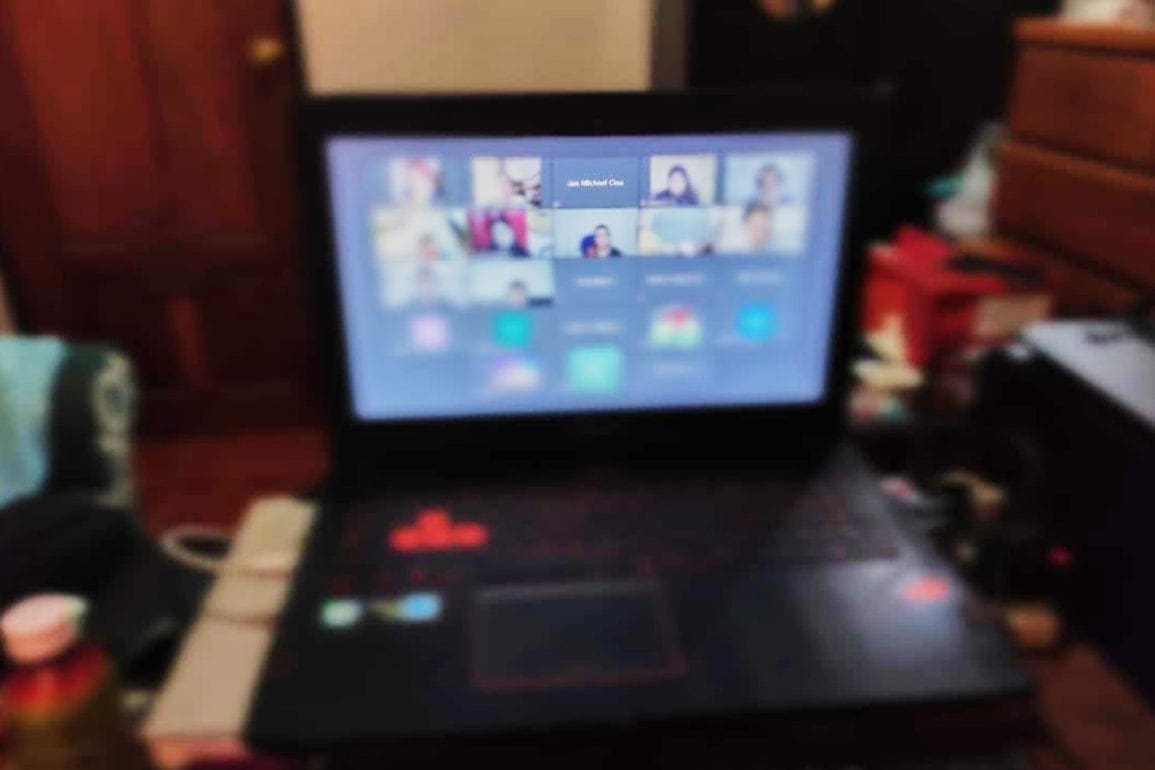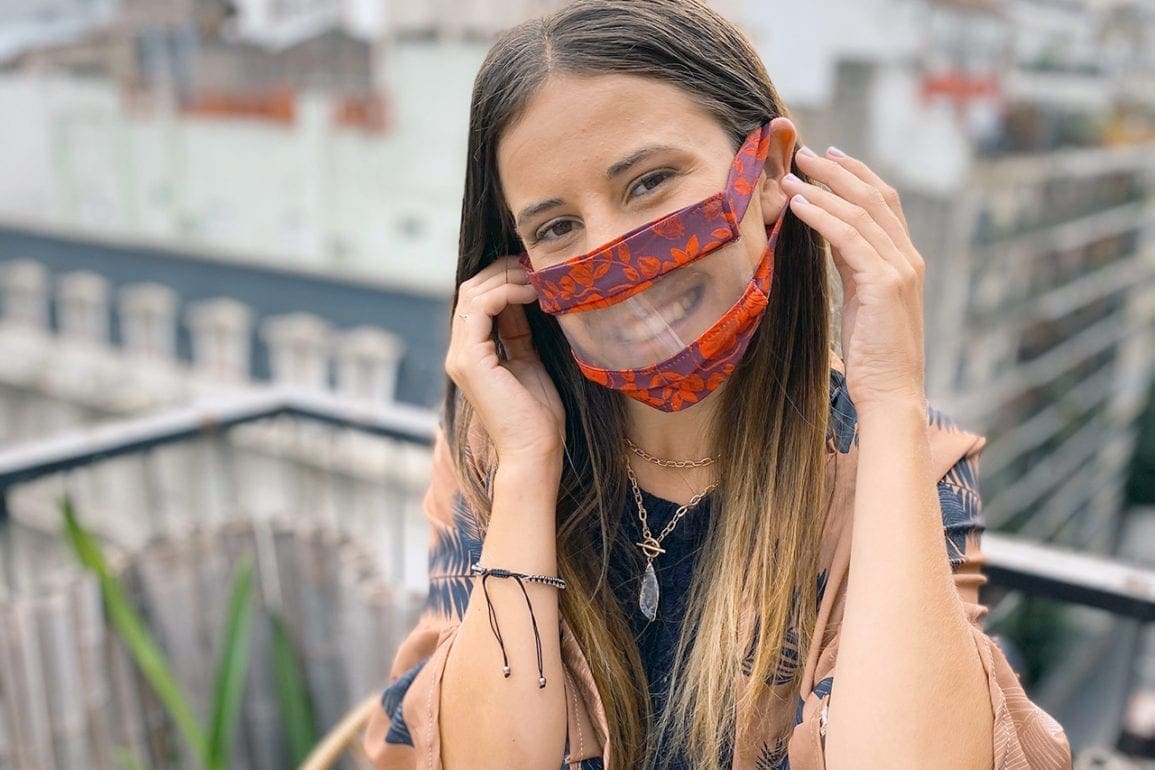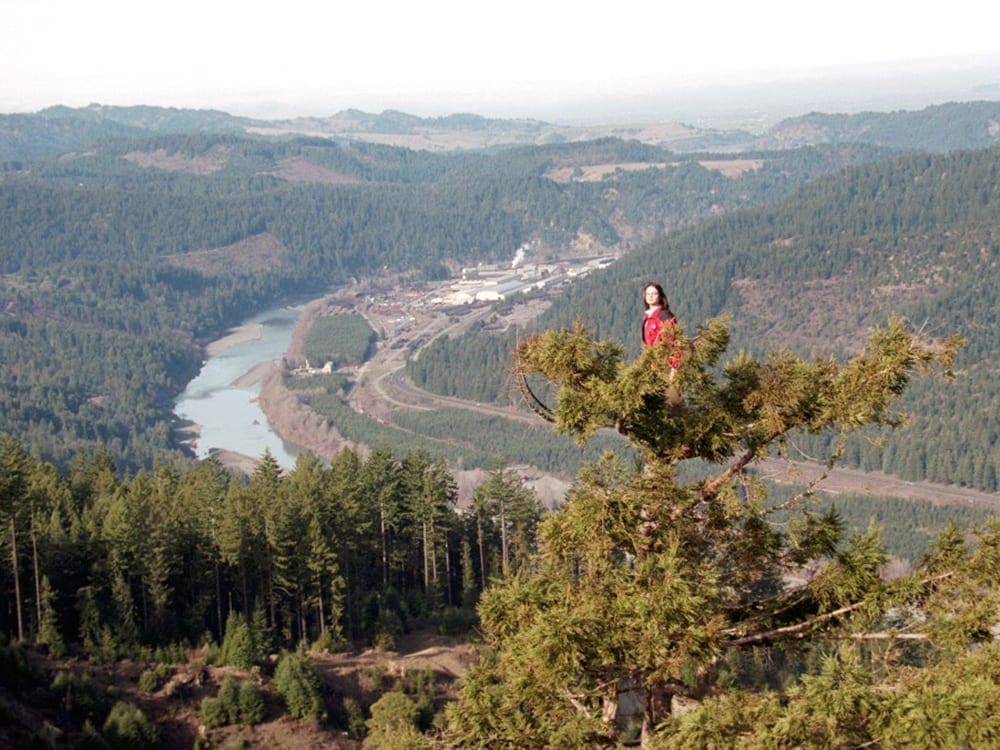Armed with a telescope, amateur discovers the wonders of space: Named Astronomy Photographer of the Year 2023
Trusting our intuition, we clicked the camera. That moment marked our discovery of an oxygen arc, never before seen near this impressive nebula.
- 2 years ago
December 4, 2023
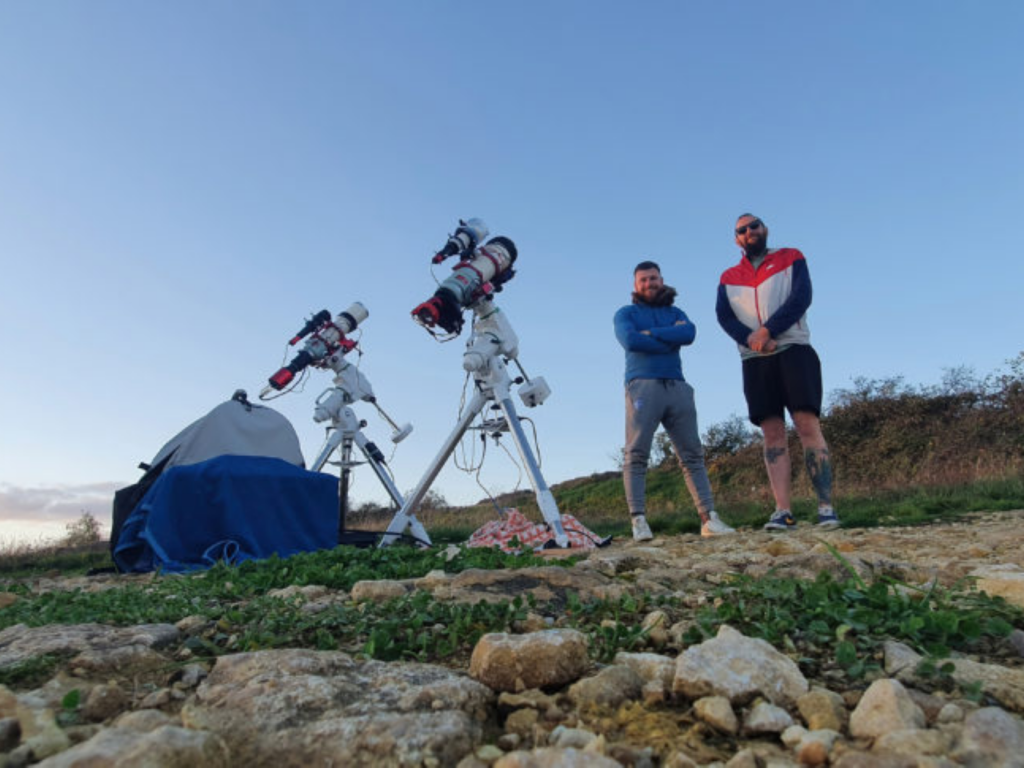
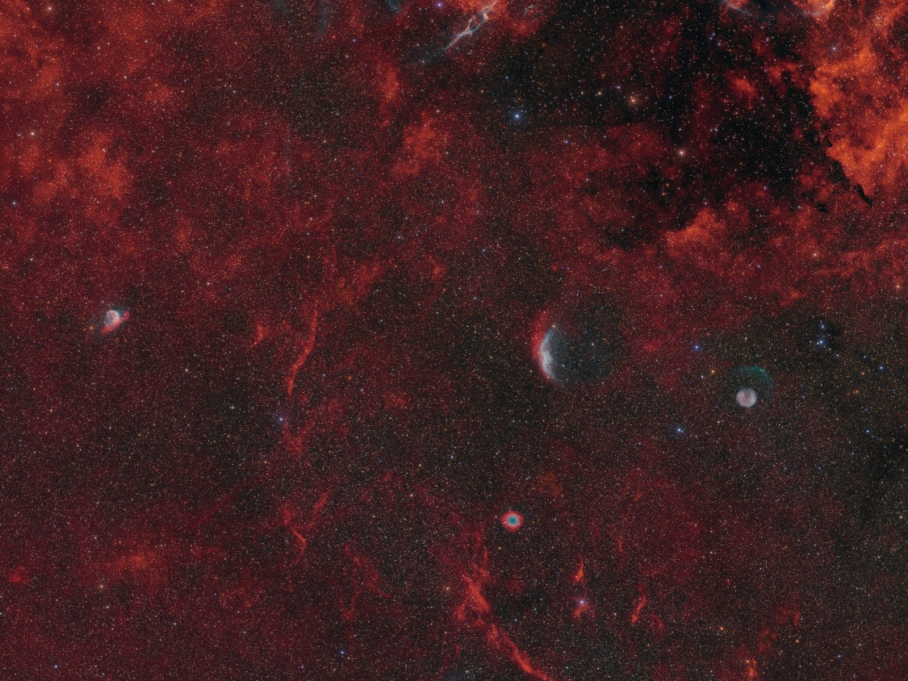
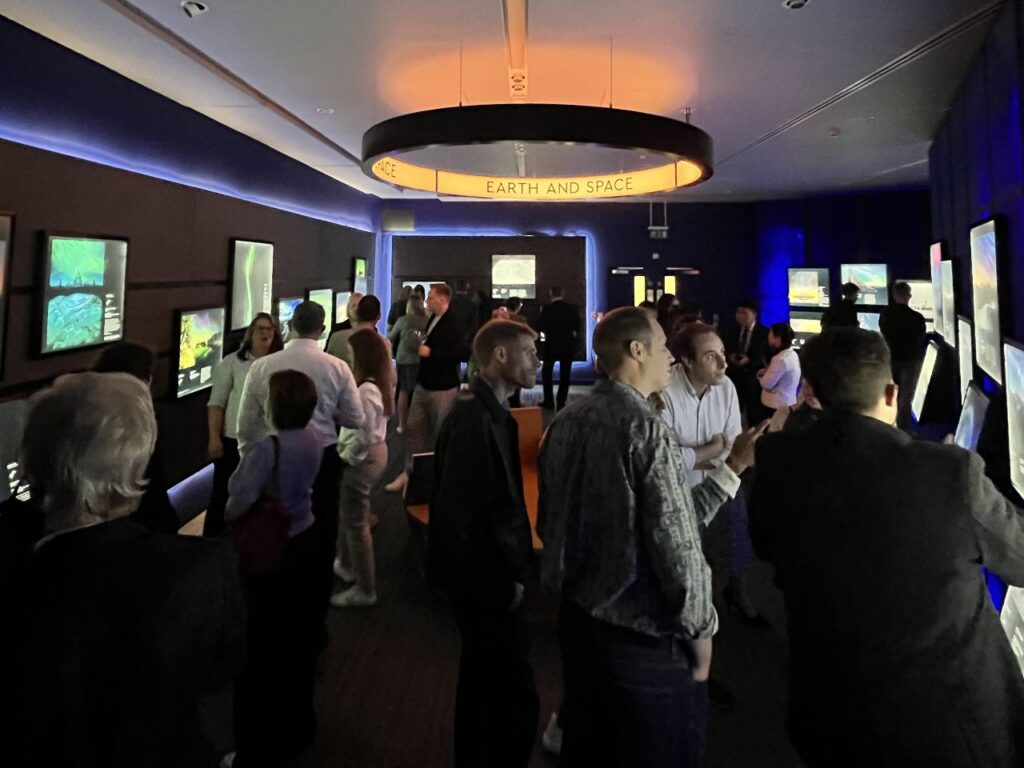
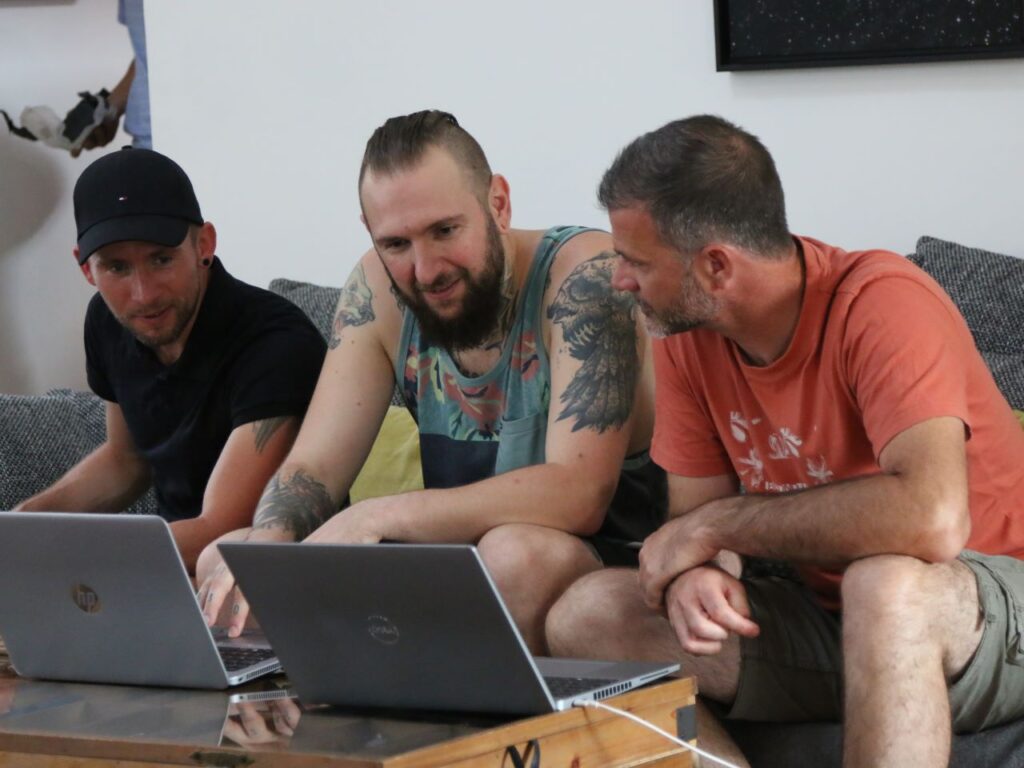
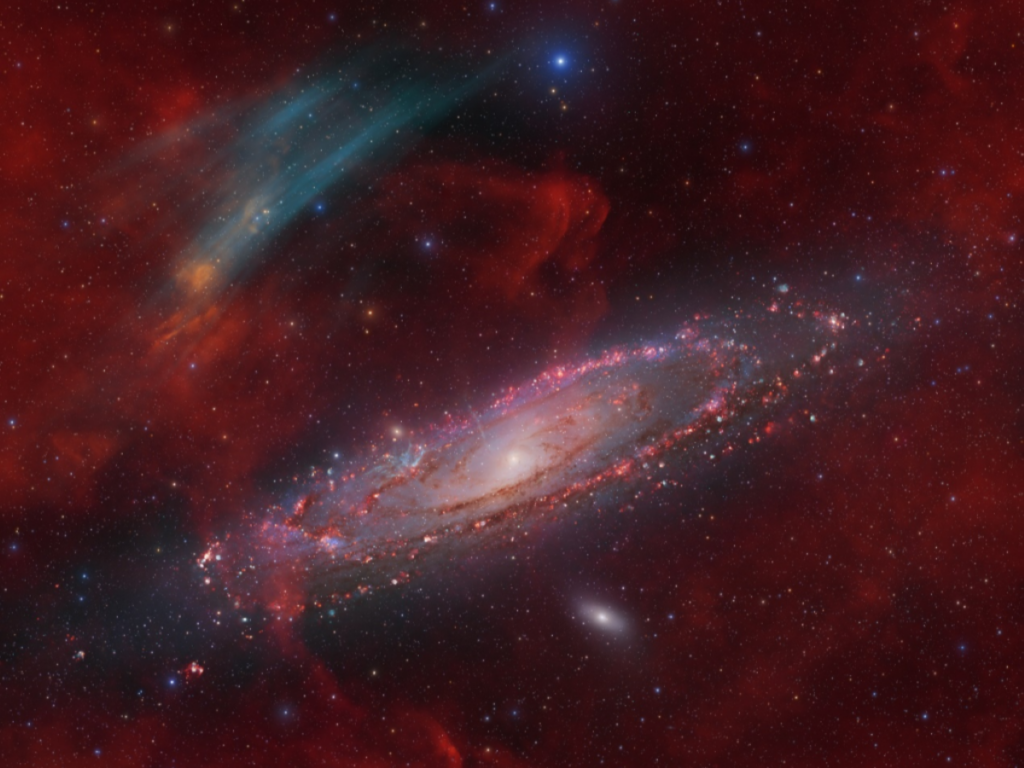
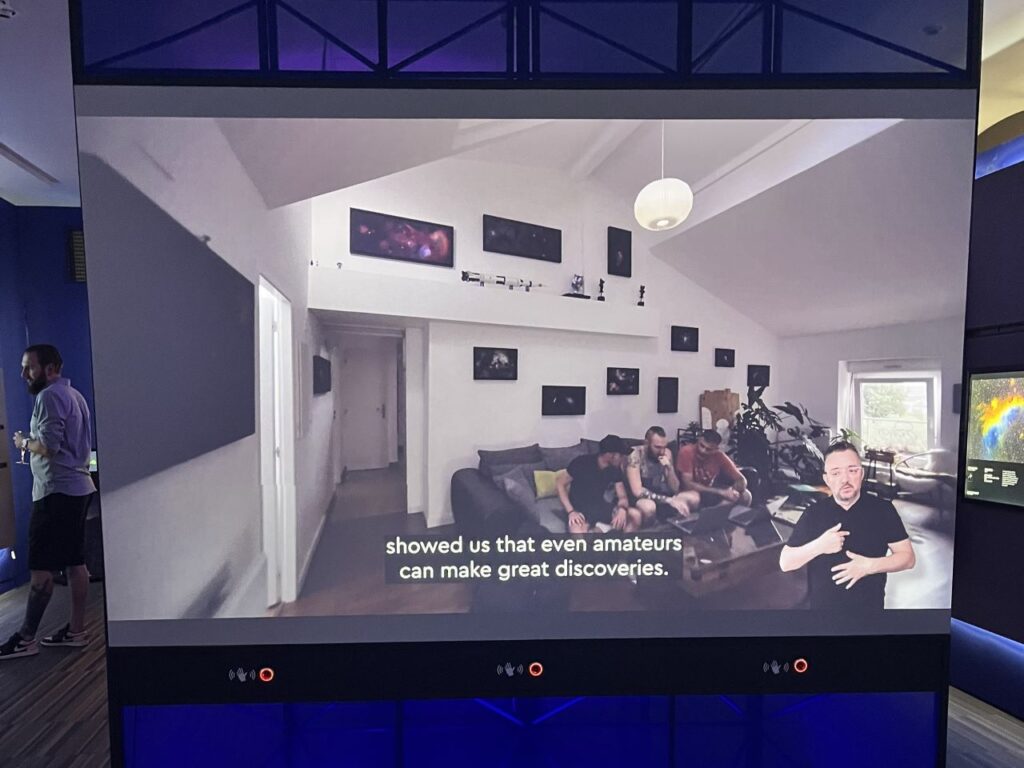
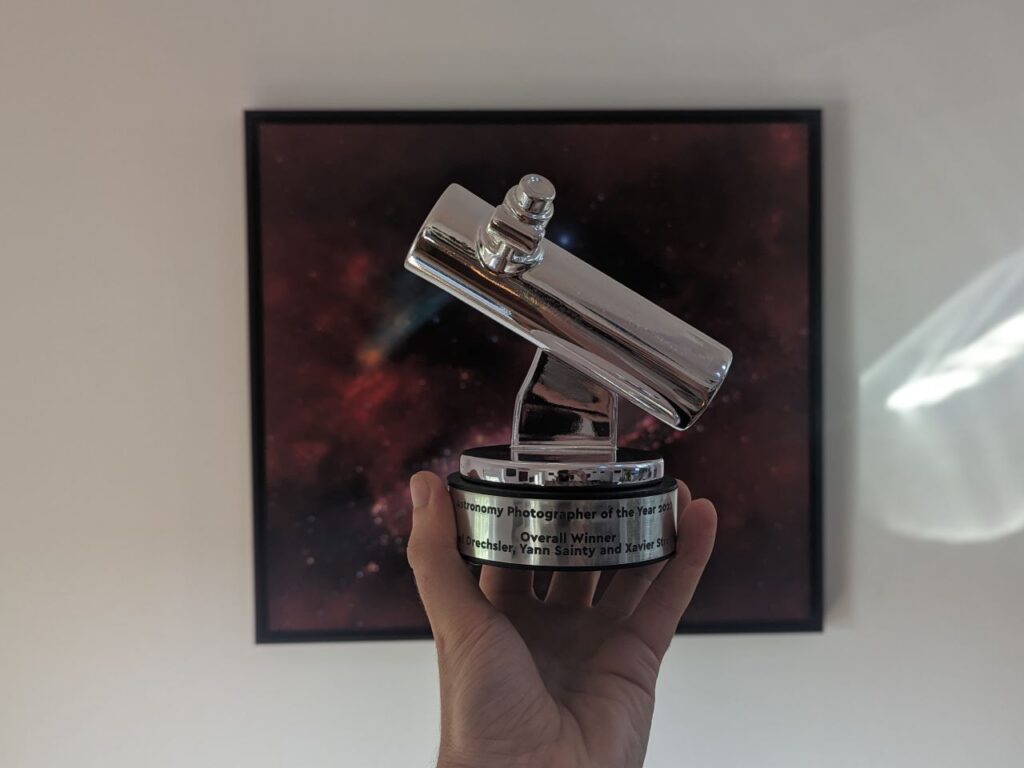
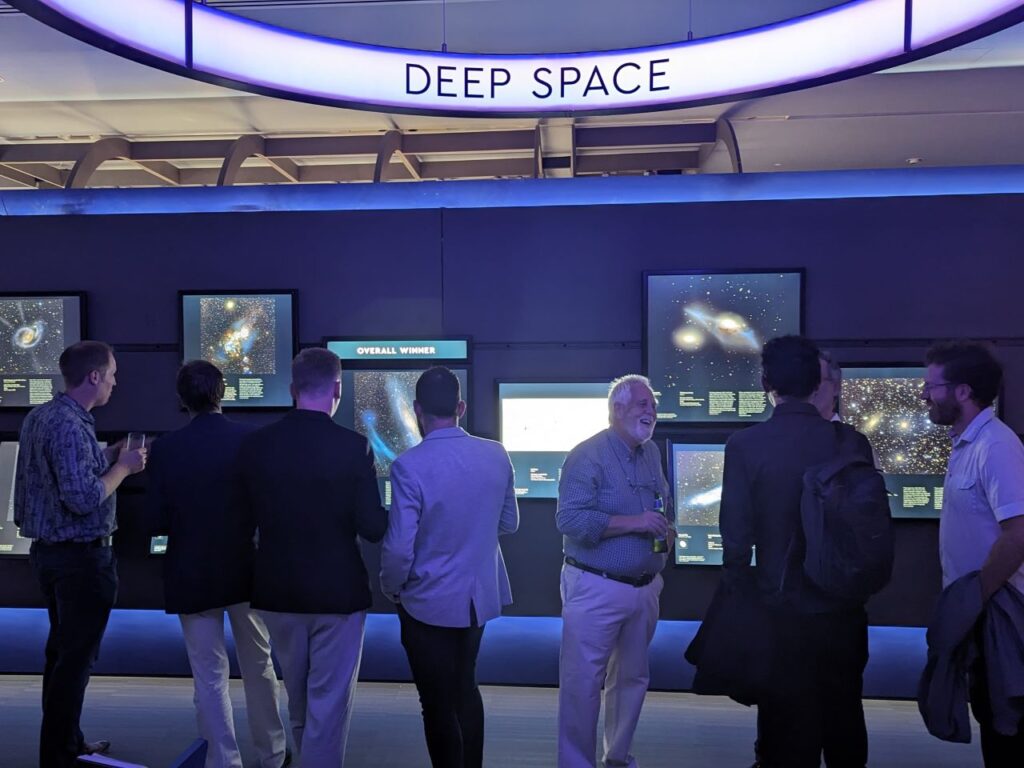
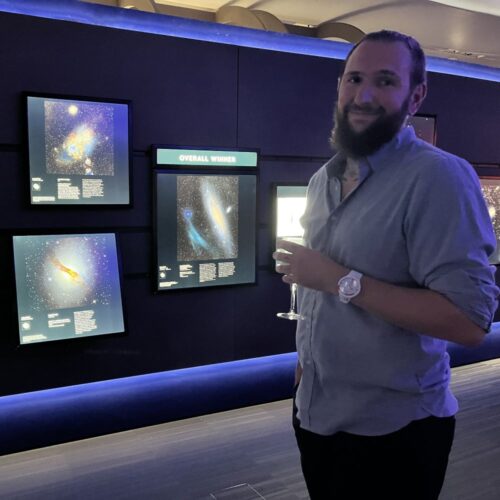
LORENA, France ꟷ In early 2020, confined at home due to the COVID-19 Pandemic, I sat in front of my computer and discovered my love for astrophotography. In my cozy garden on a cold night, I looked up at the beautiful sky, eager to know what hid underneath it. I went online and ordered a telescope.
As soon as it arrived, I carefully assembled it and pointed it toward the sky. Peeping through the lenses, I saw the planet Saturn with my own eyes. To keep this memory alive, I clumsily placed my phone close to the lens. This marked my first, failed attempt at capturing the breathtaking image I saw through the lens. Disappointed, I went back online to search for tips on how to take photos with a telescope.
I fell passionately in love with images of the galaxy. Over the next days and weeks, I spent time researching, collecting data, and practicing. My heart pounded with each new discovery. A whole new universe appeared before me. In the course of time, the hobby I picked up in a moment of boredom, admiring that beautiful dark sky in 2020, led me to becoming the Astronomy Photographer of Year in 2023.
Read more incredible stories about innovative photographers at Orato World Media.
Discovering and photographing the M31 Oiii arc
In 2022, renowned astronomer and astrophotographer Dr. Xavier Strottner and Marcel Drechsler discovered a nebula [a giant cloud of gas and dust in space] – which they eventually allowed me to name after my mother: the Joëlle Nebula. Out of curiosity, I attempted to take targeted photos of the nebula. A long and exhausting project, I photographed for hours, and this waiting game felt like the work of a patient hunter.
With passion, I waited for a long time to capture the perfect picture and decided to shoot with a filter. This decision led me to work directly with Marcel and Xavier, marking the first step of an incredible journey. Several nights later, the team noticed something more significant. It turned out to be an arc [a cloud of ionized gas that emits its own light at an optical wavelength].
Initially, we felt uncertain about this arc. “Is it real,” we wondered. Trusting our intuition, we clicked the camera. That moment marked our discovery of an oxygen arc, never before seen near this impressive nebula. The moment felt powerful. For several nights, we scanned the area to determine the size of the arc and to define its frame. This set off a marathon spanning four months,
It took 22 nights to obtain enough data, and dozens of hours of processing by Marcel to bring the final image to life. Eventually named the M31 Oiii arc SDSO-1 [Strottner-Drechsler-Sainty Object 1], its discovery proved an emotional adventure for our entire team.
Competing against 4,000 stunning works in the Astronomy Photographer of the Year competition
The discovery of the arc underscores that even the most familiar parts of the Universe hold countless mysteries. We presented our image at the fifteenth edition of the Astronomy Photographer of the Year program at the Royal Greenwich Observatory. We faced off against more than 4,000 stunning works from 64 different countries.
The largest astrophotography contest in the world, they revealed the winners at a virtual ceremony on September 14, 2023. Participants competed fiercely in 11 categories showcasing everything from dazzling galaxies and radiant auroras to otherworldly celestial landscapes.
At home with my girlfriend, I did not see the email announcement come through at first. Looking at my phone, I had messages from Xavier and Marcel, but did not want to celebrate too quickly. I opened my email, looked at my girlfriend, and announced, “We have won!” Our eyes glazed over and we hugged in disbelief. All our effort paid off. My girlfriend sacrifices so much for me to live out my passion, and sharing the victory with her meant the world to me.
At the time of our win, the team remained geographically dispersed. In fact, we never physically met. I shared those early celebrations and howls of emotion with my family, but a few days later, the museum which awarded us the prize sent a film crew to my house. Marcel and Xavier came and we finally met in person.
Space telescopes take thousands of photos, but we competed against the very best of 2023. The photograph is titled Unexpected Andromeda – named by NASA. The Andromeda Galaxy remains the most photographed, but our image captured it in an unexpected way.
Astrophotographers discover the secrets of the universe
While winning the first prize from a panel of renowned judges meant everything to me, more importantly, the discovery impacted people. As a result of our work, many people began conducting amateur research and testing. They will make even bigger discoveries. I also feel pride in highlighting the collaboration between amateurs and professionals. Above all, I appreciate the incredible people who shared their time and knowledge toward our common goal.
The success I earned in this competition motivates me to continue with my passion and research. The universe often hides wonders in the sky, invisible to the human eye. Telescopes allow us to appreciate them and take a deep look at the universe to discover stellar phenomena. As a nomad, I will continue to sleep under the stars, search the universe, and create luminous images. I hold tight to the adrenaline that allows me to discover new worlds.
I used to travel many kilometers to achieve satisfactory results, taxing my physical and mental energy. Now, I work with the Atlaskies team which offers me exceptional conditions. Today, I prefer to publish fewer photos that are more polished using my technical skill to perfect them.
Photography remains a part of all of our lives every day. Any time we see something curious or beautiful, we pull out our devices and snap a photo. However, many of us who walk the planet capture the same images more or less. One exception exists: astrophotographers. What we do remains unique. We discover and share the secrets of the universe.



